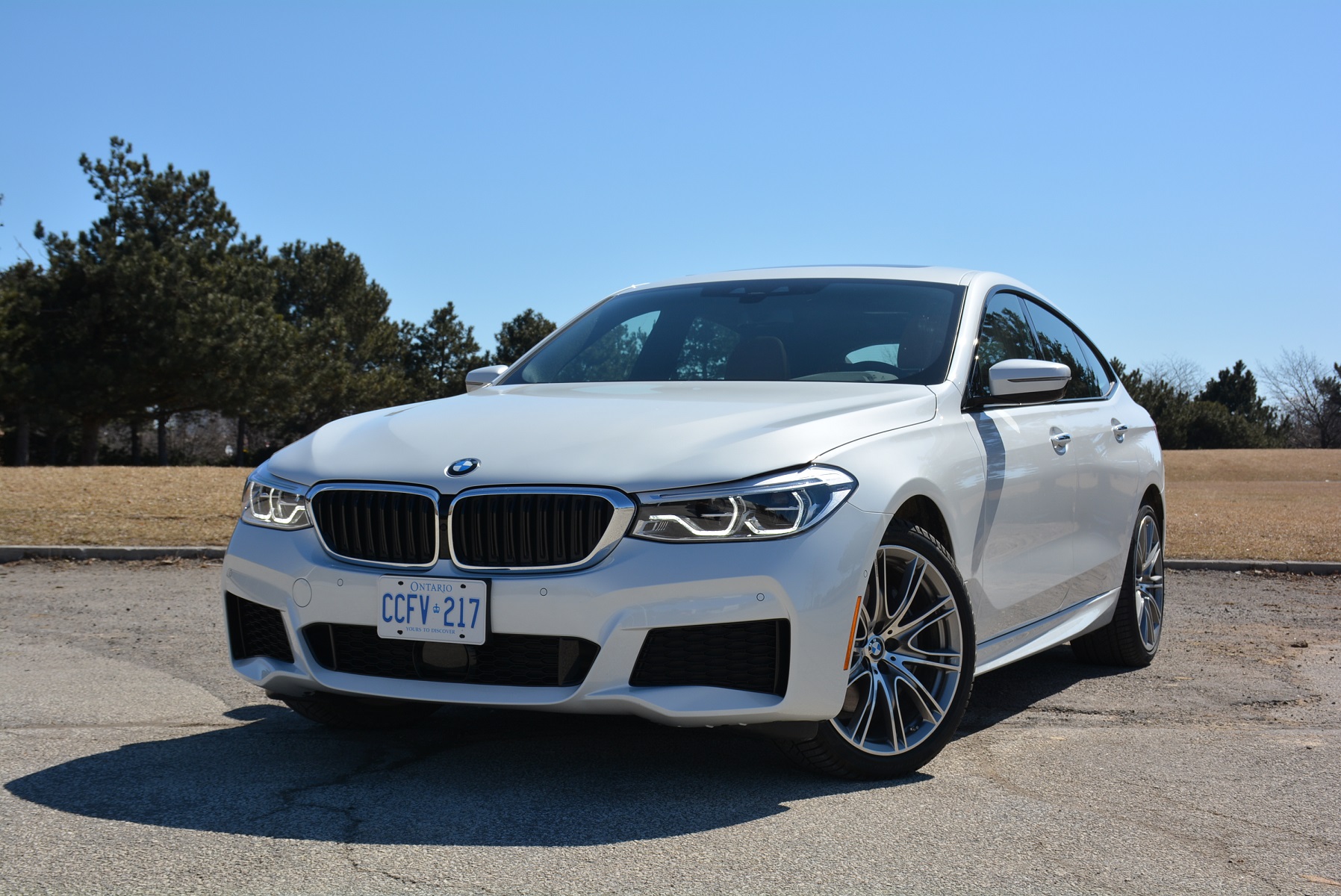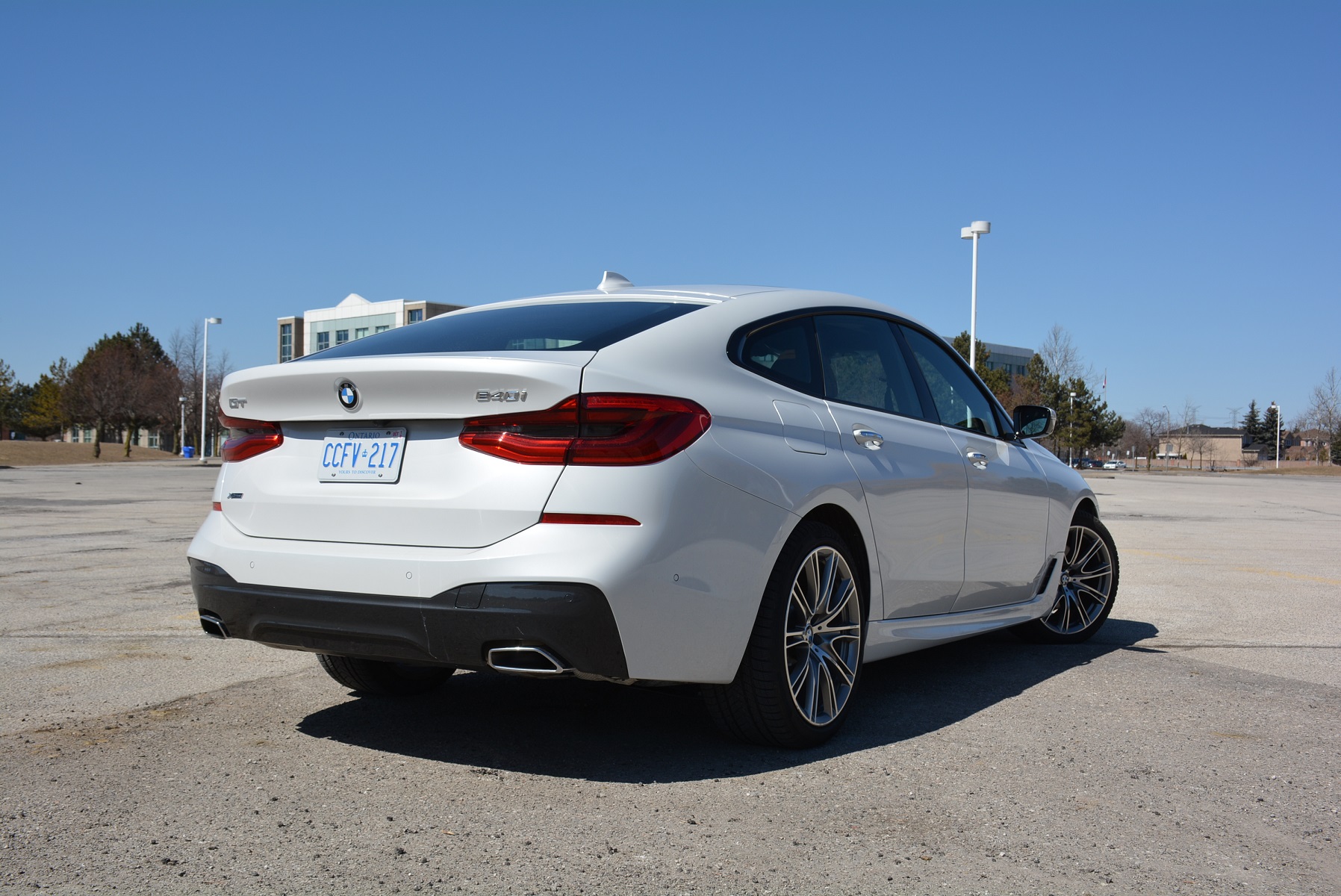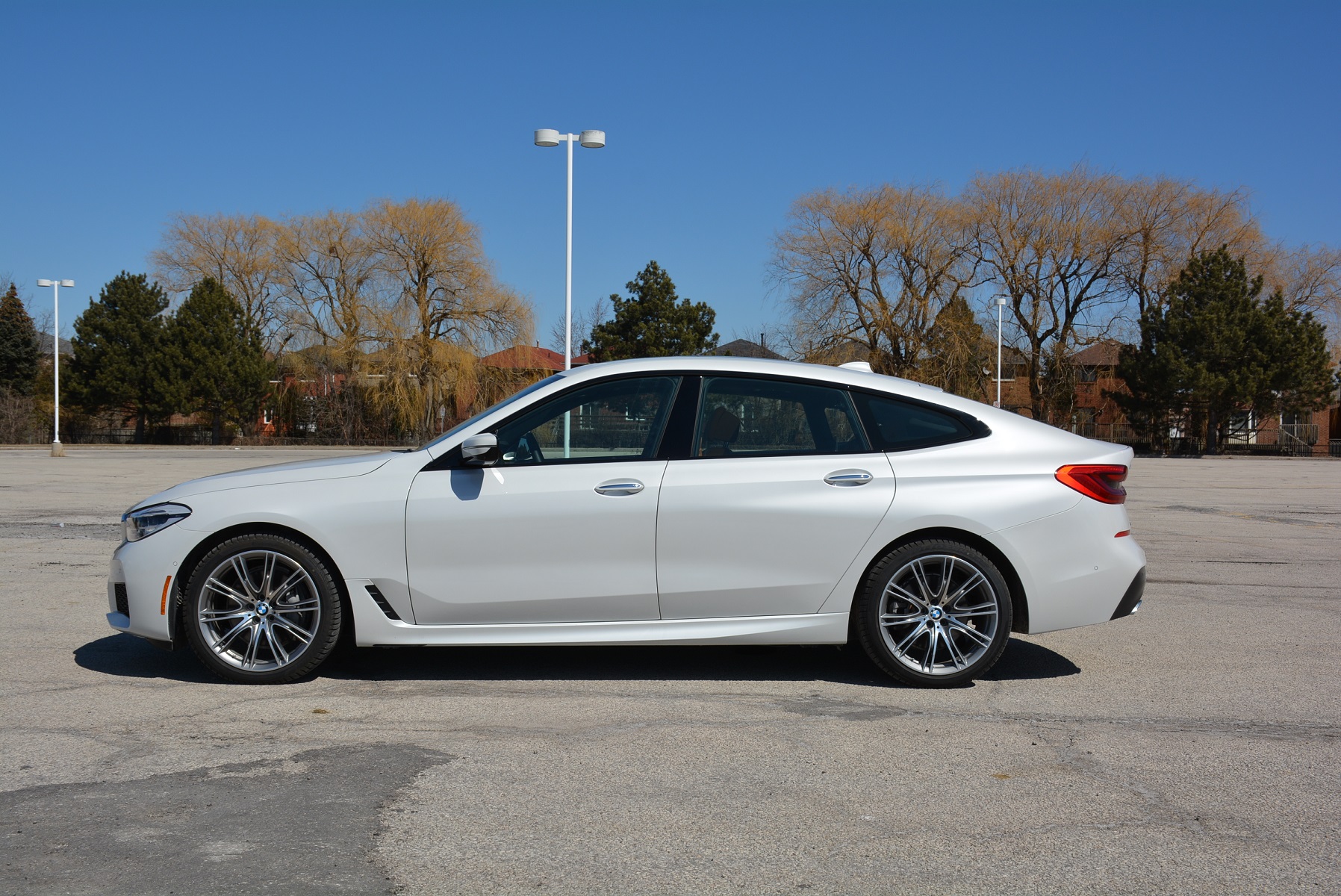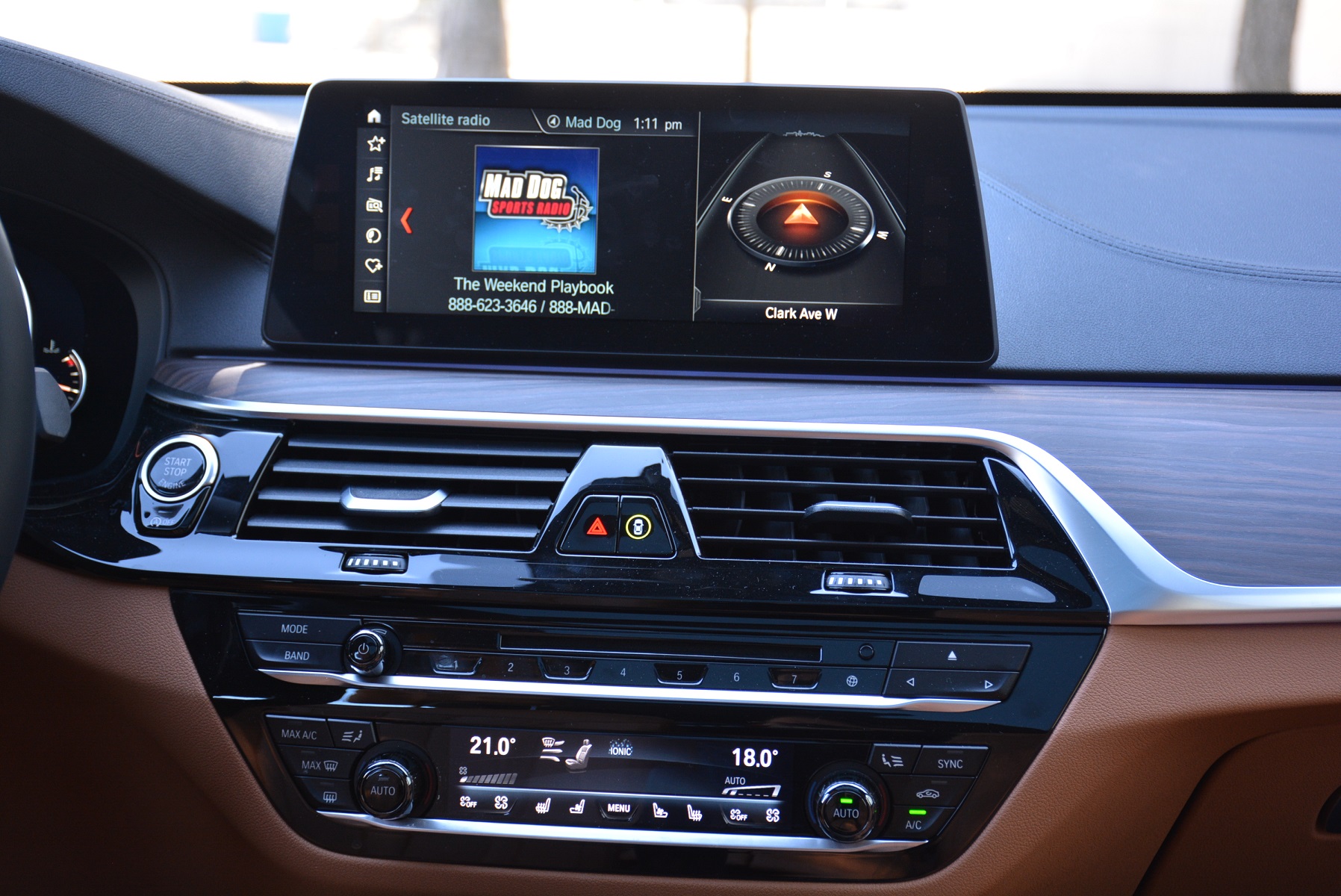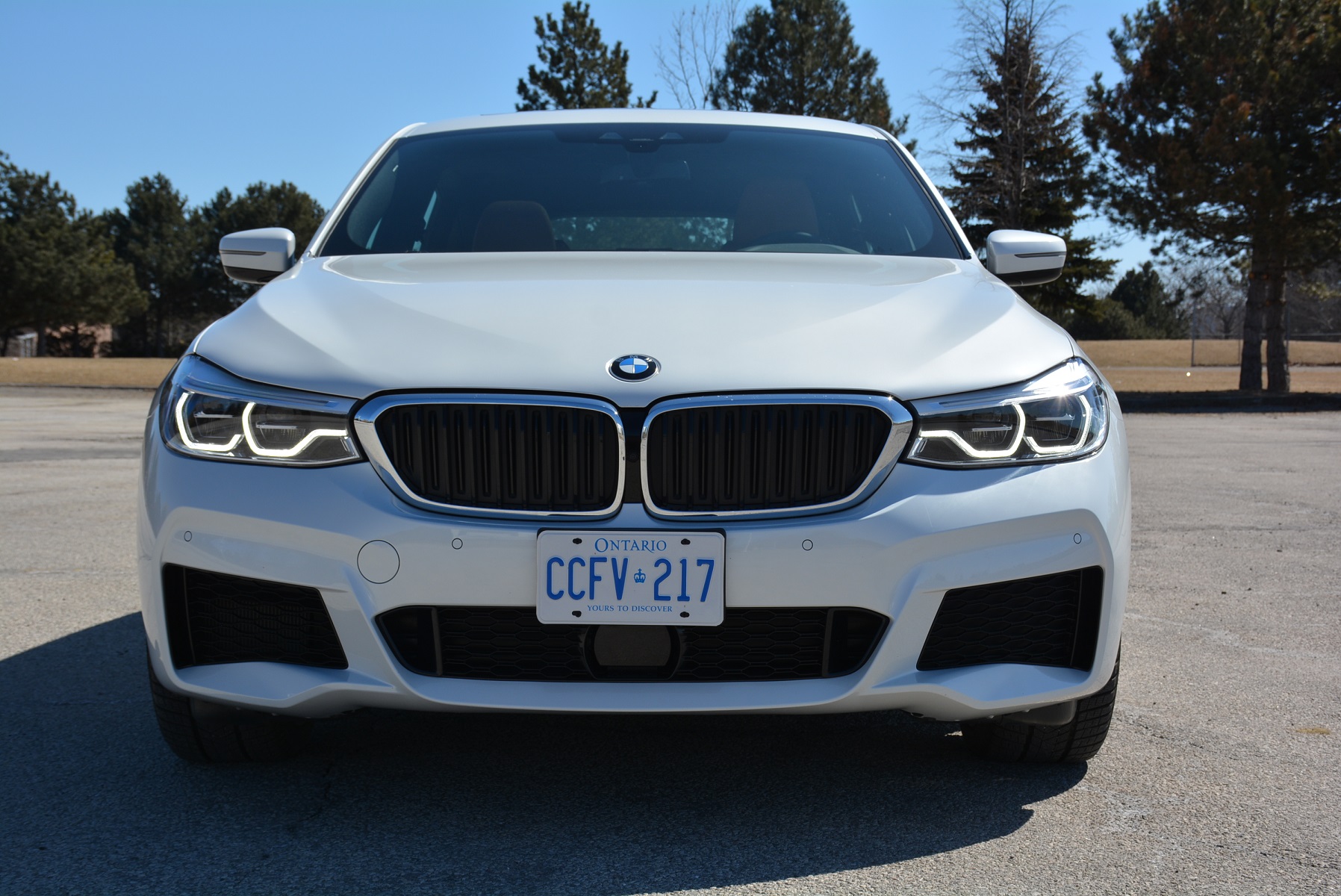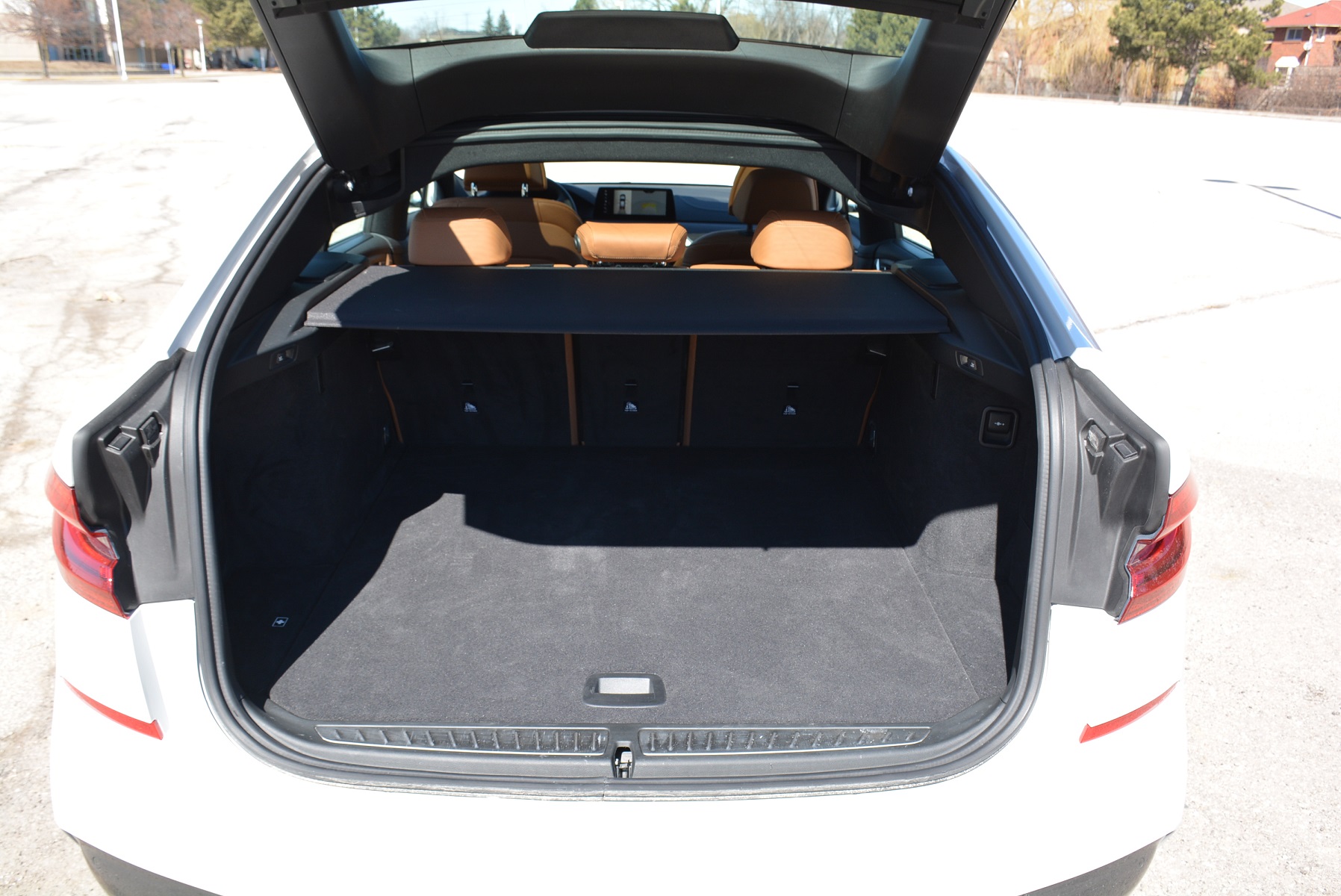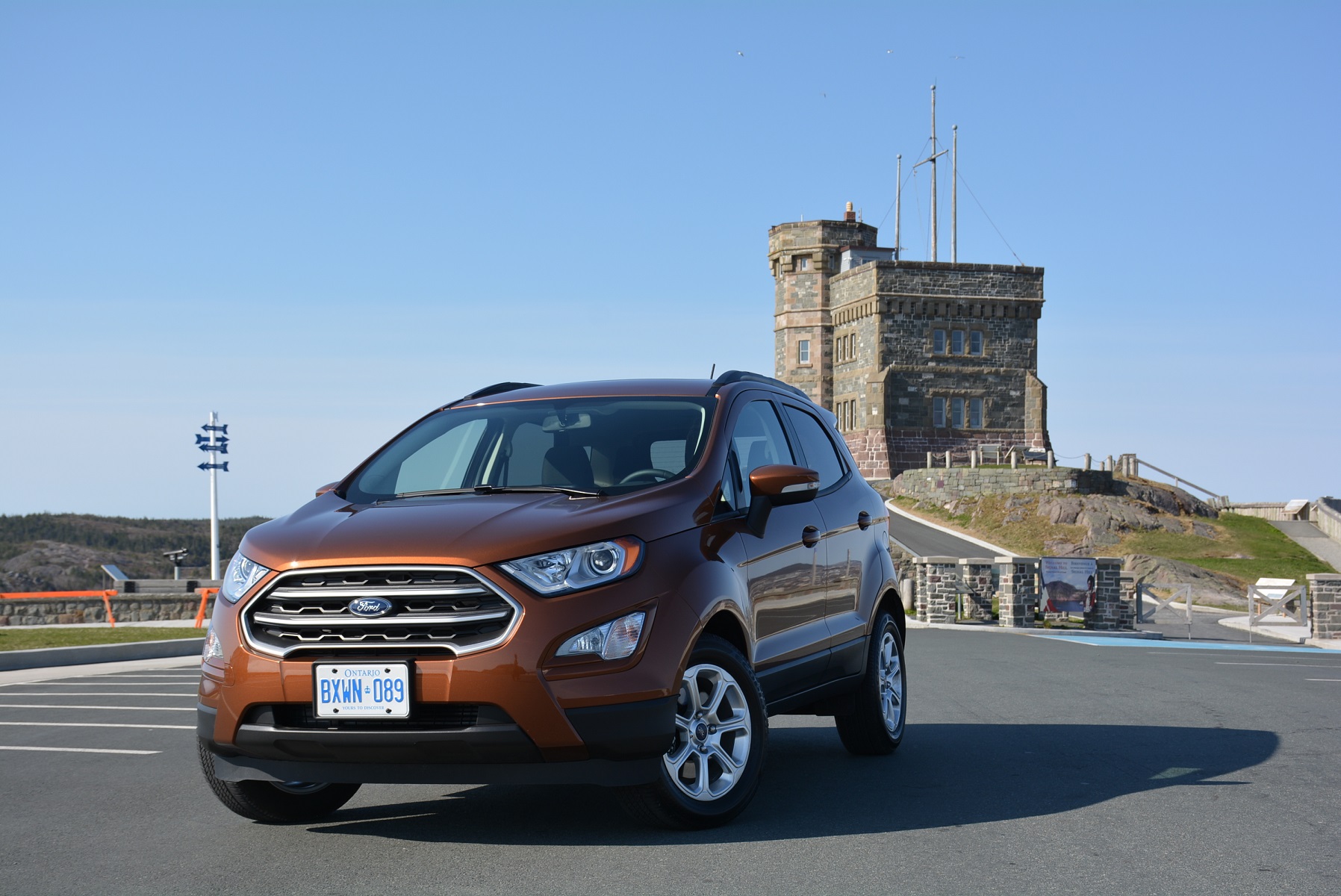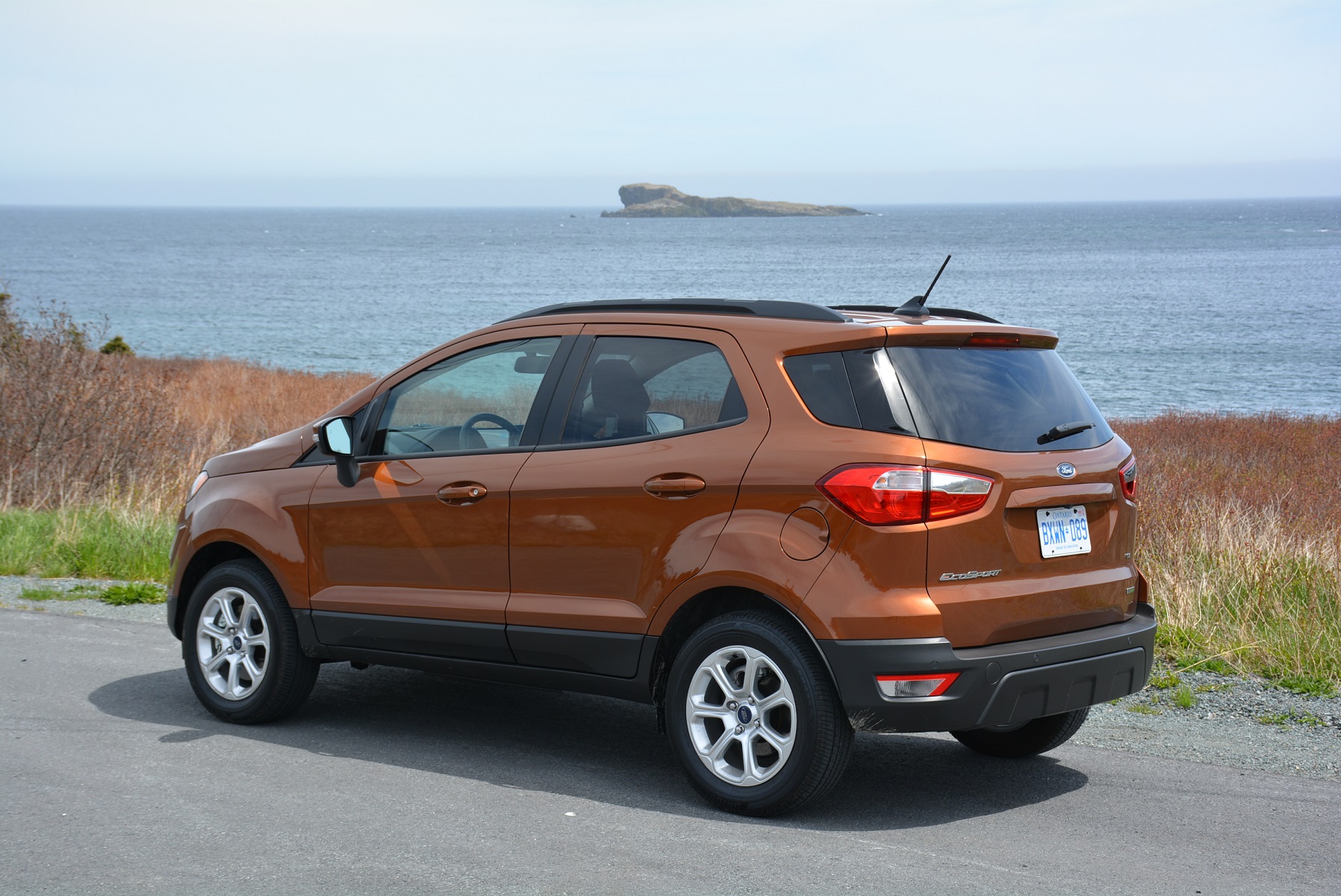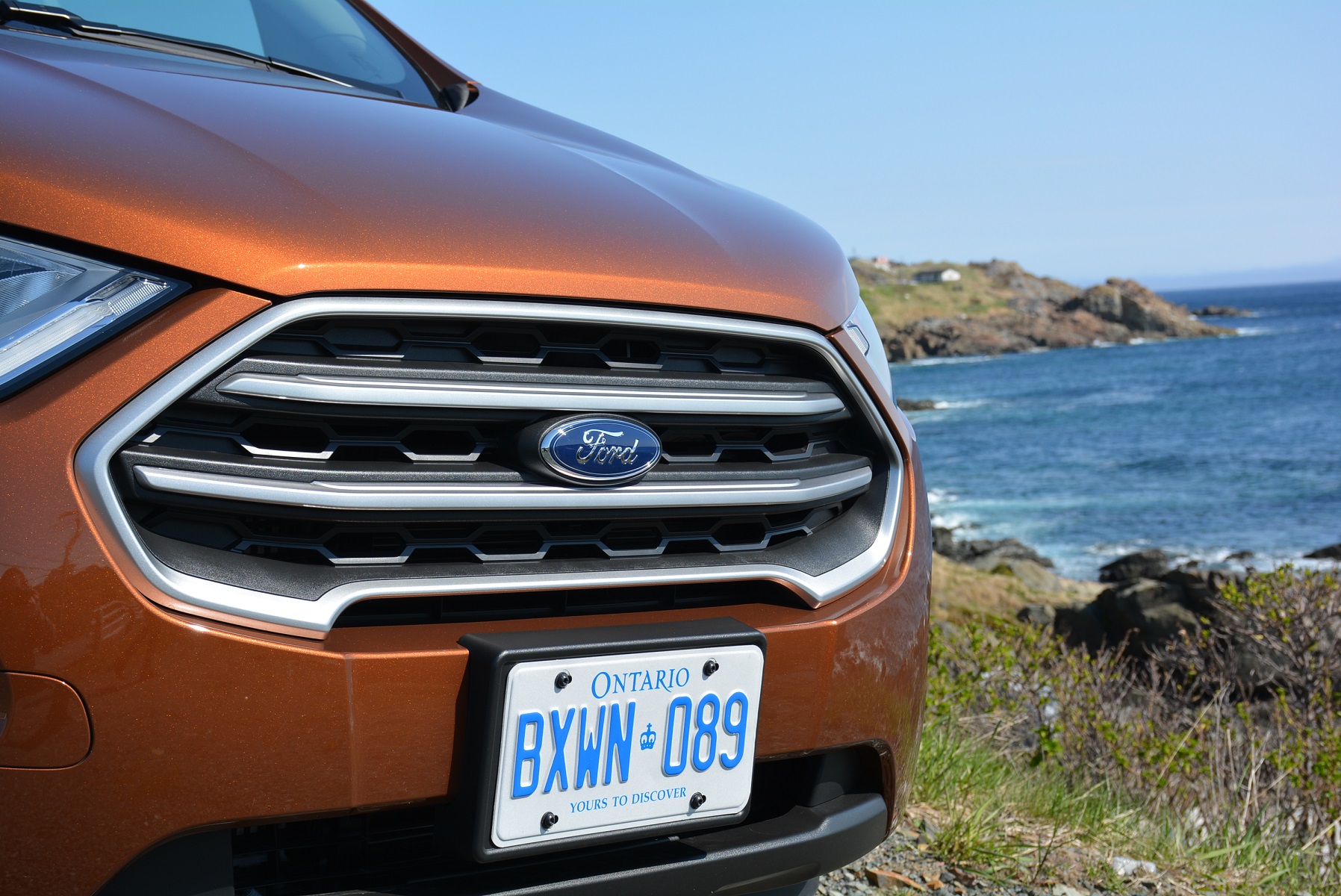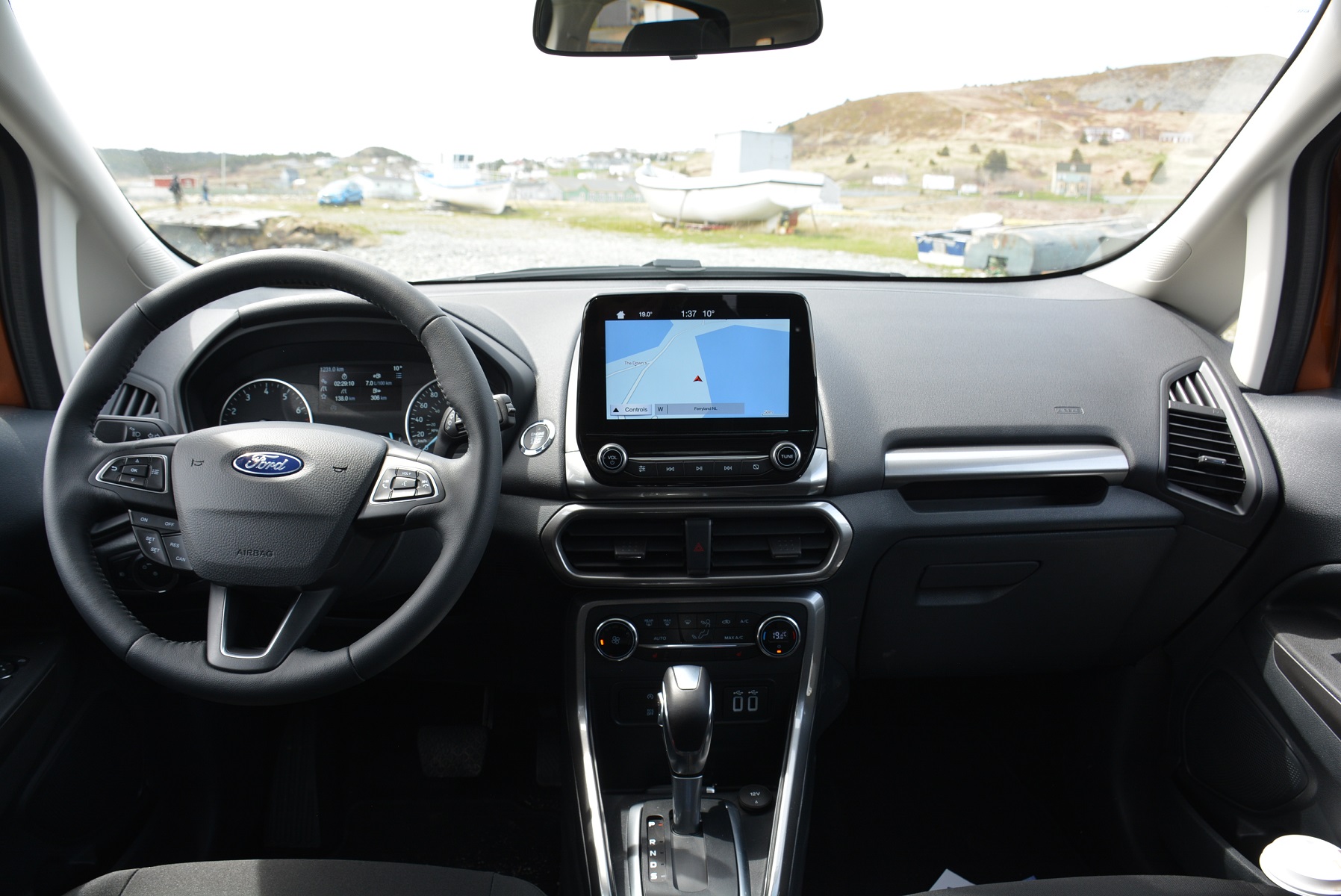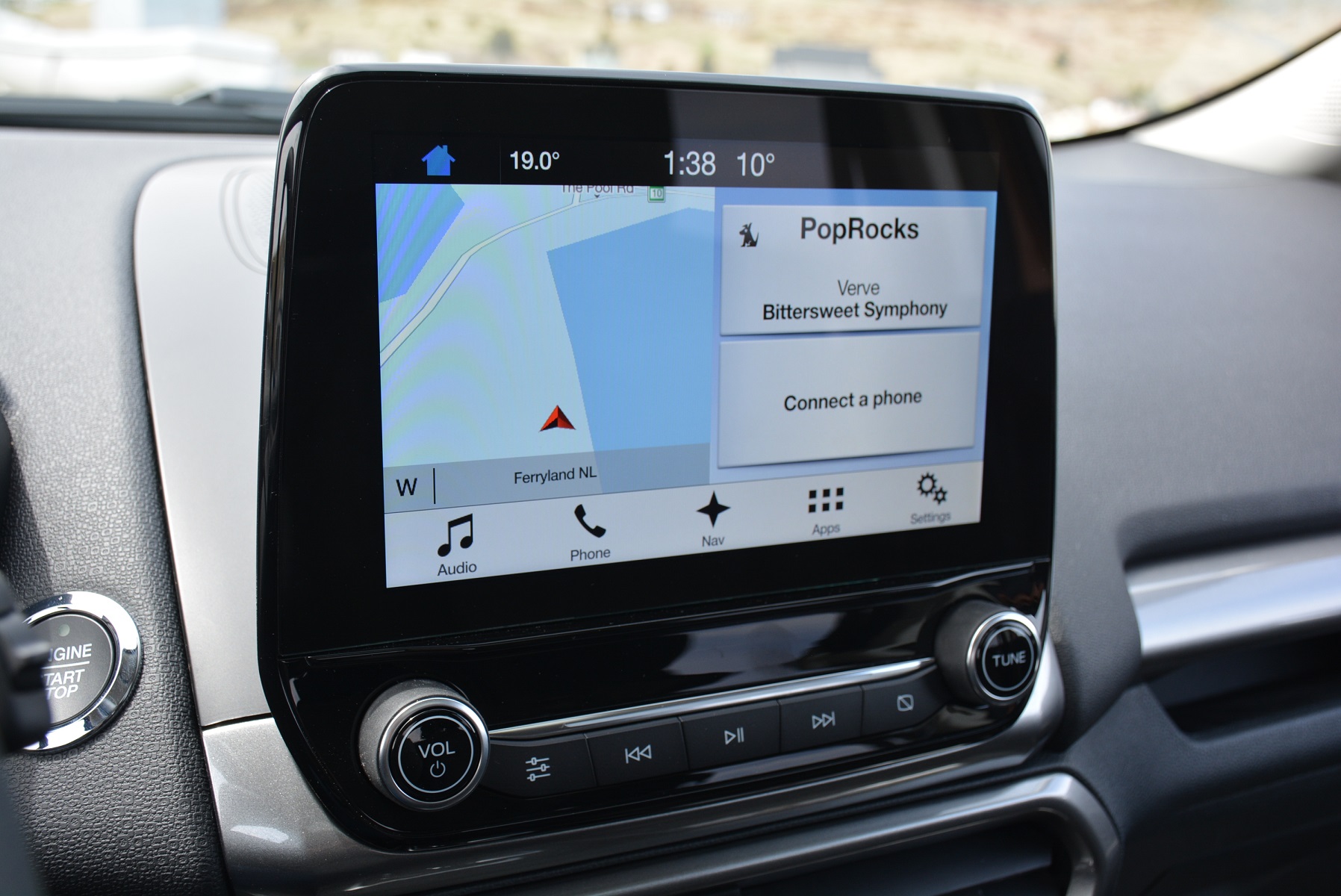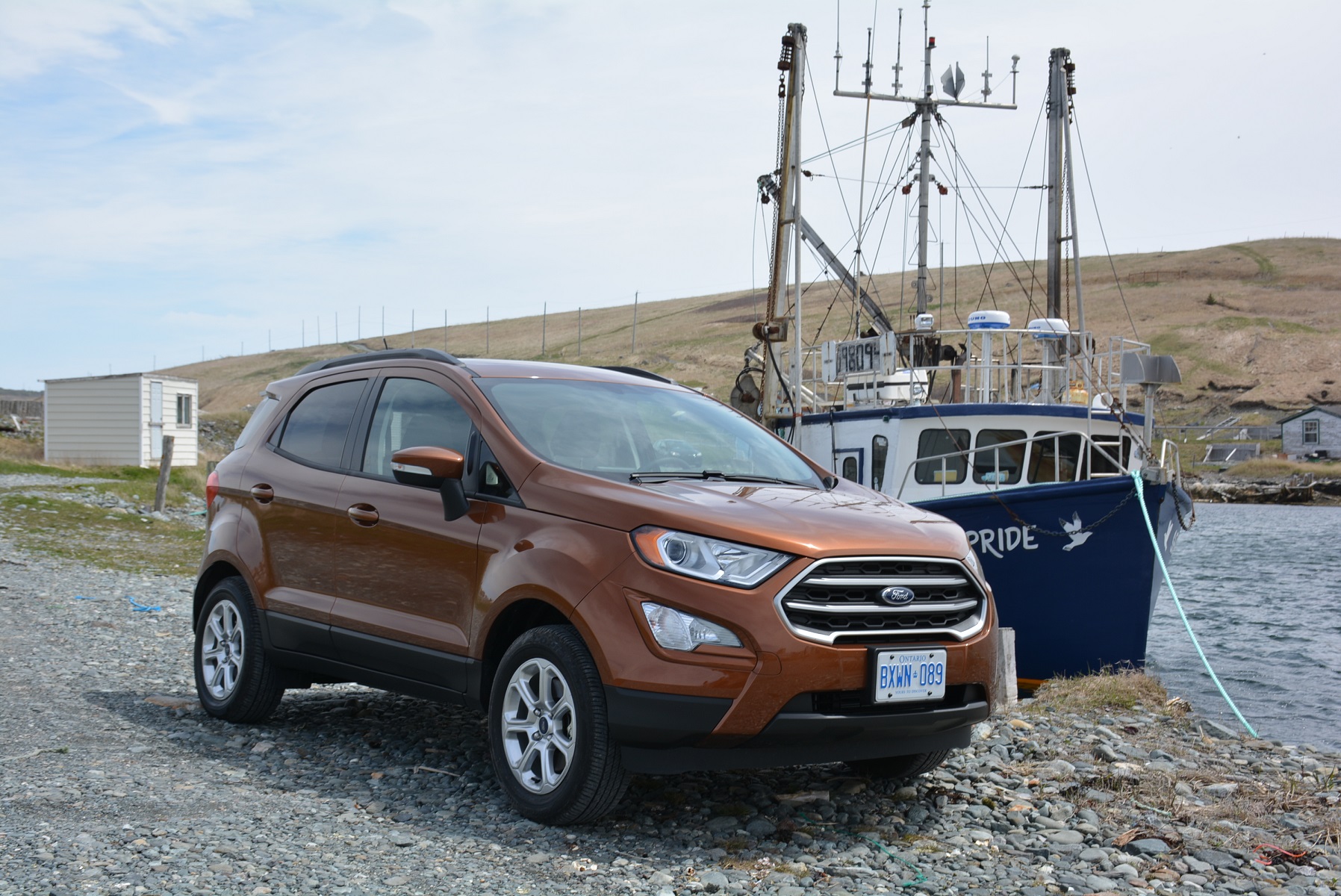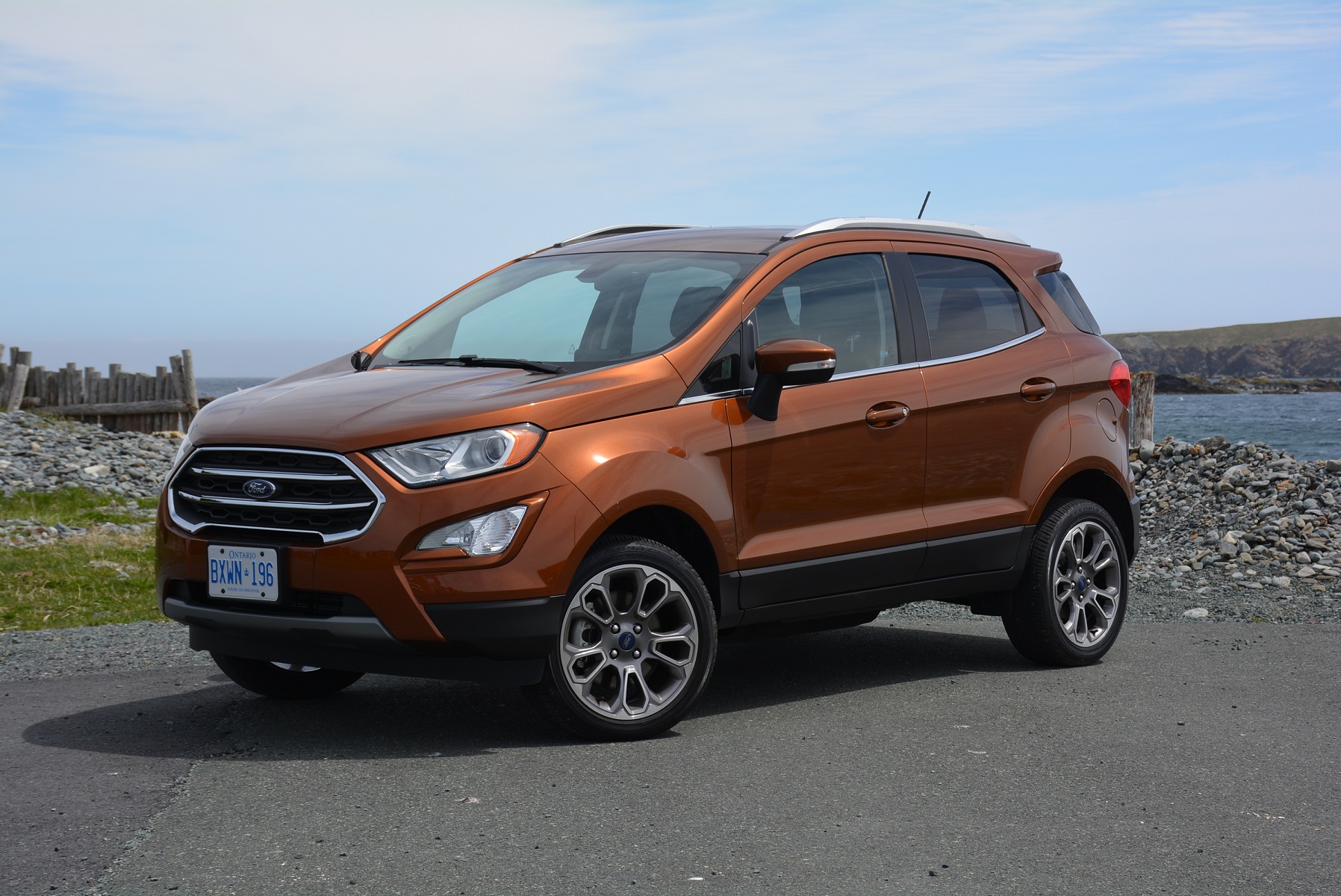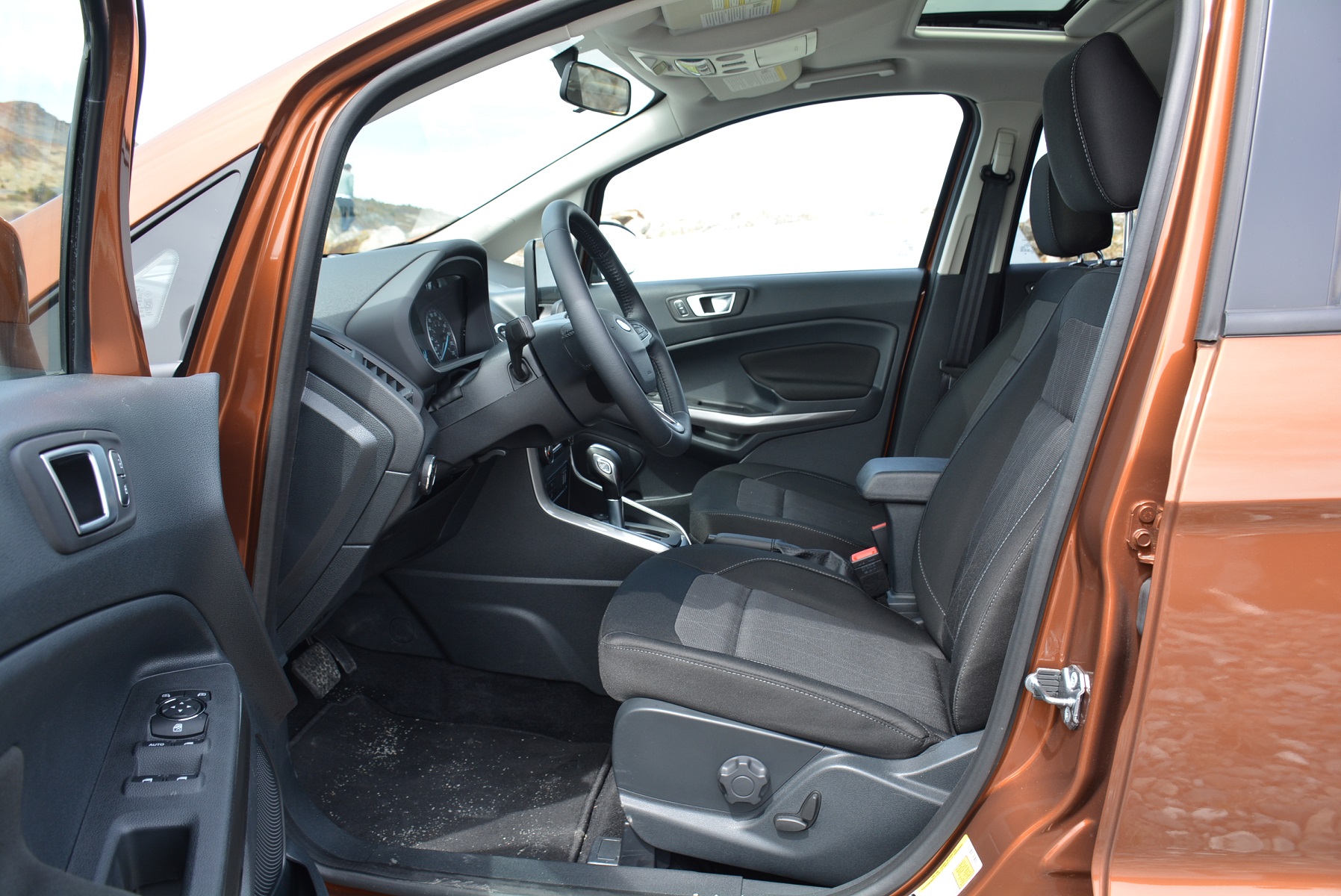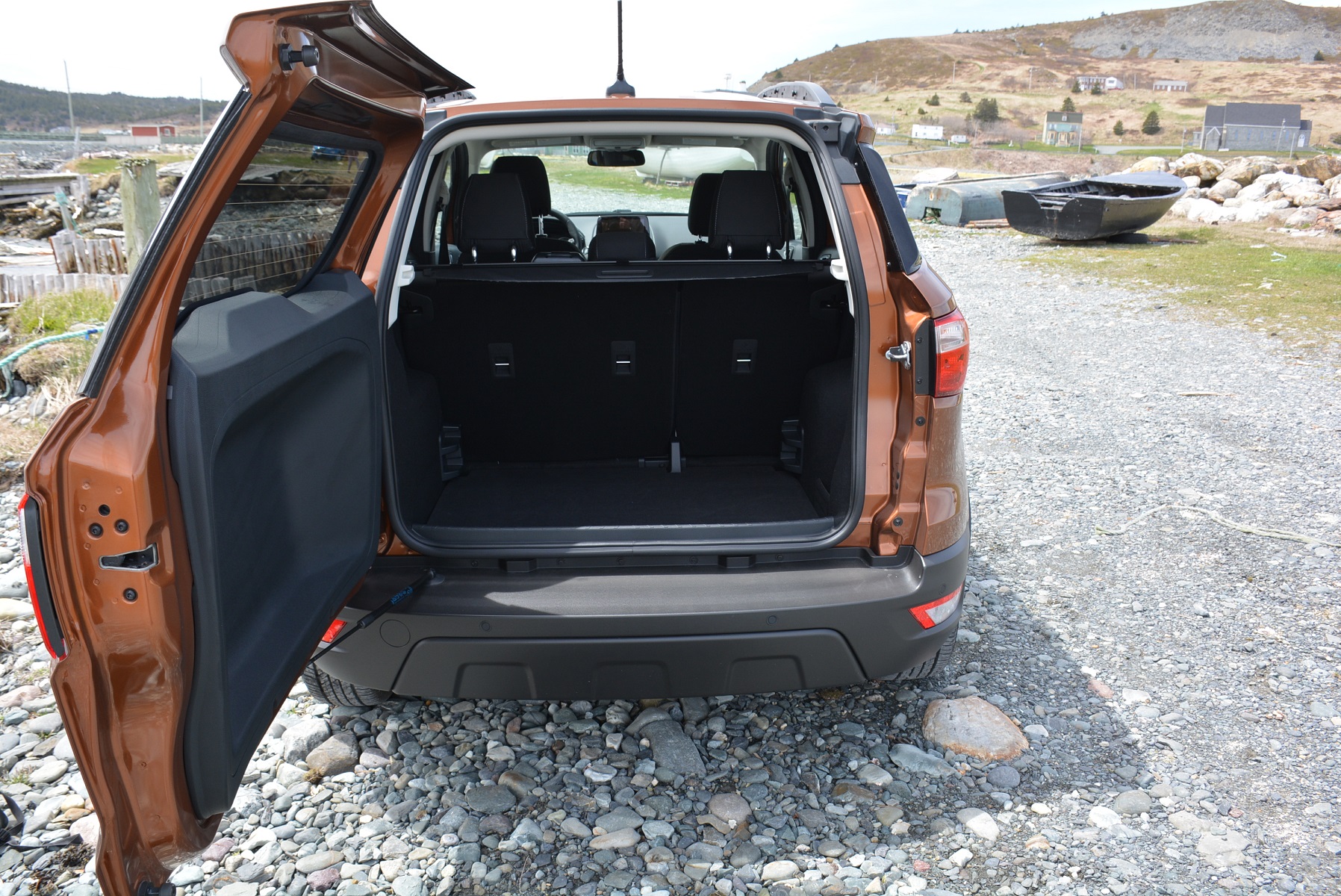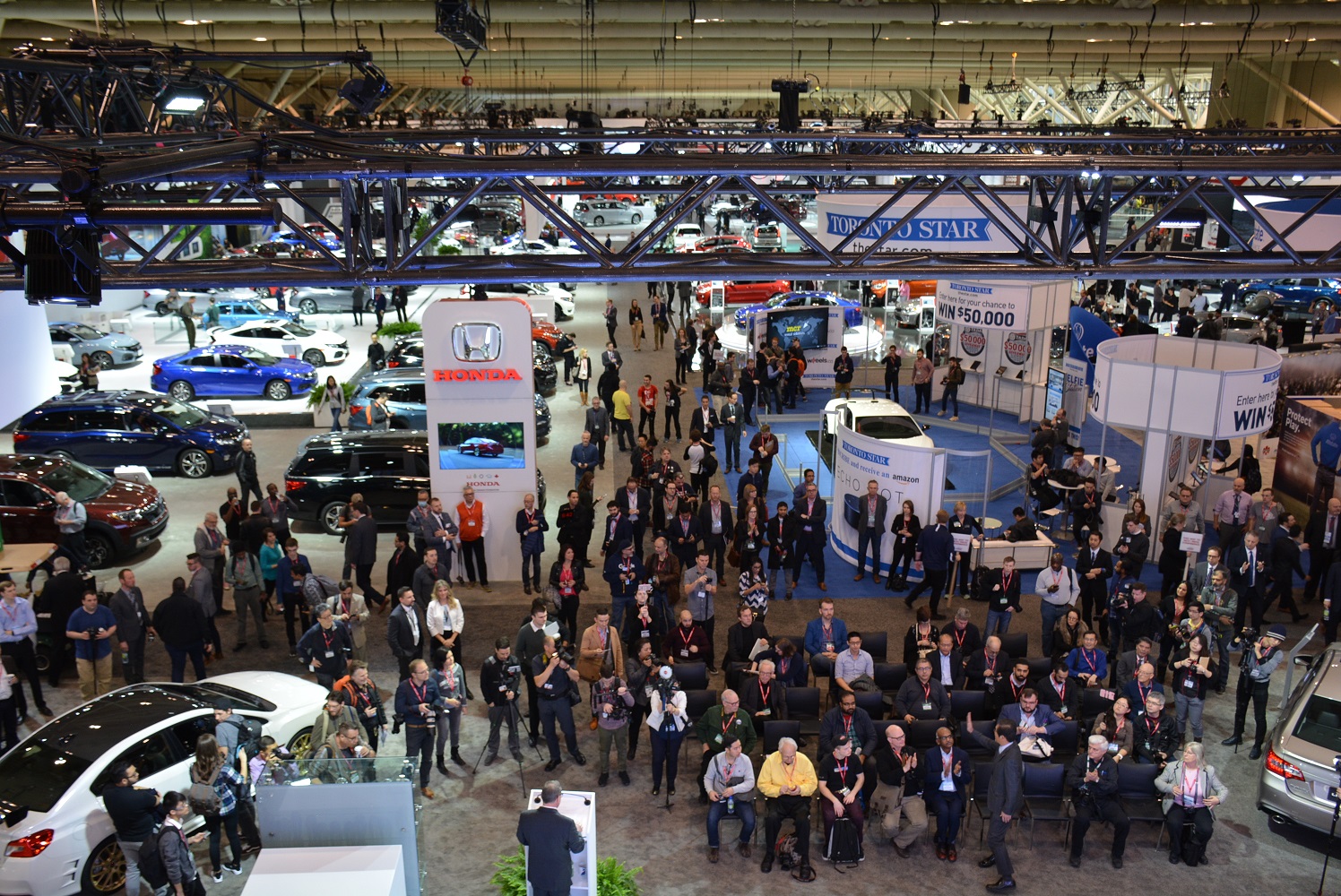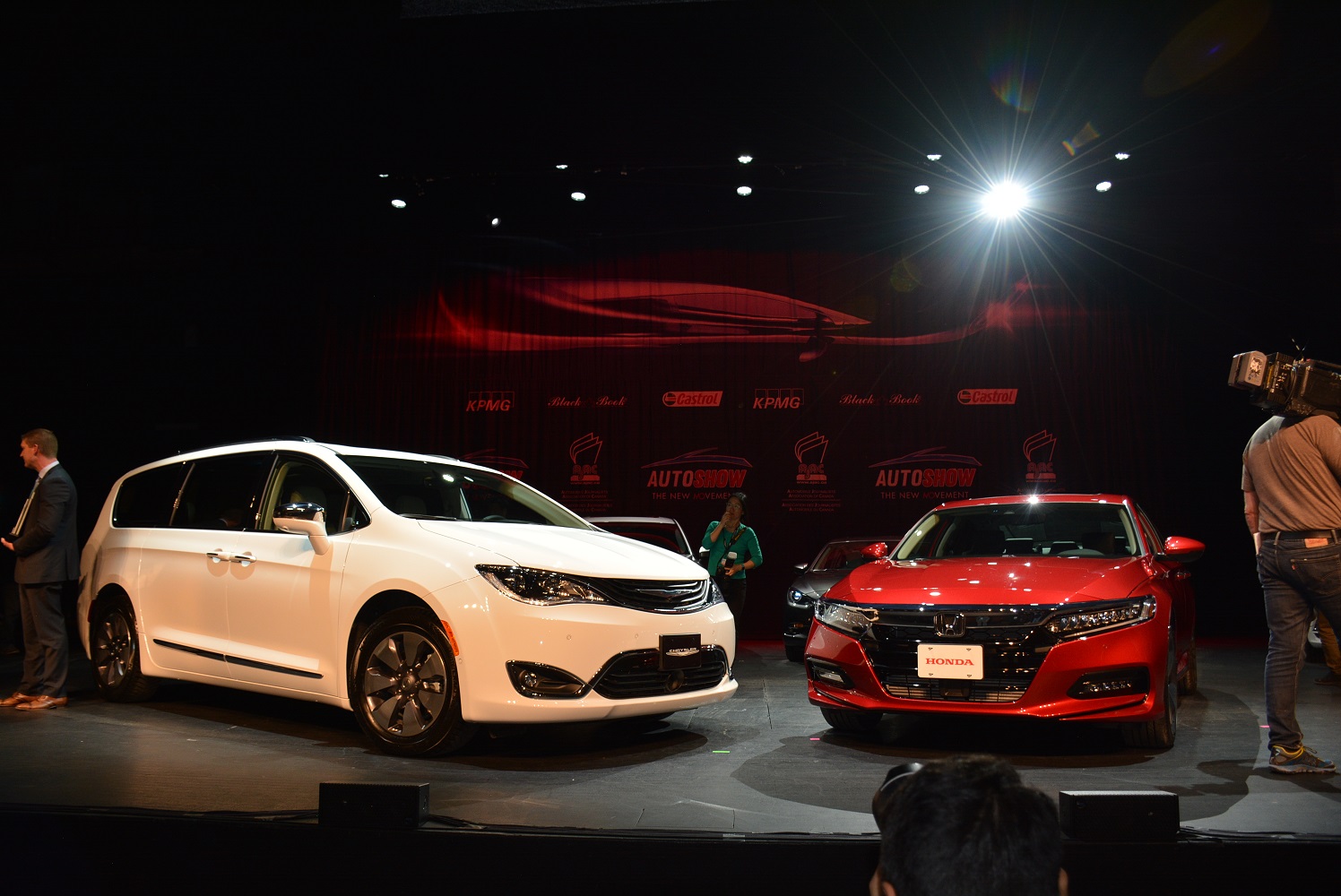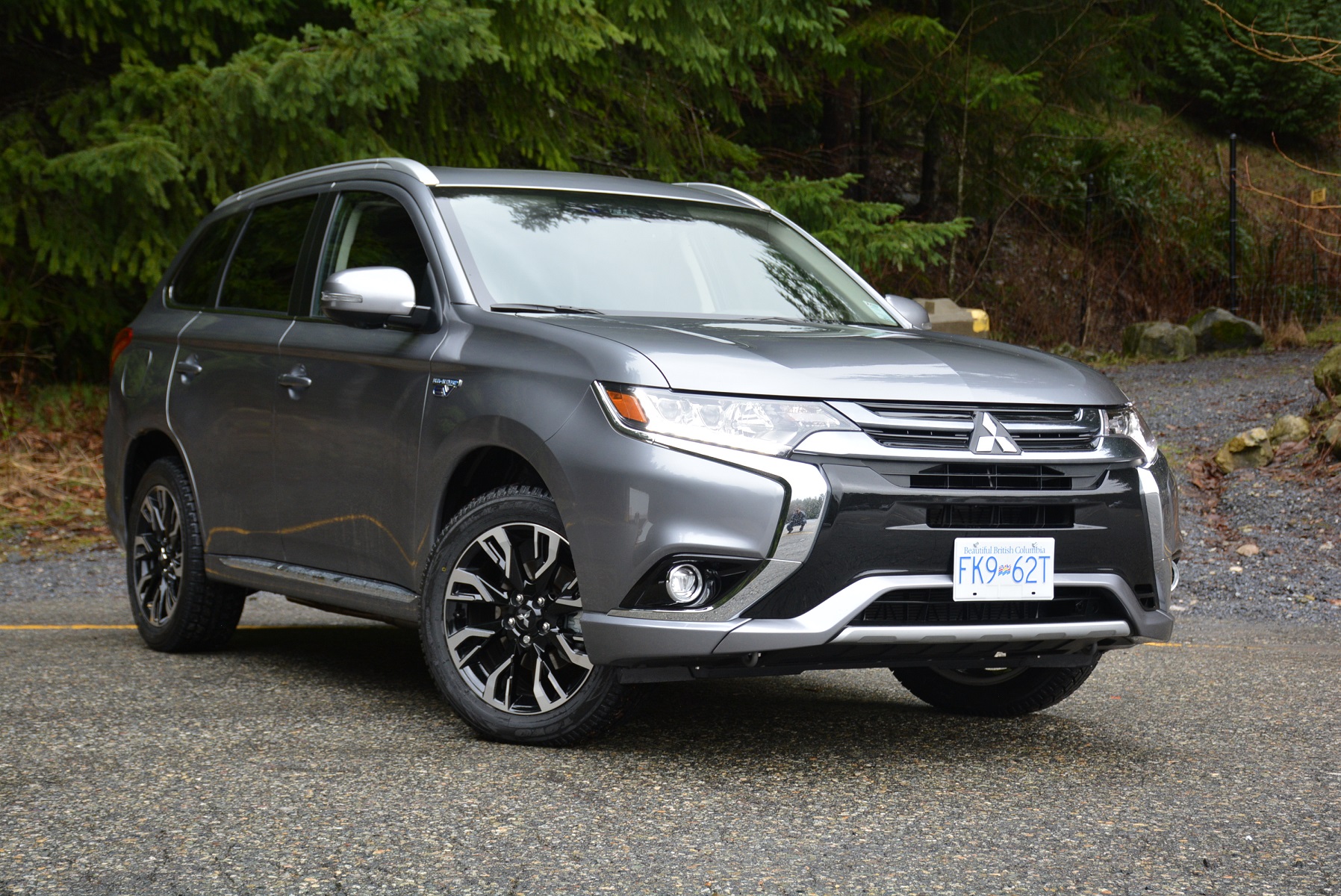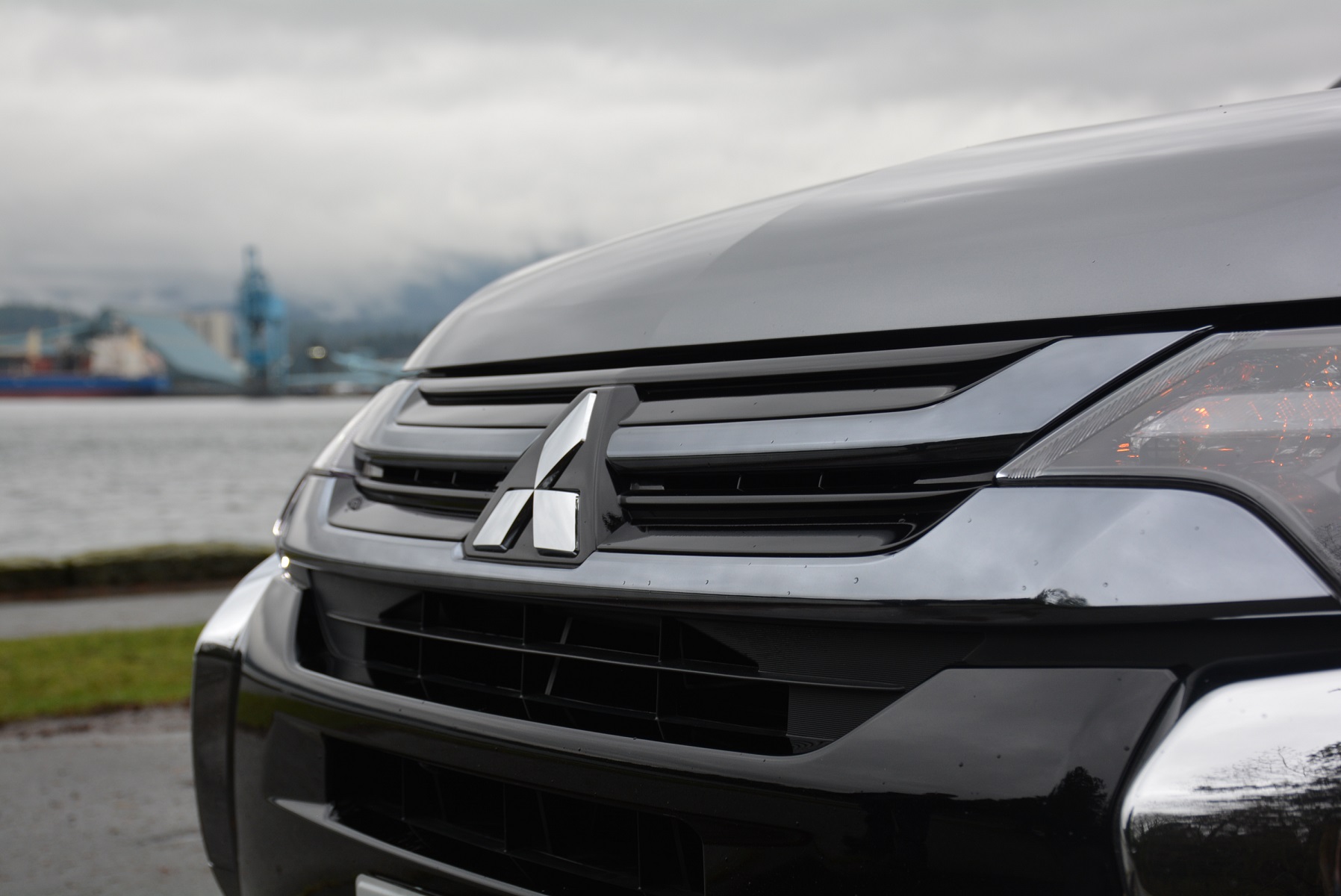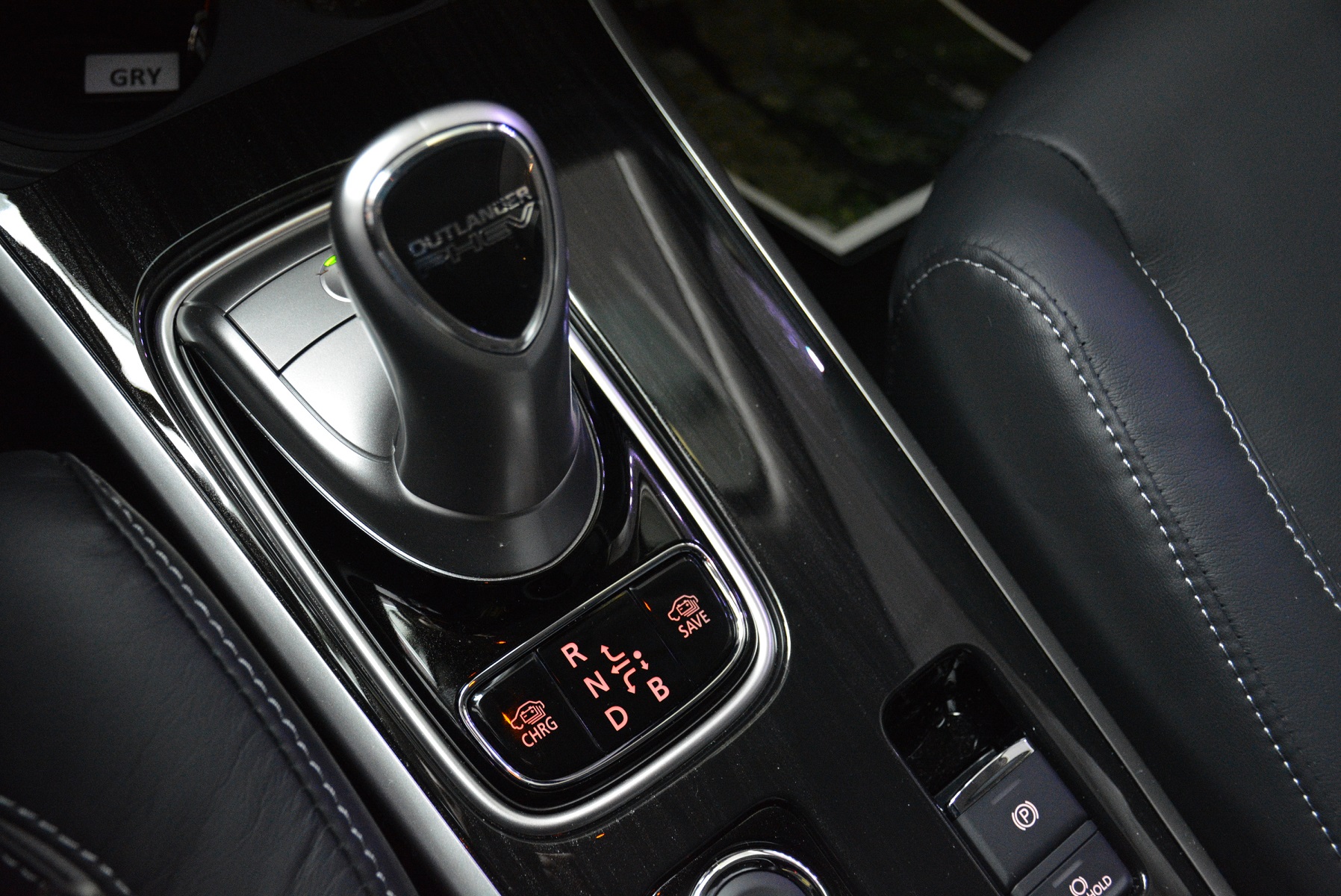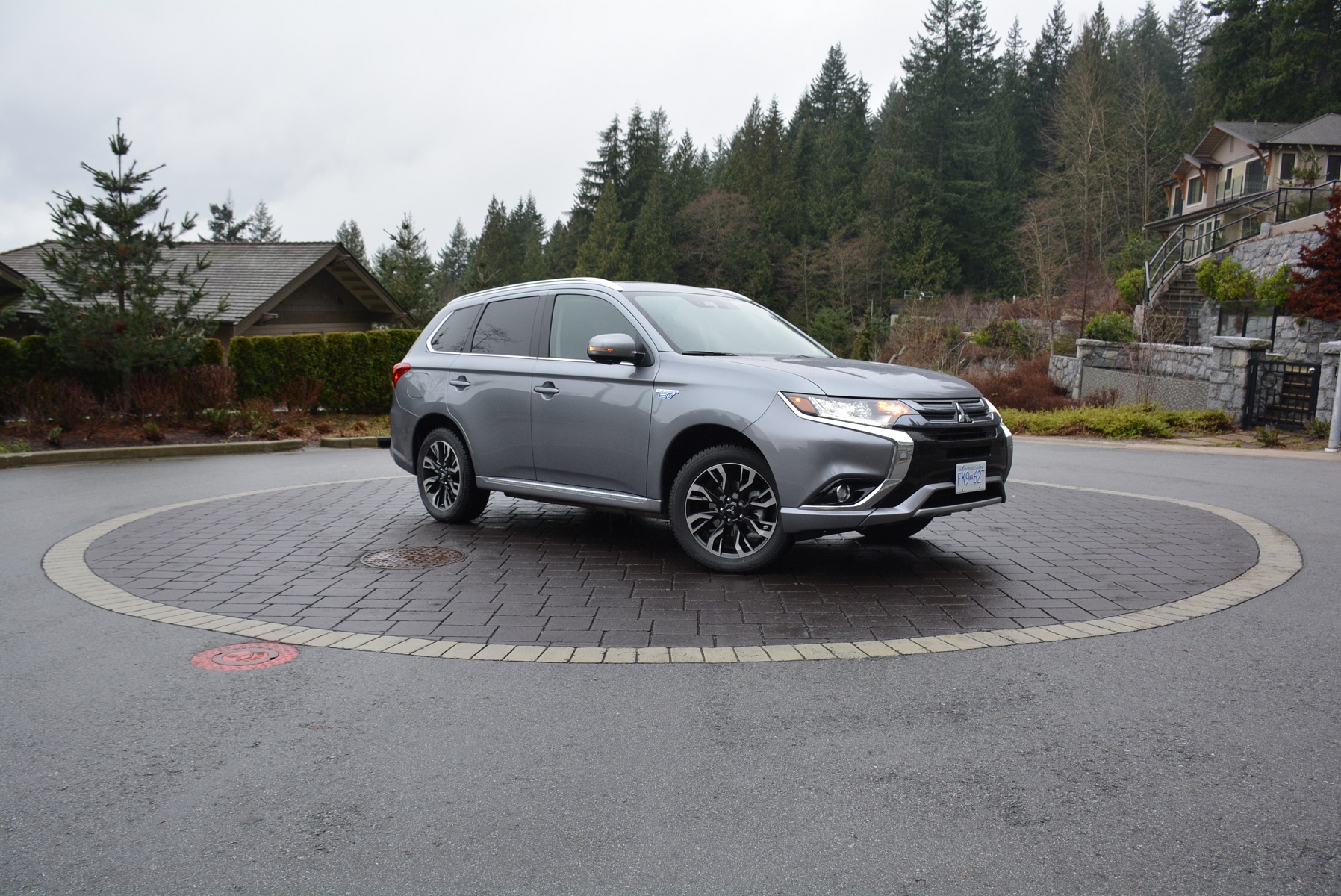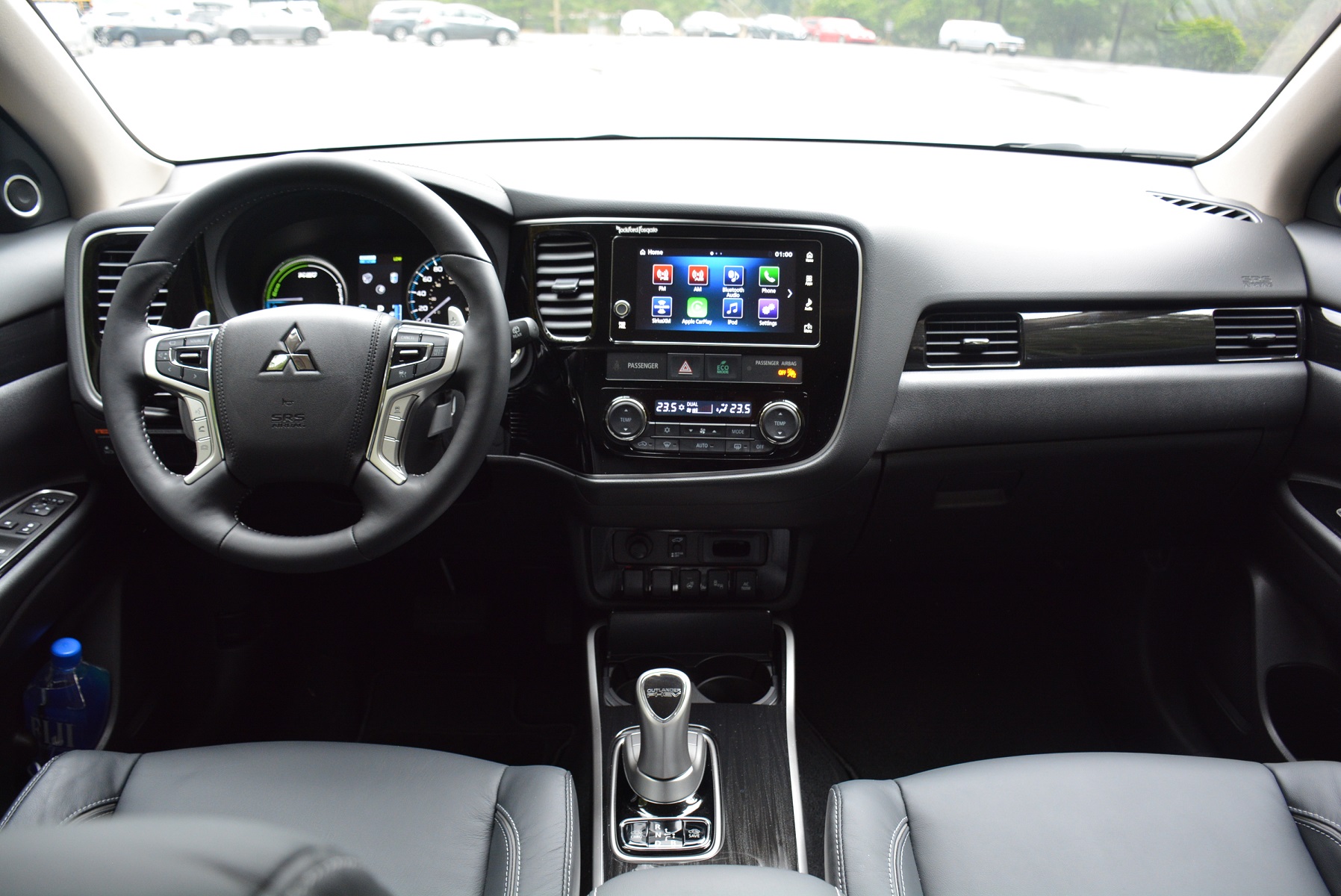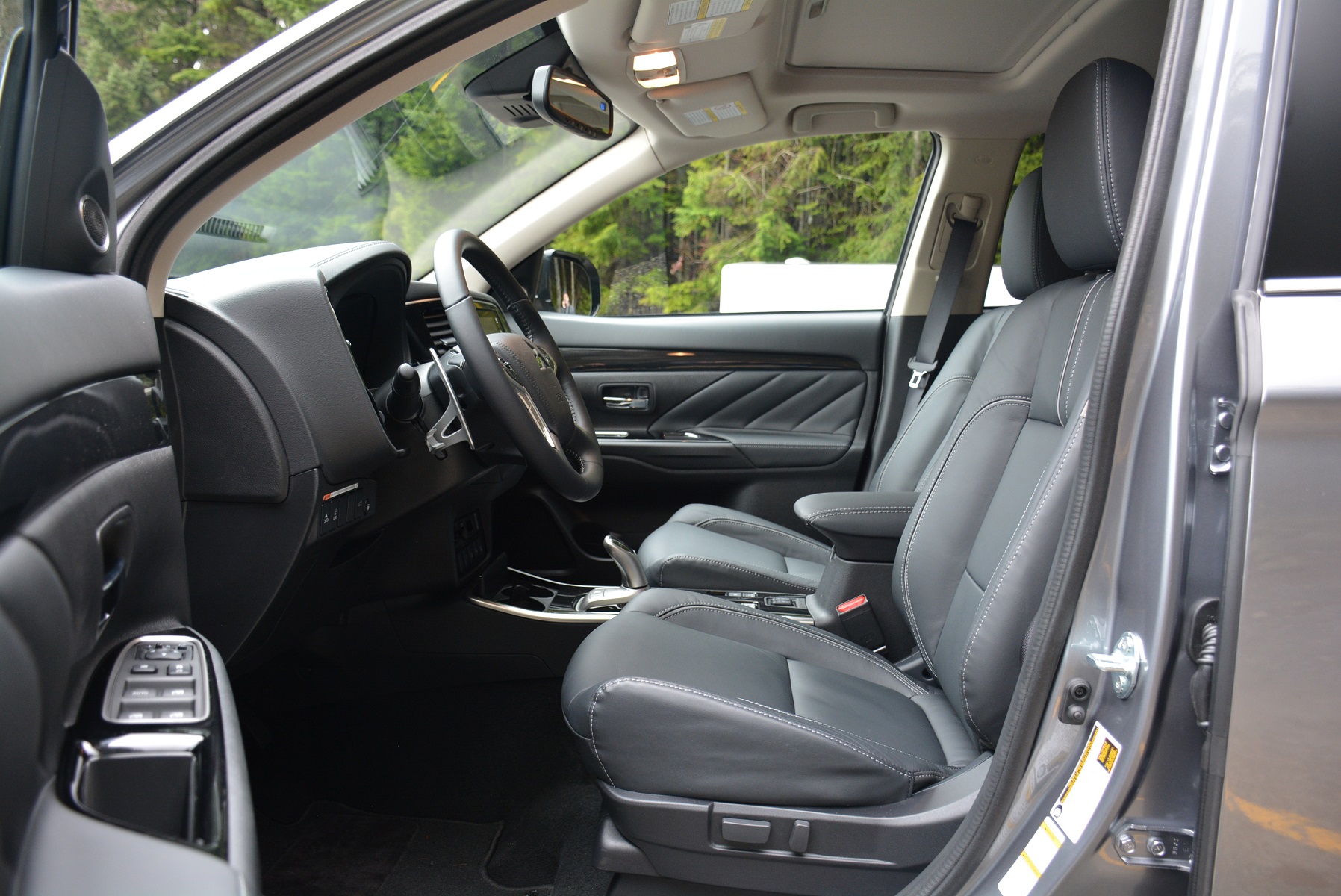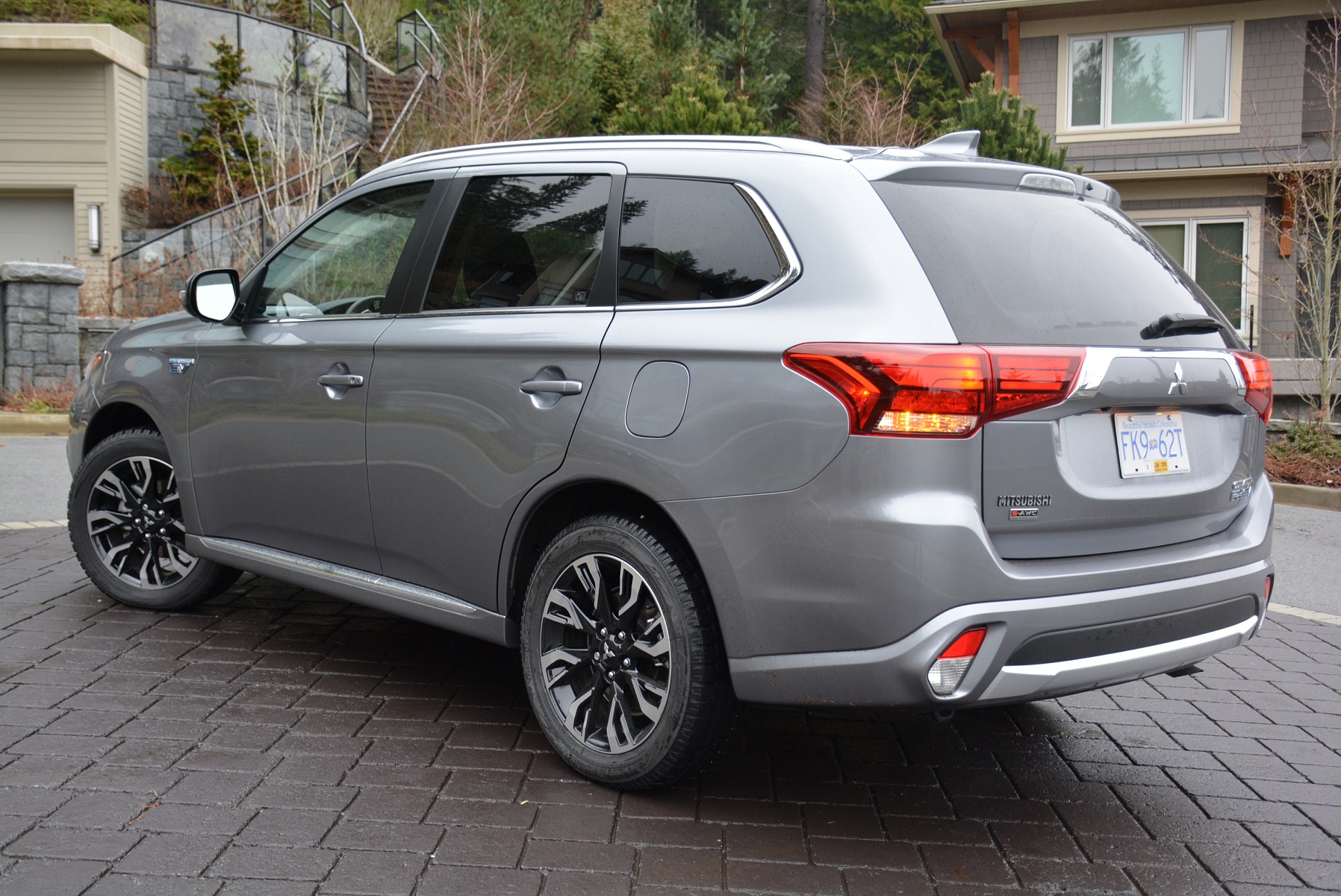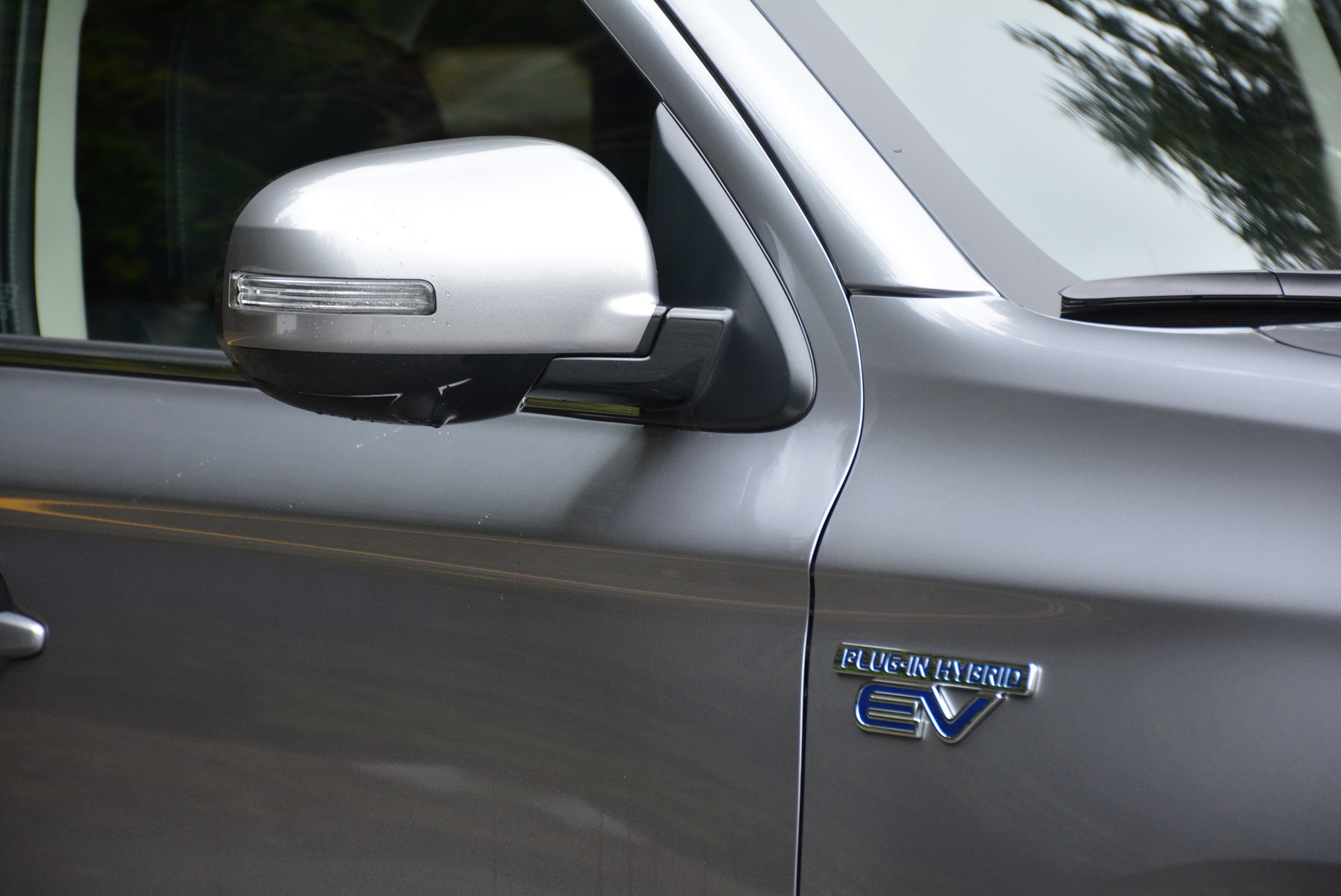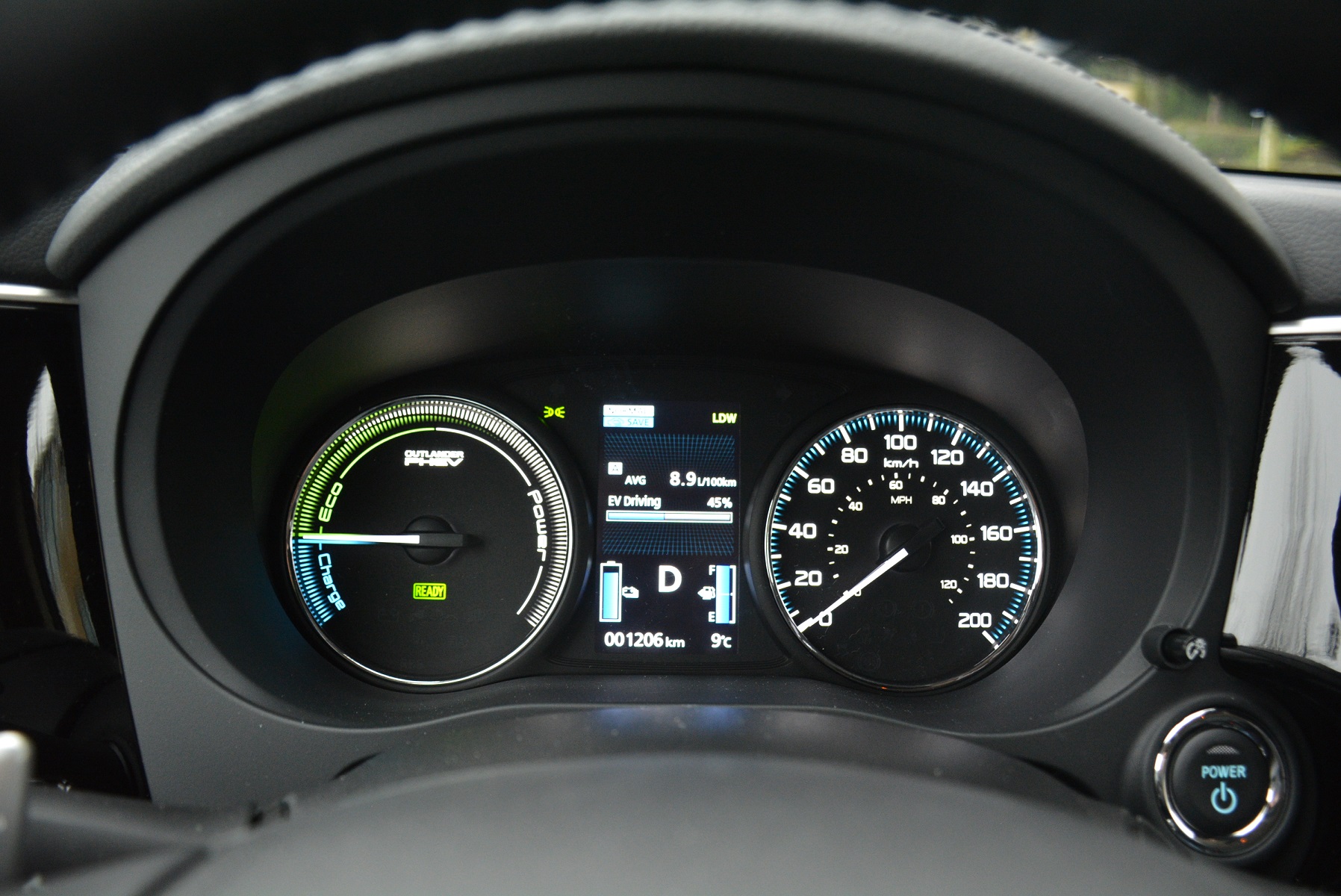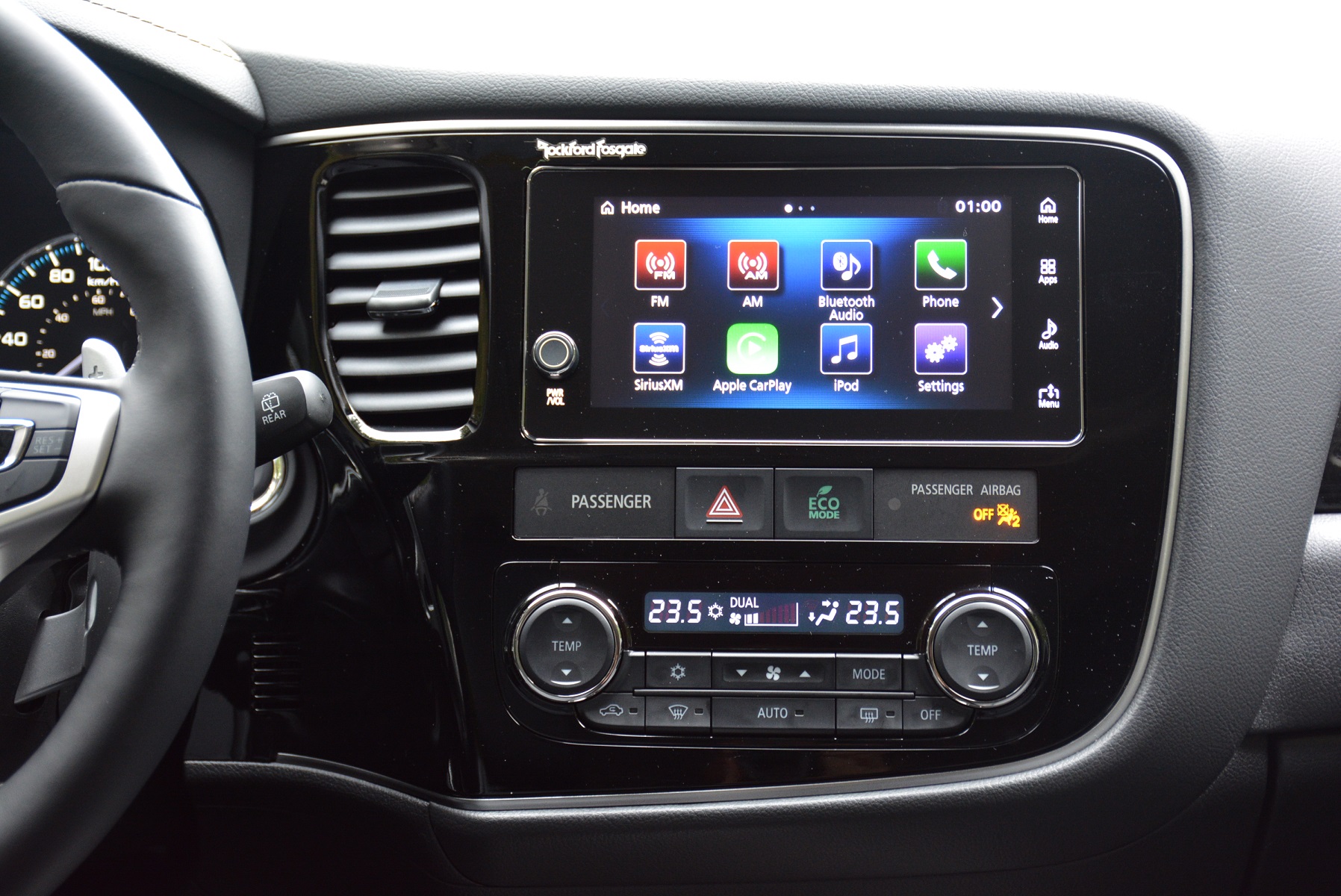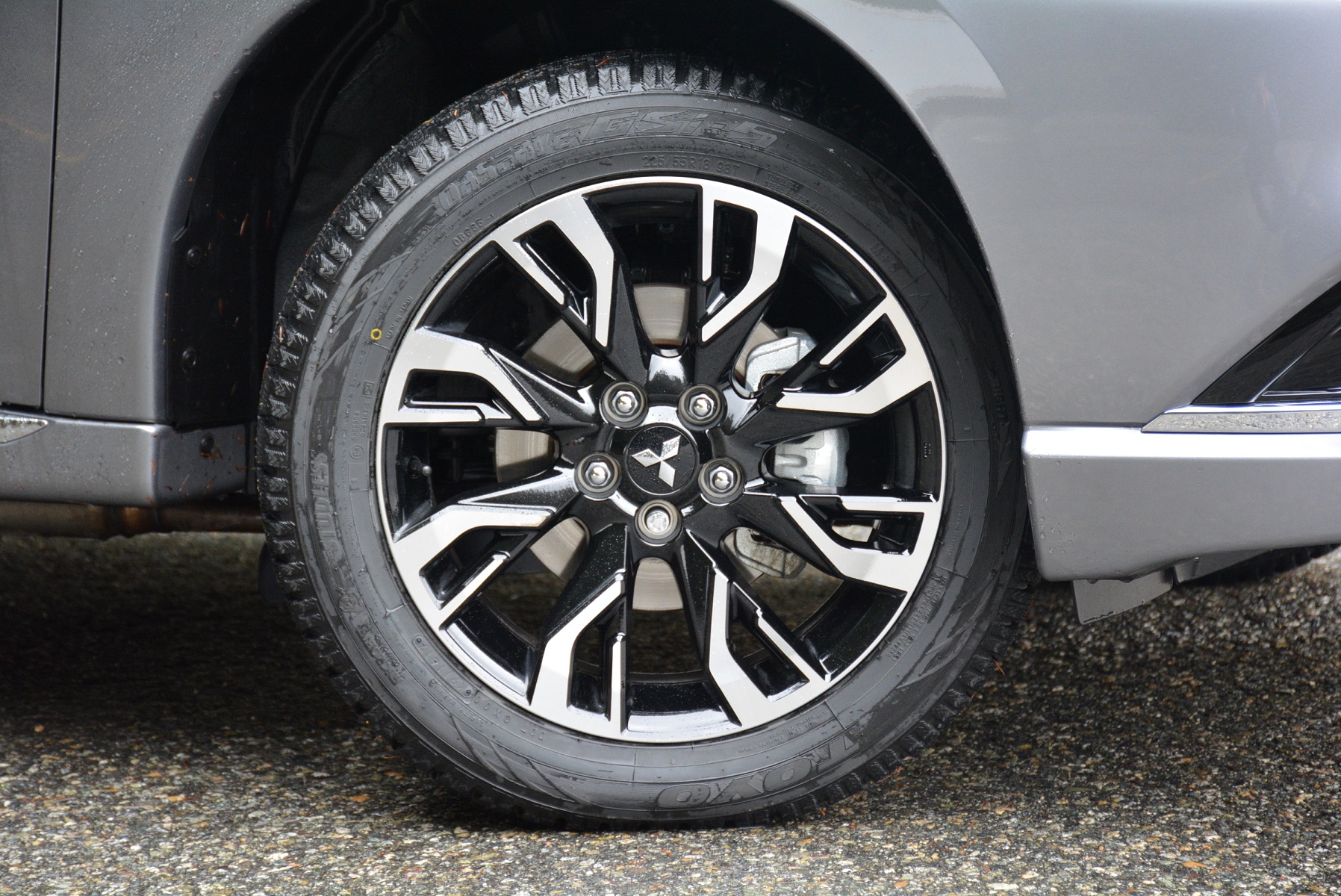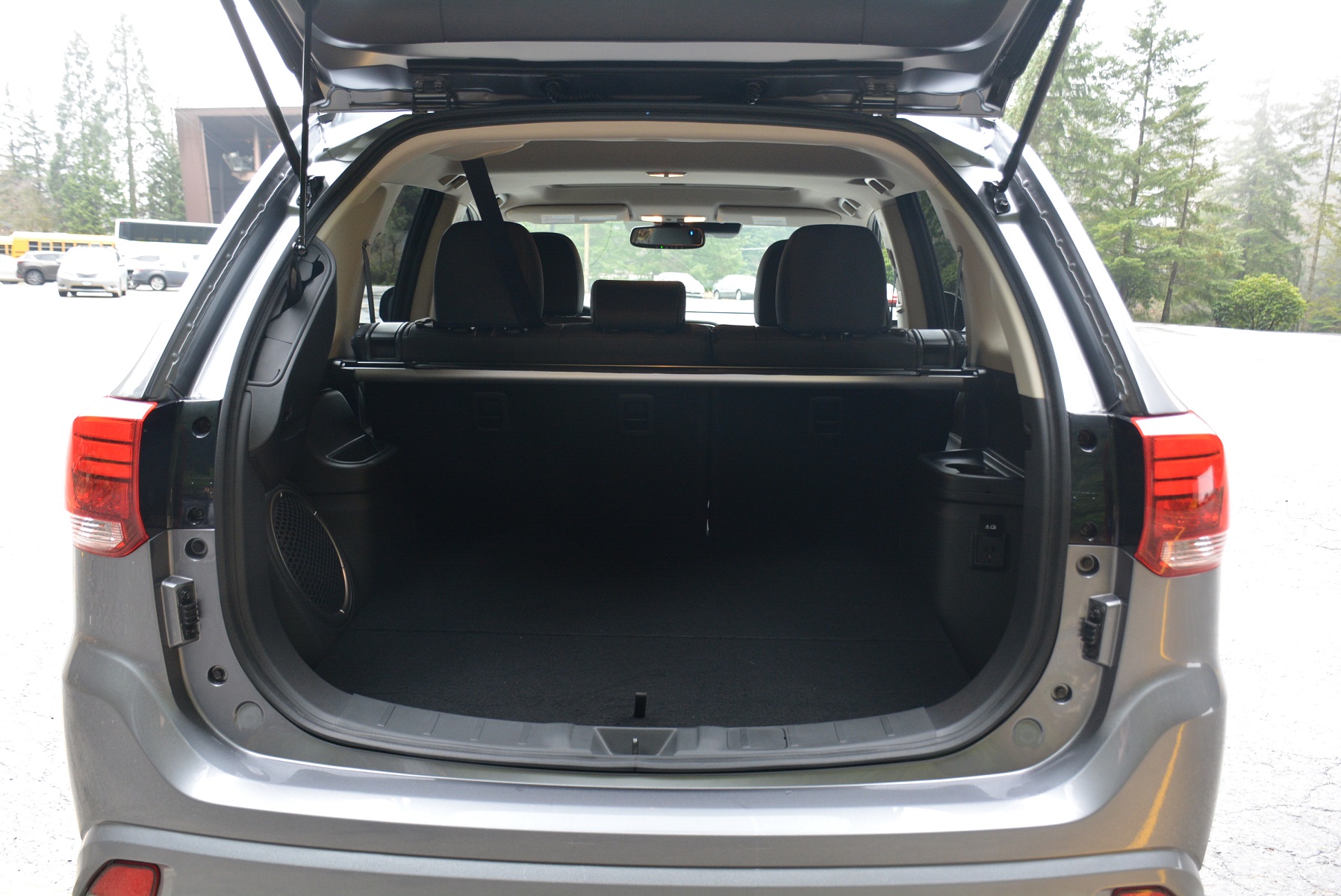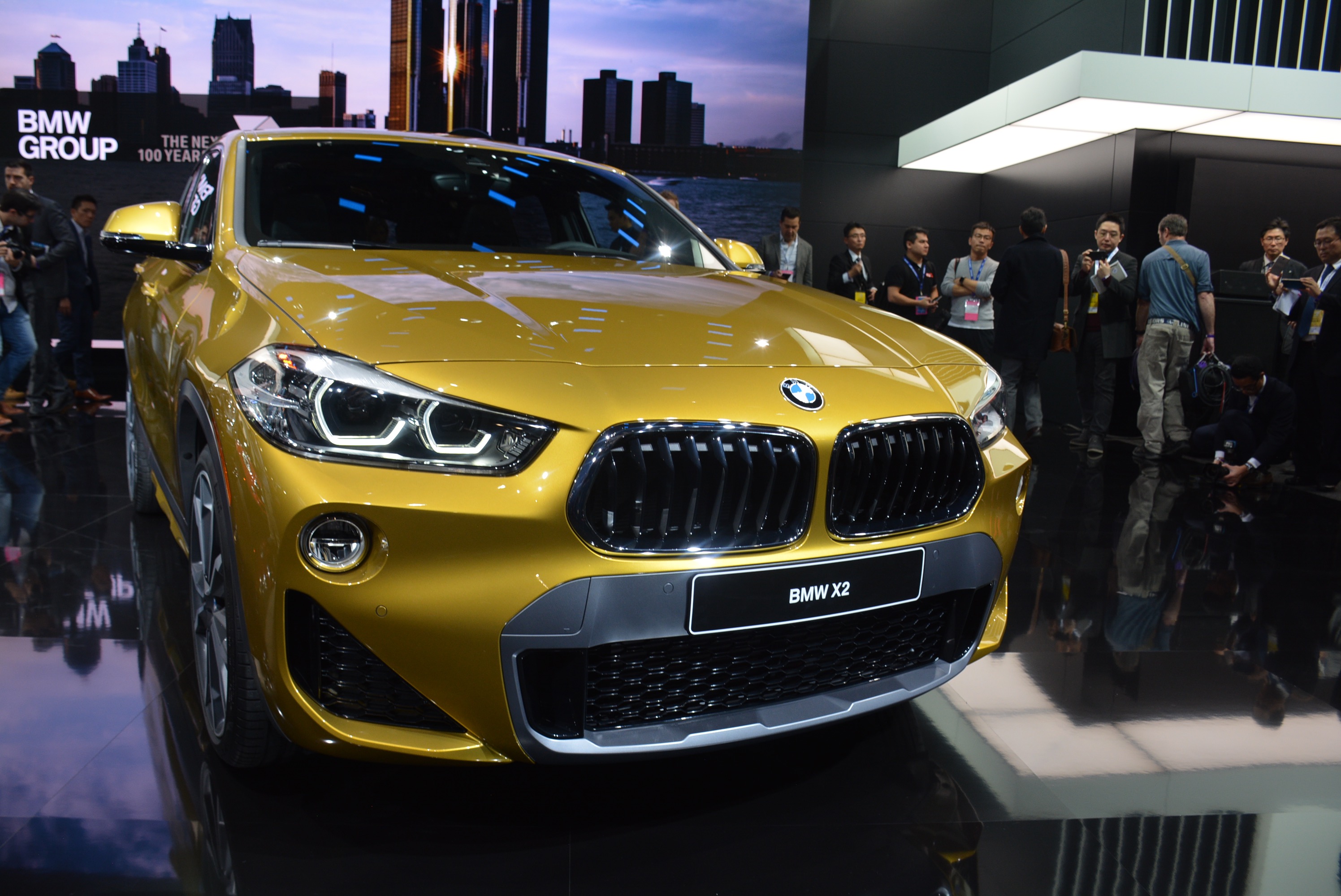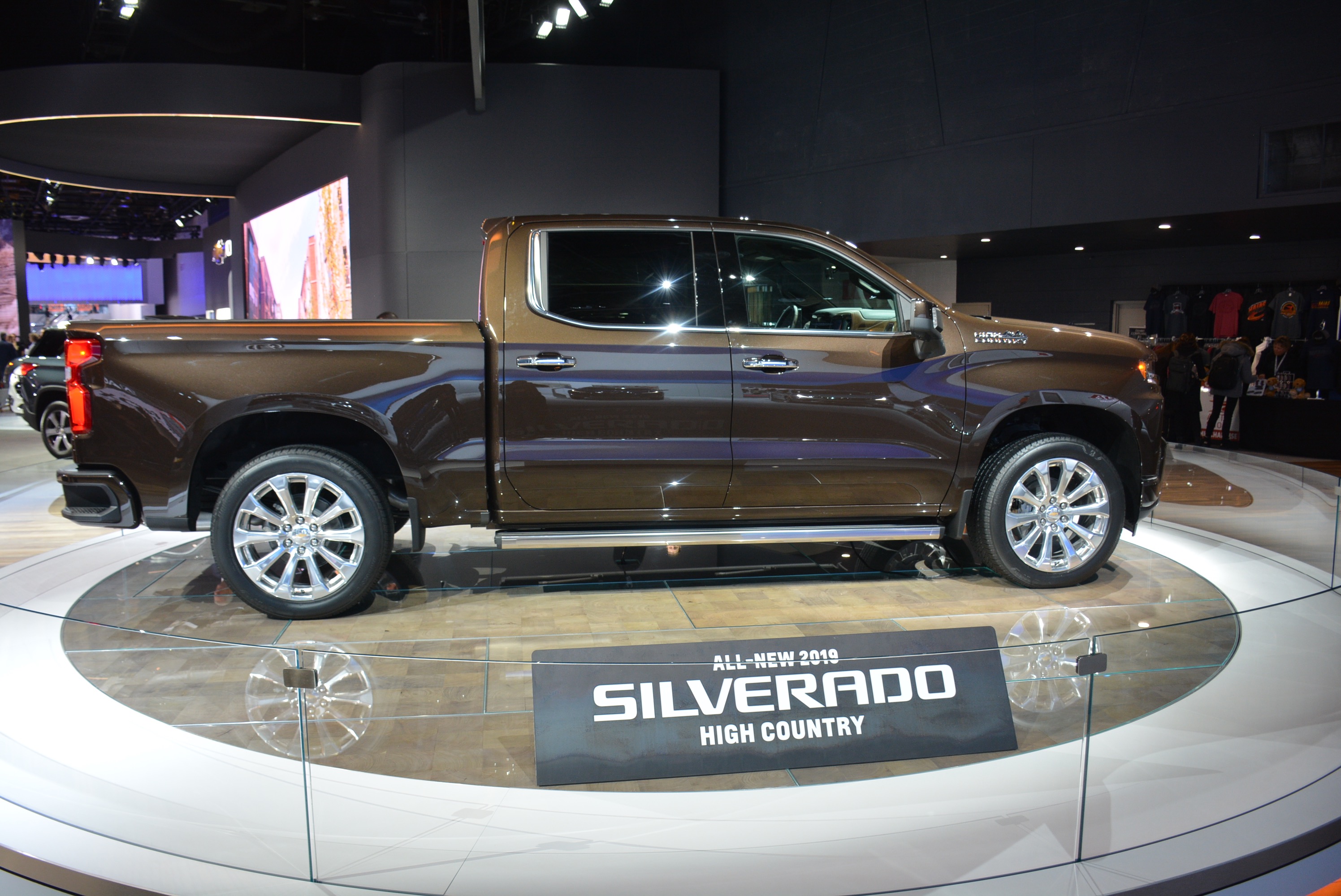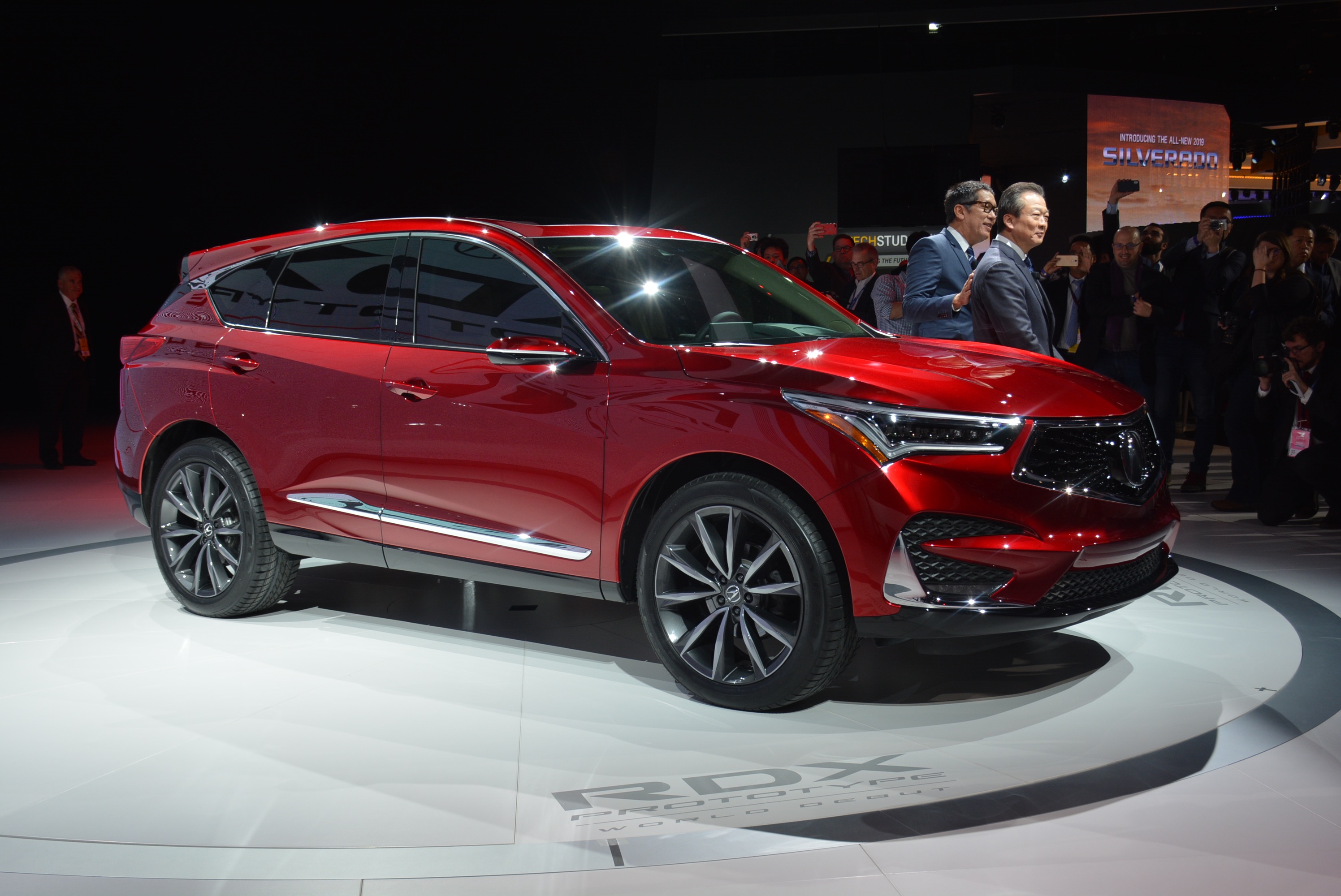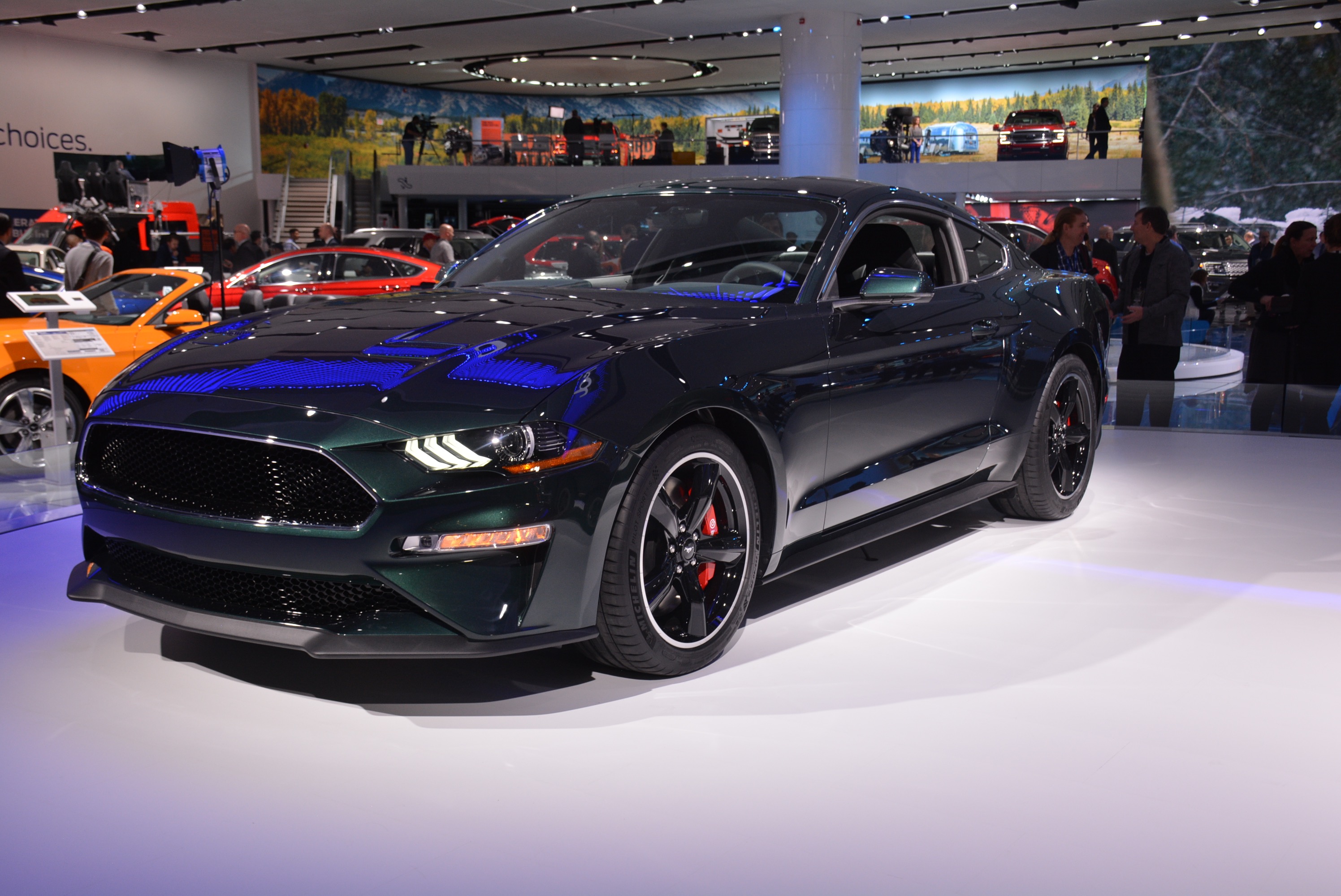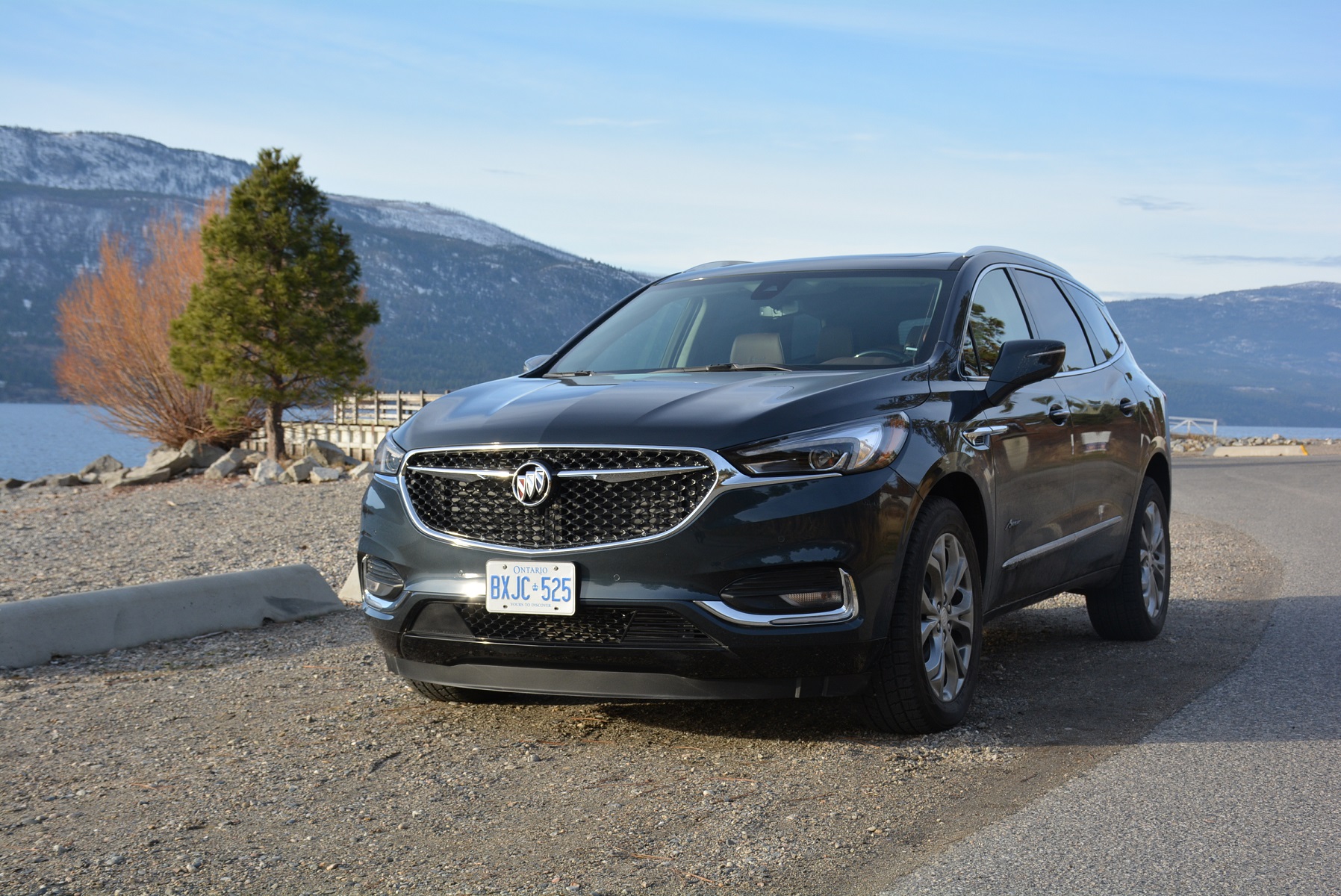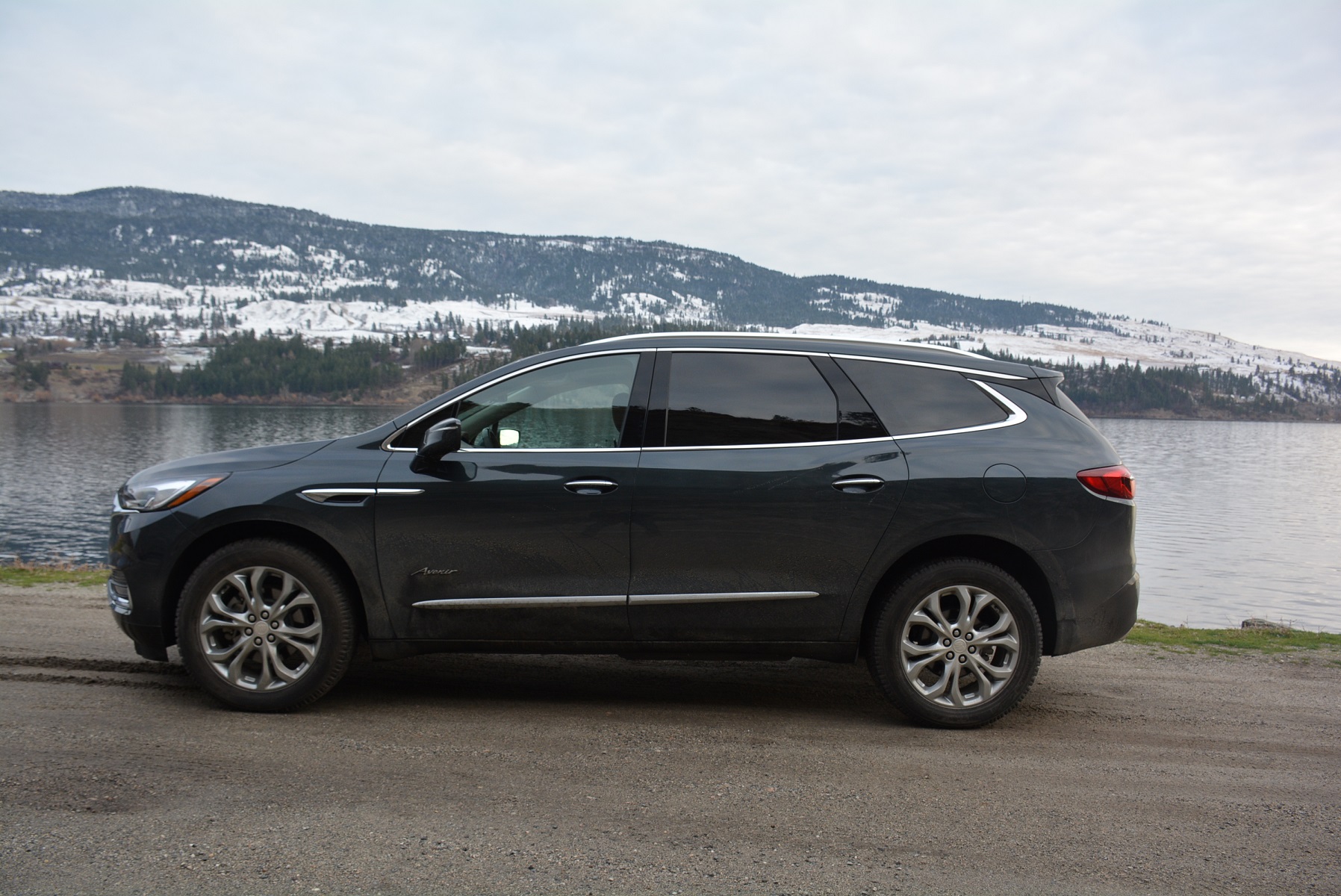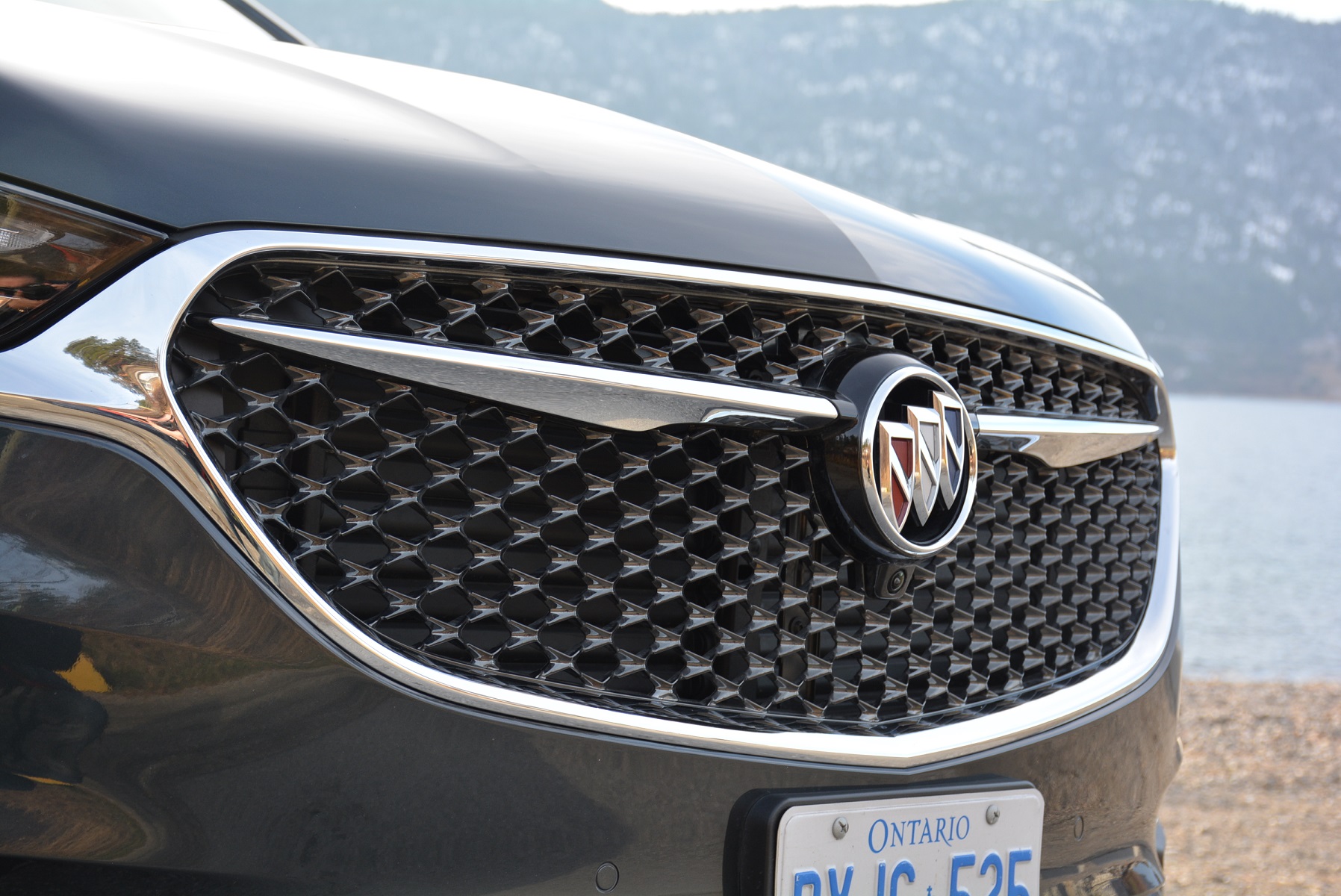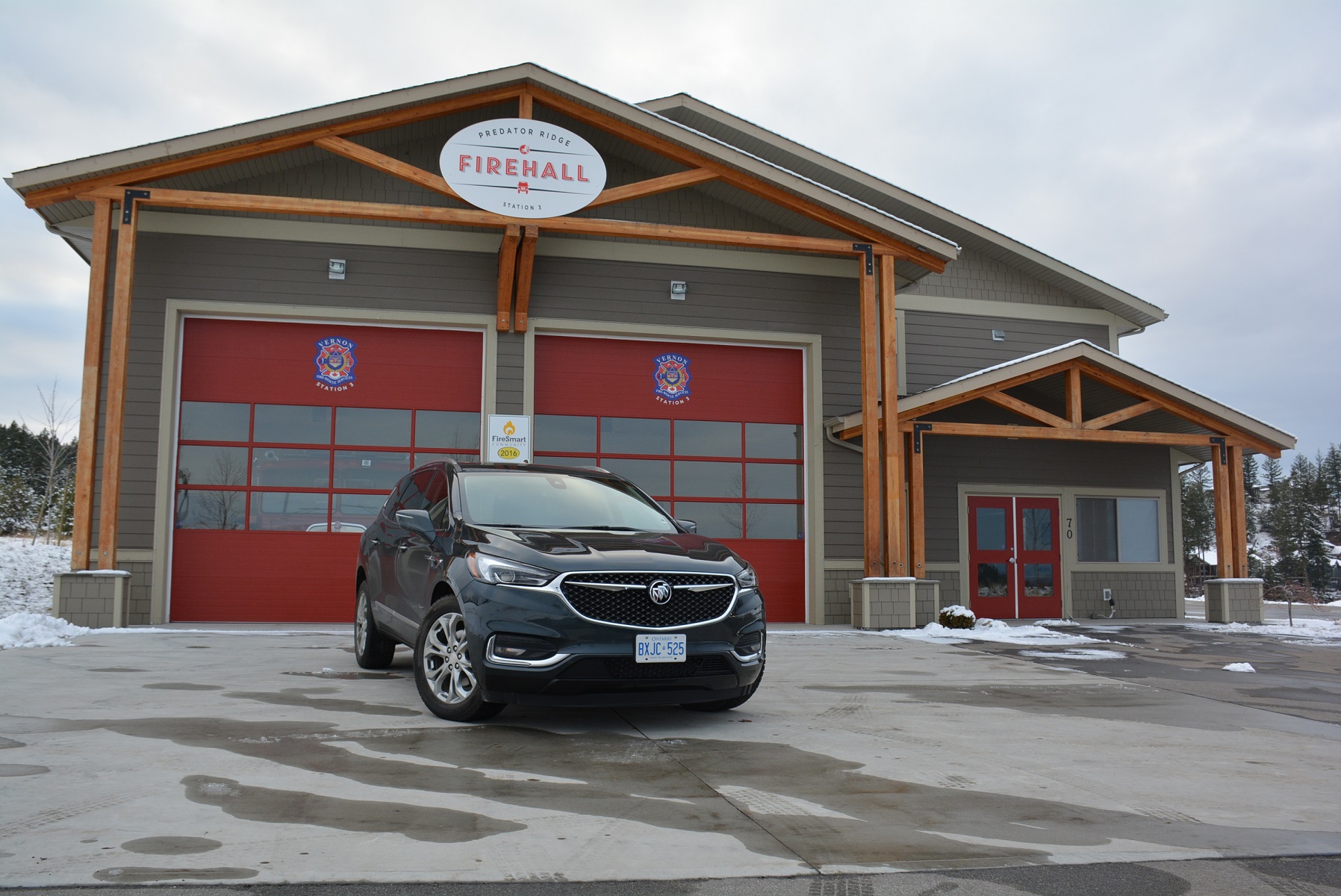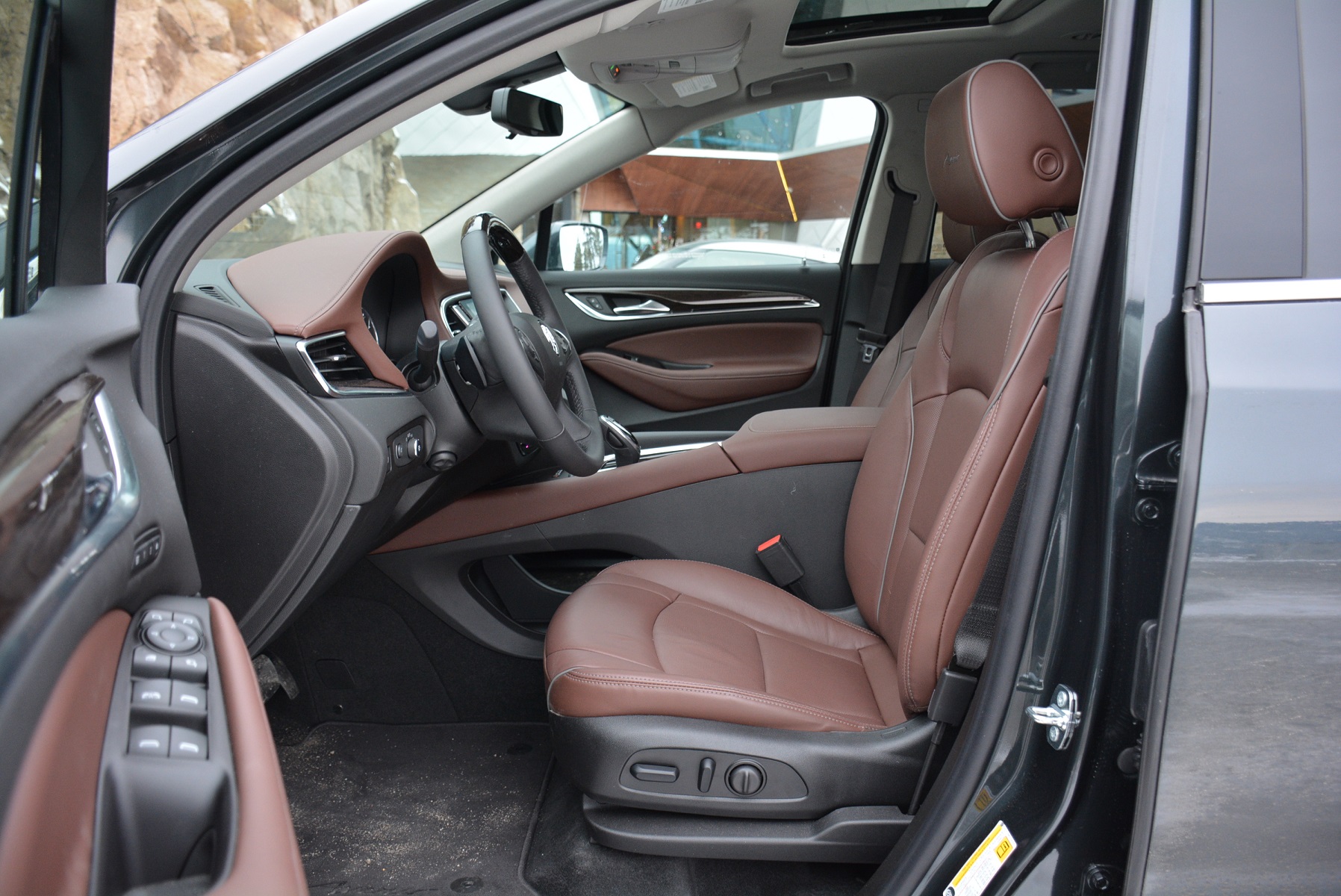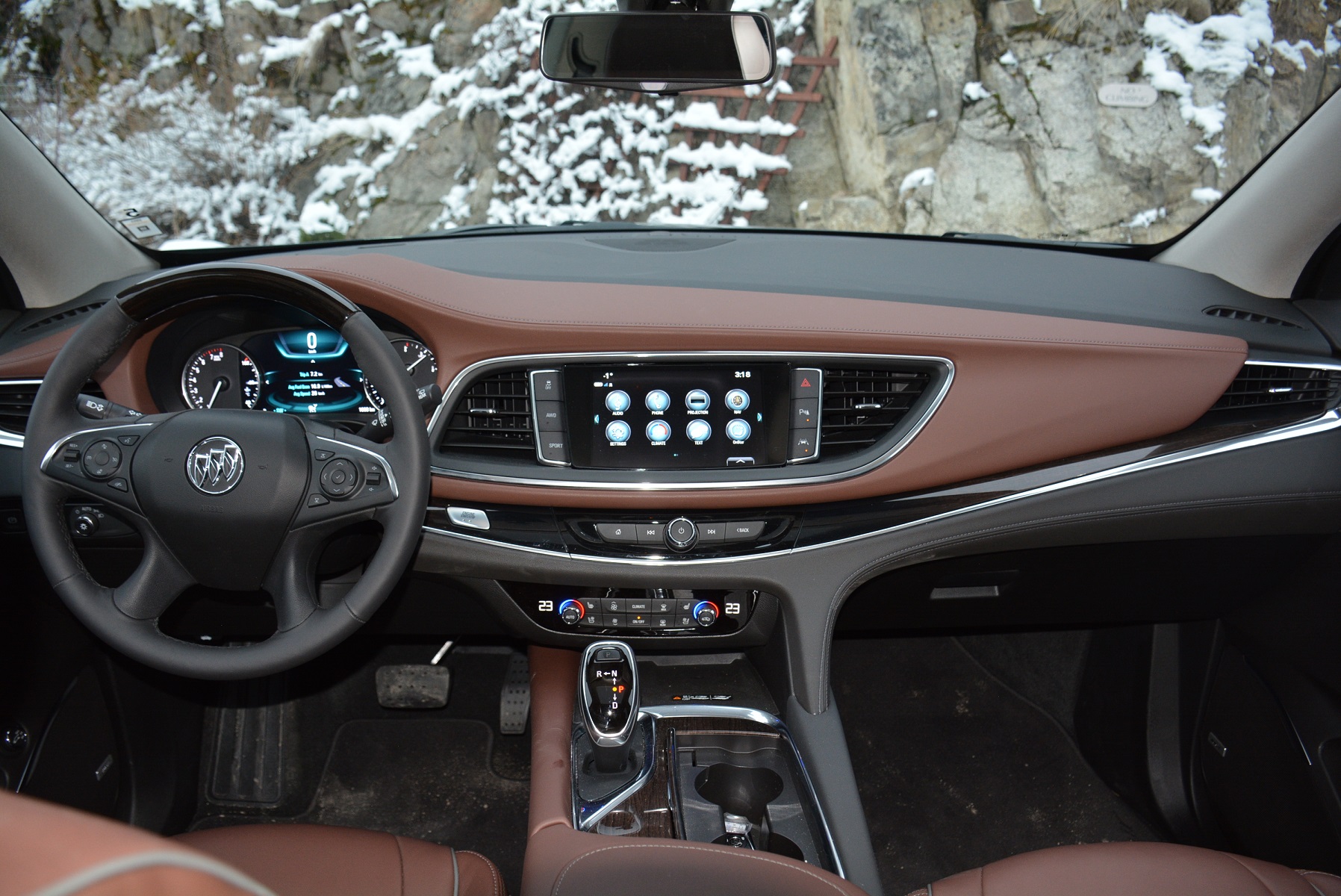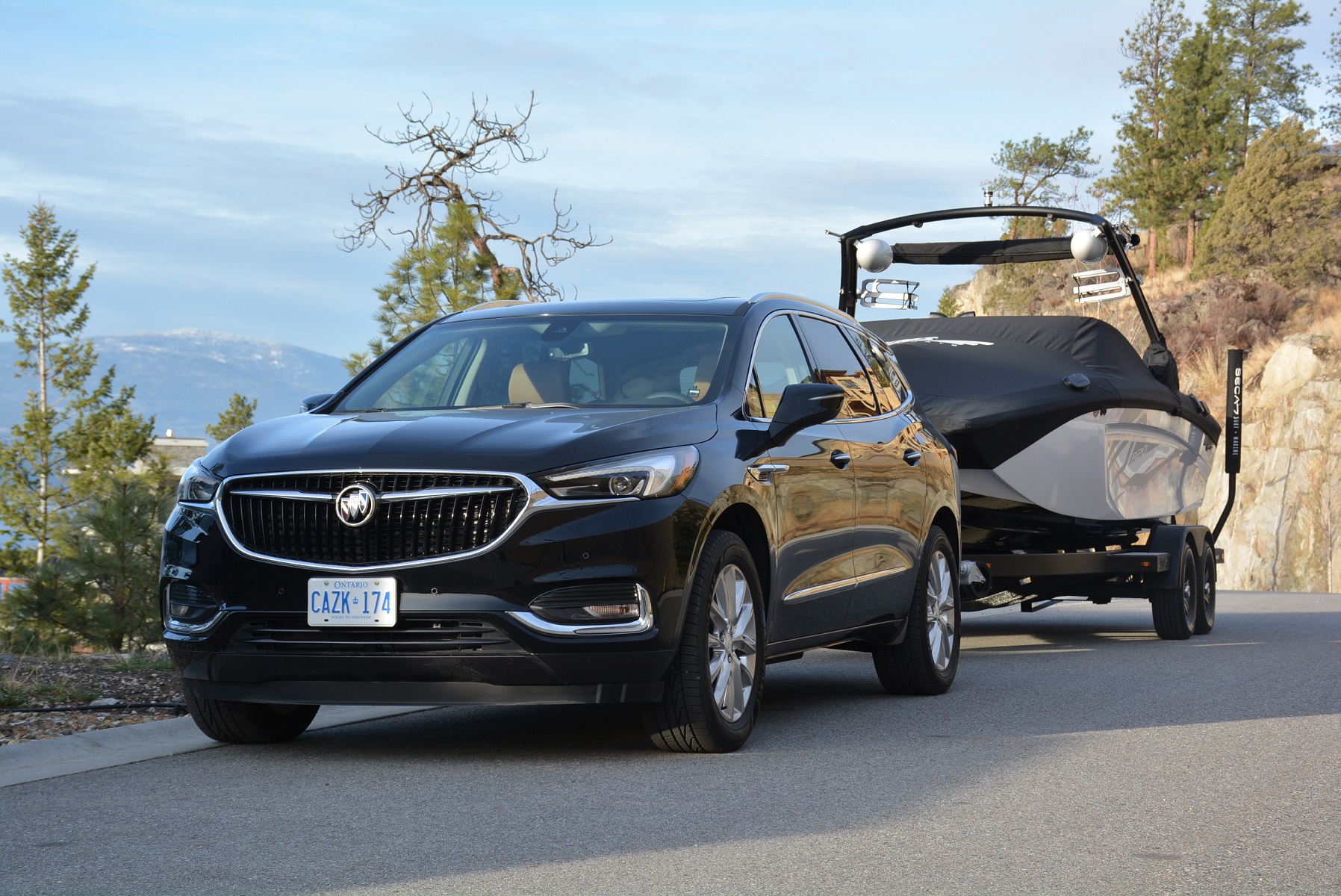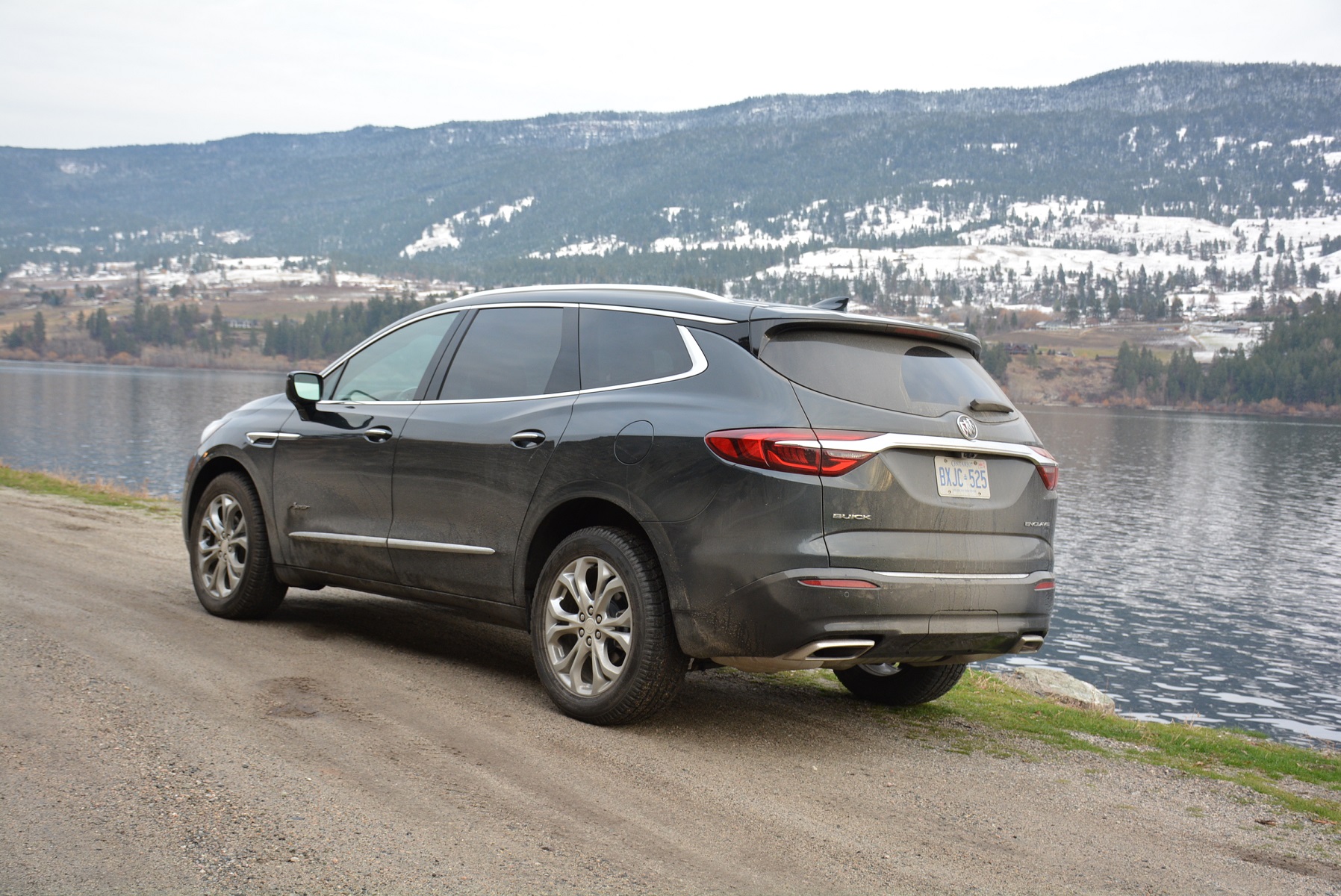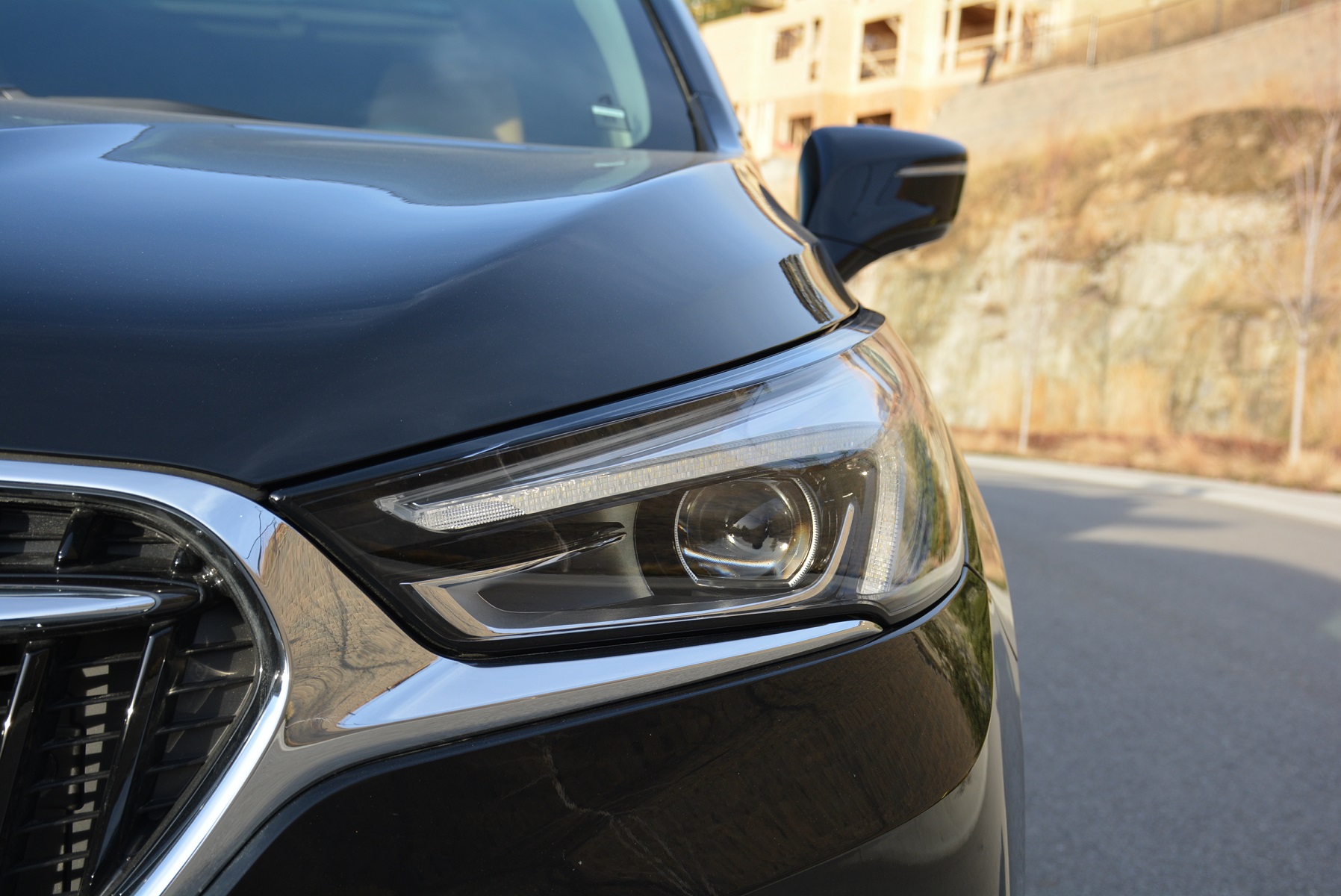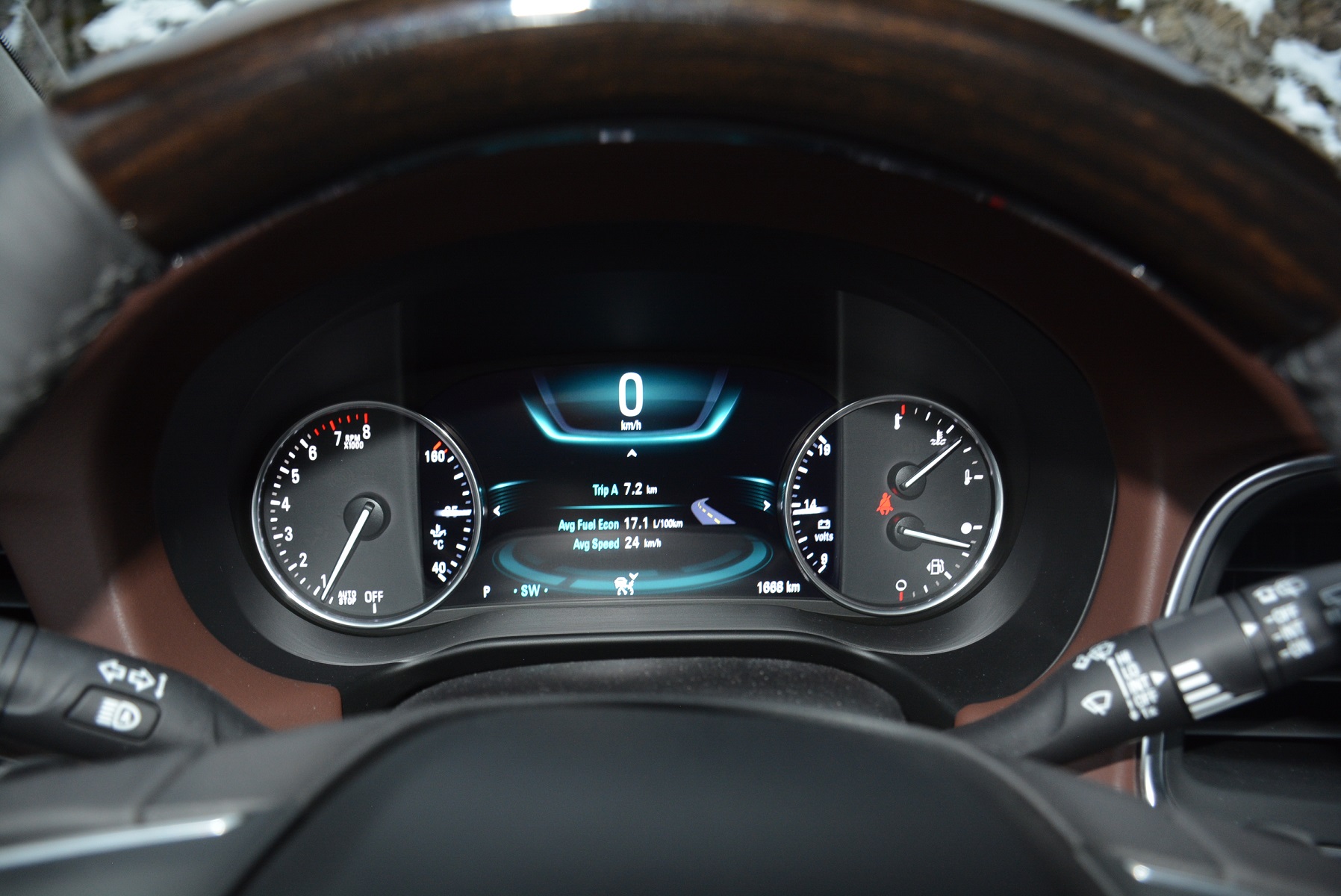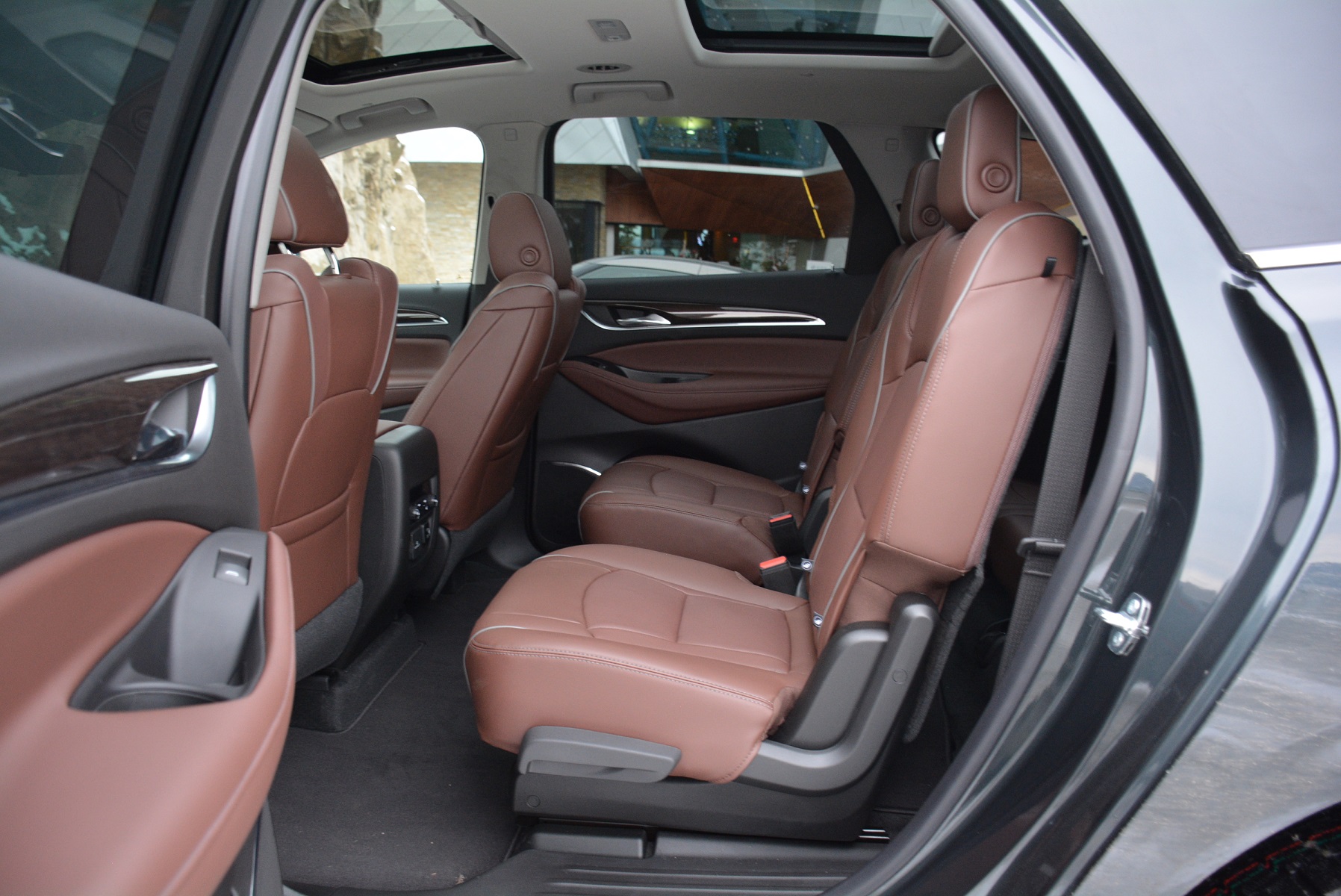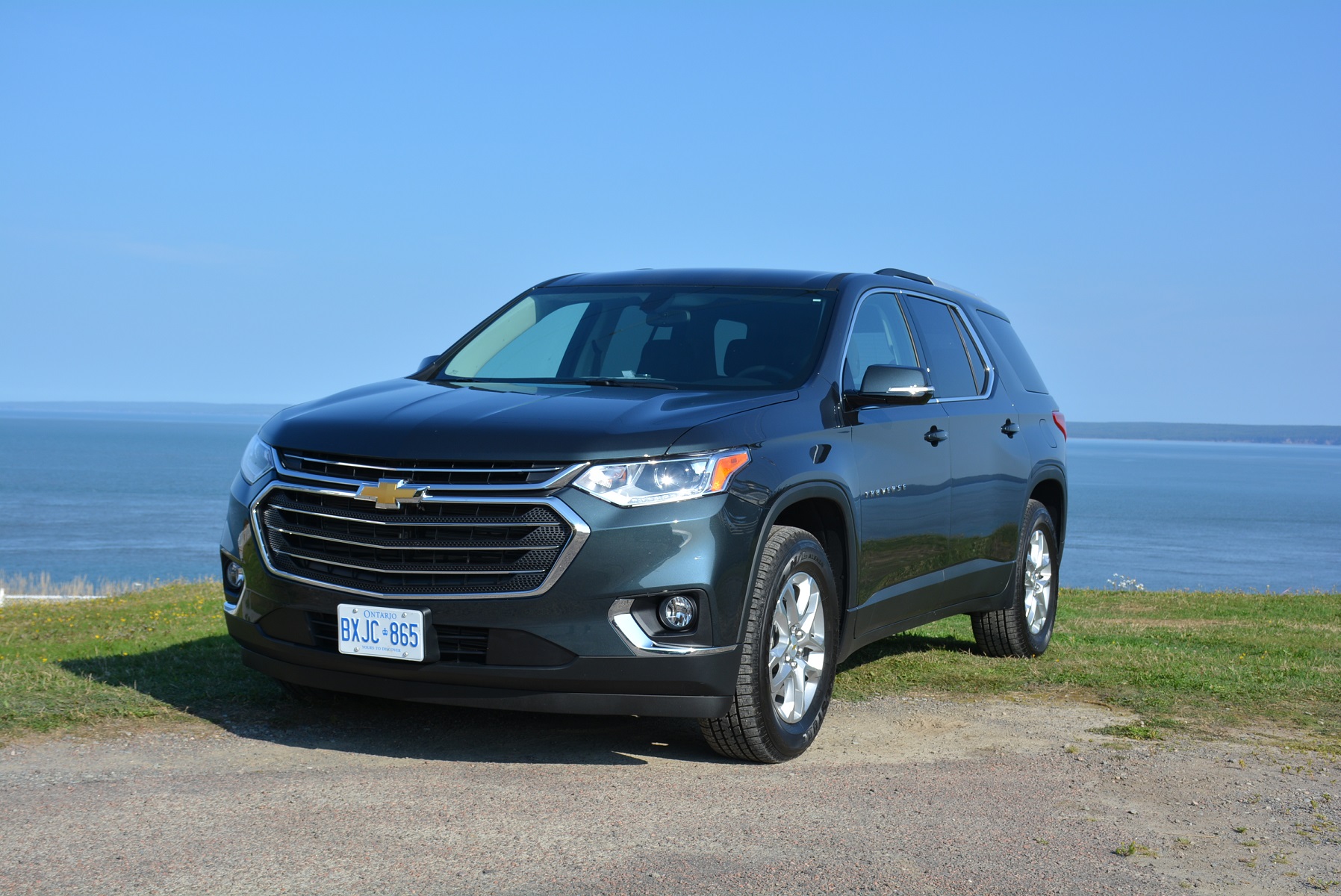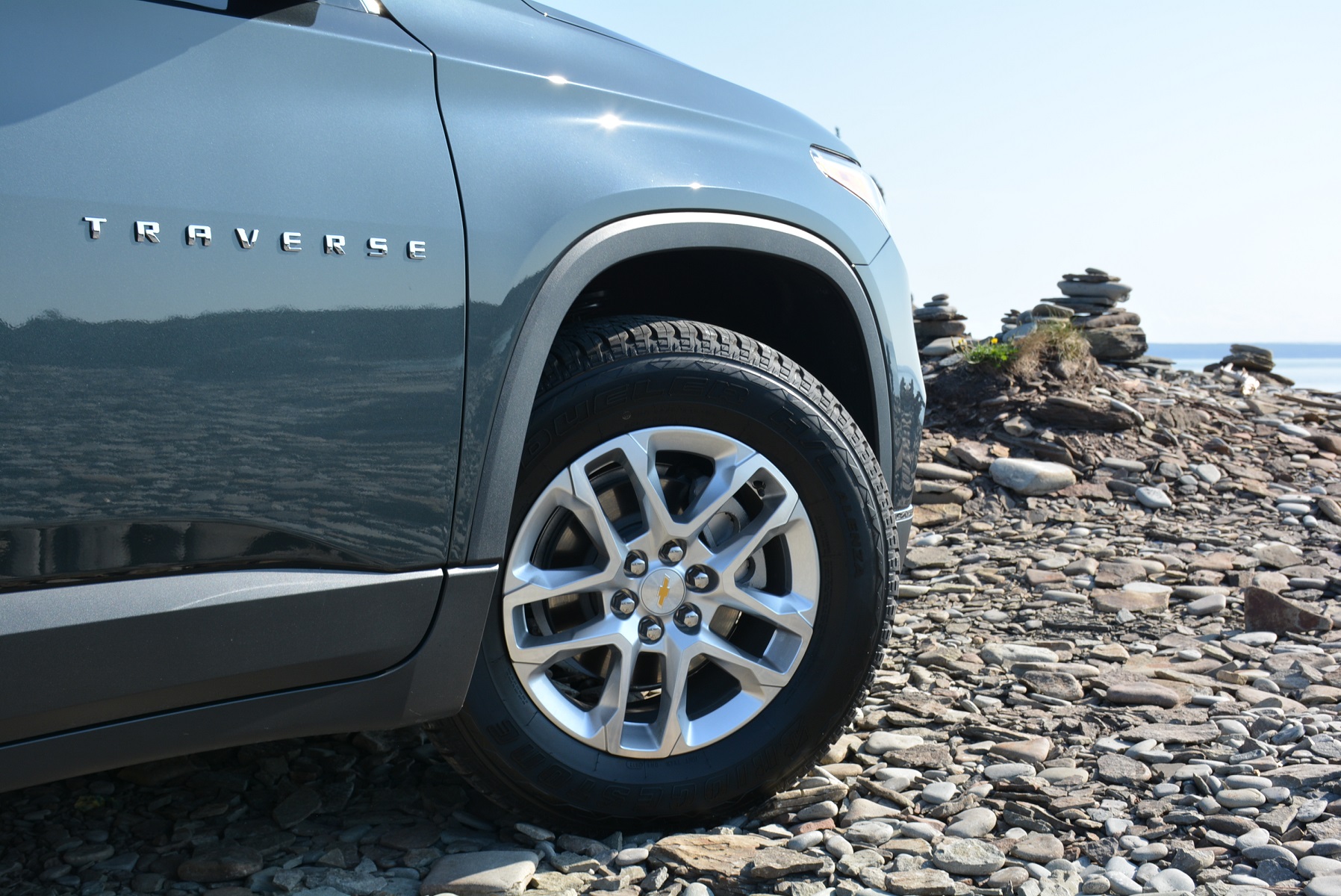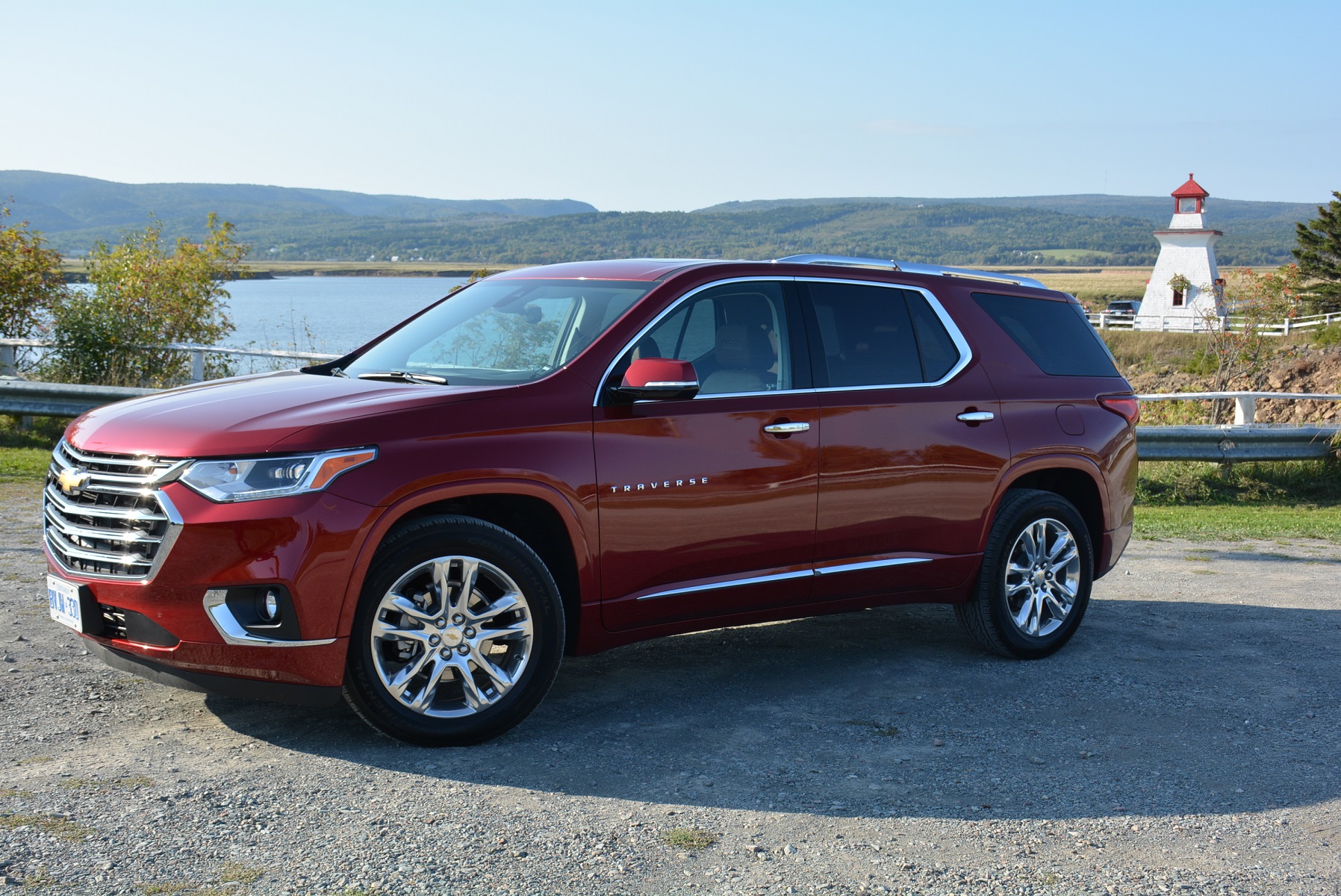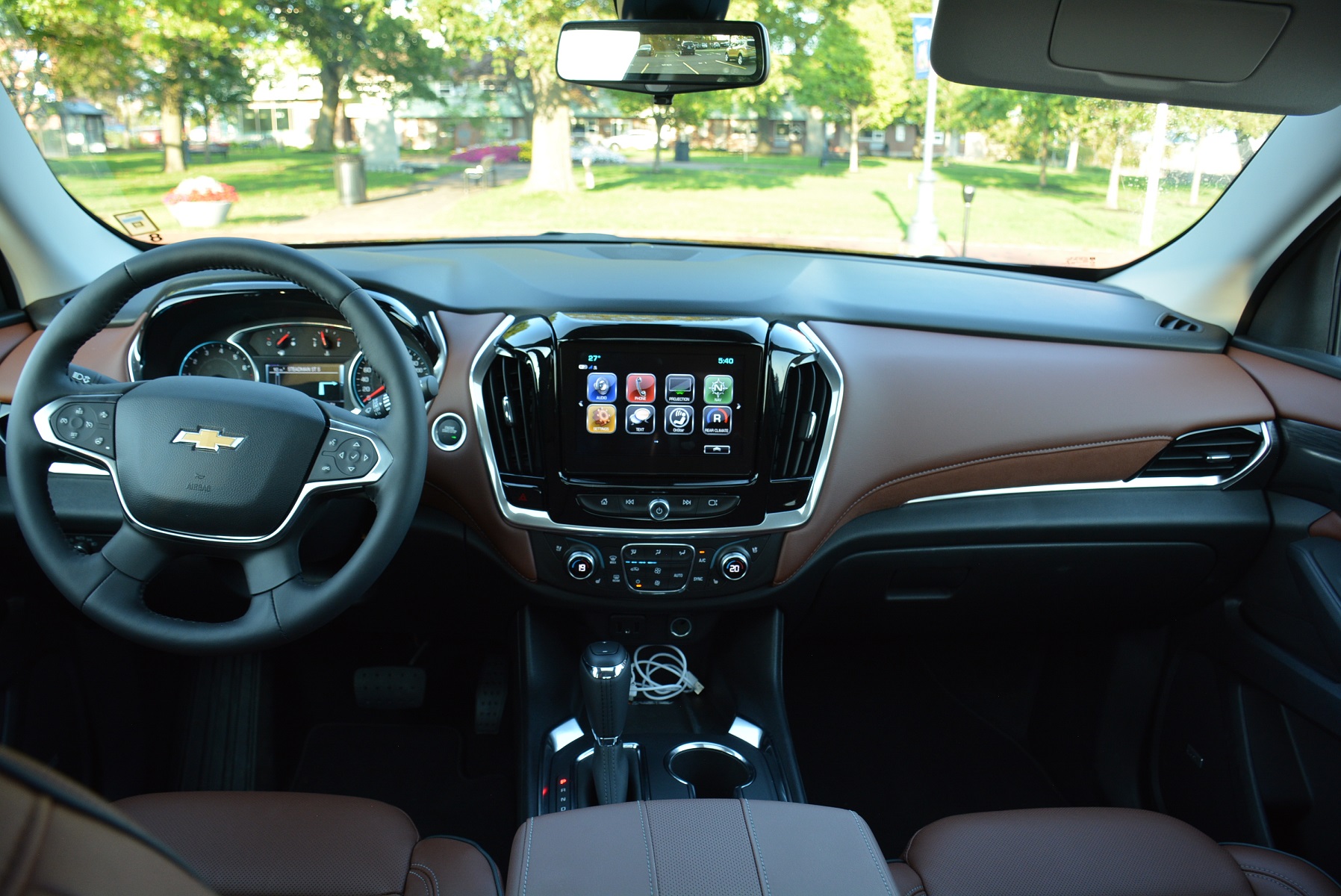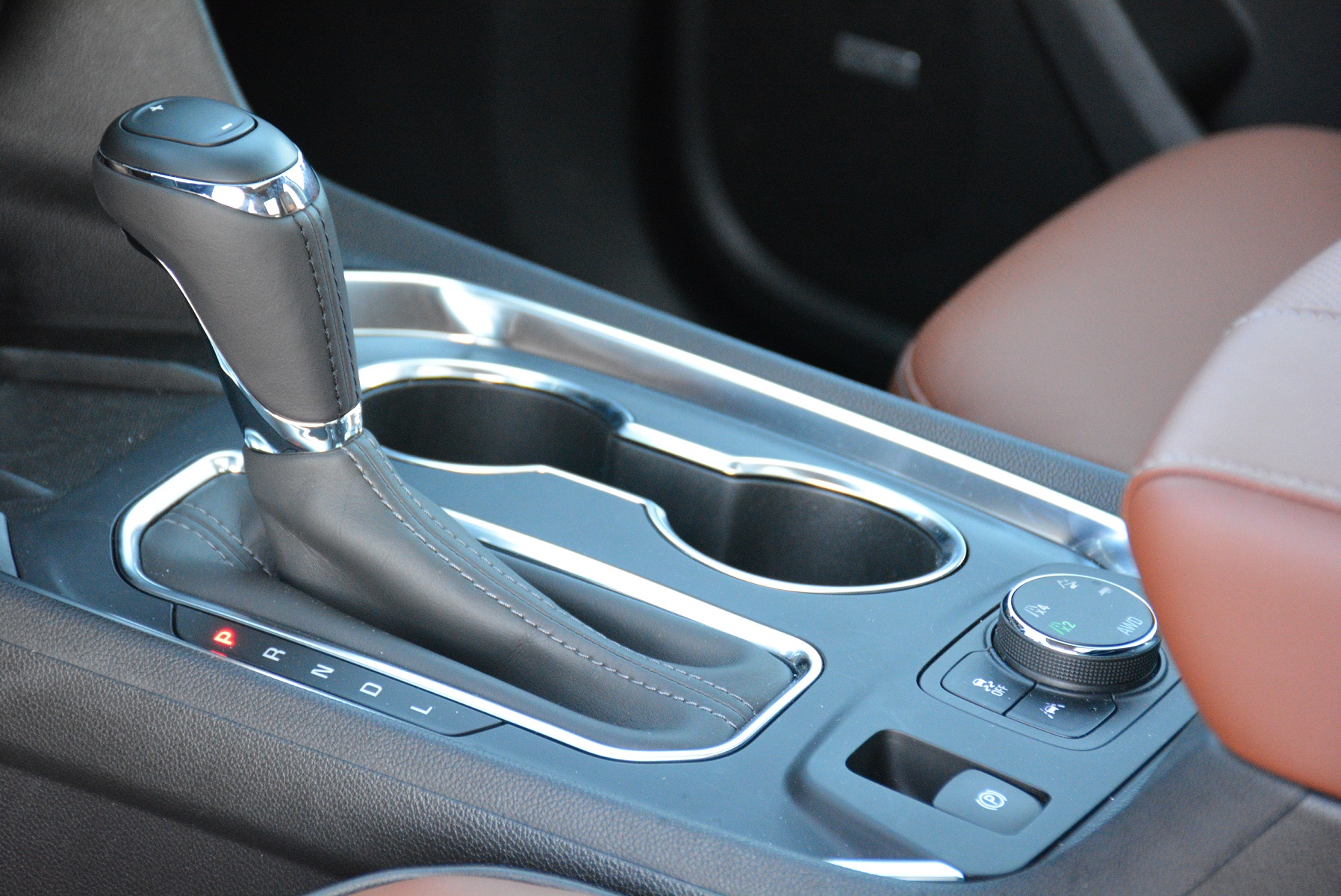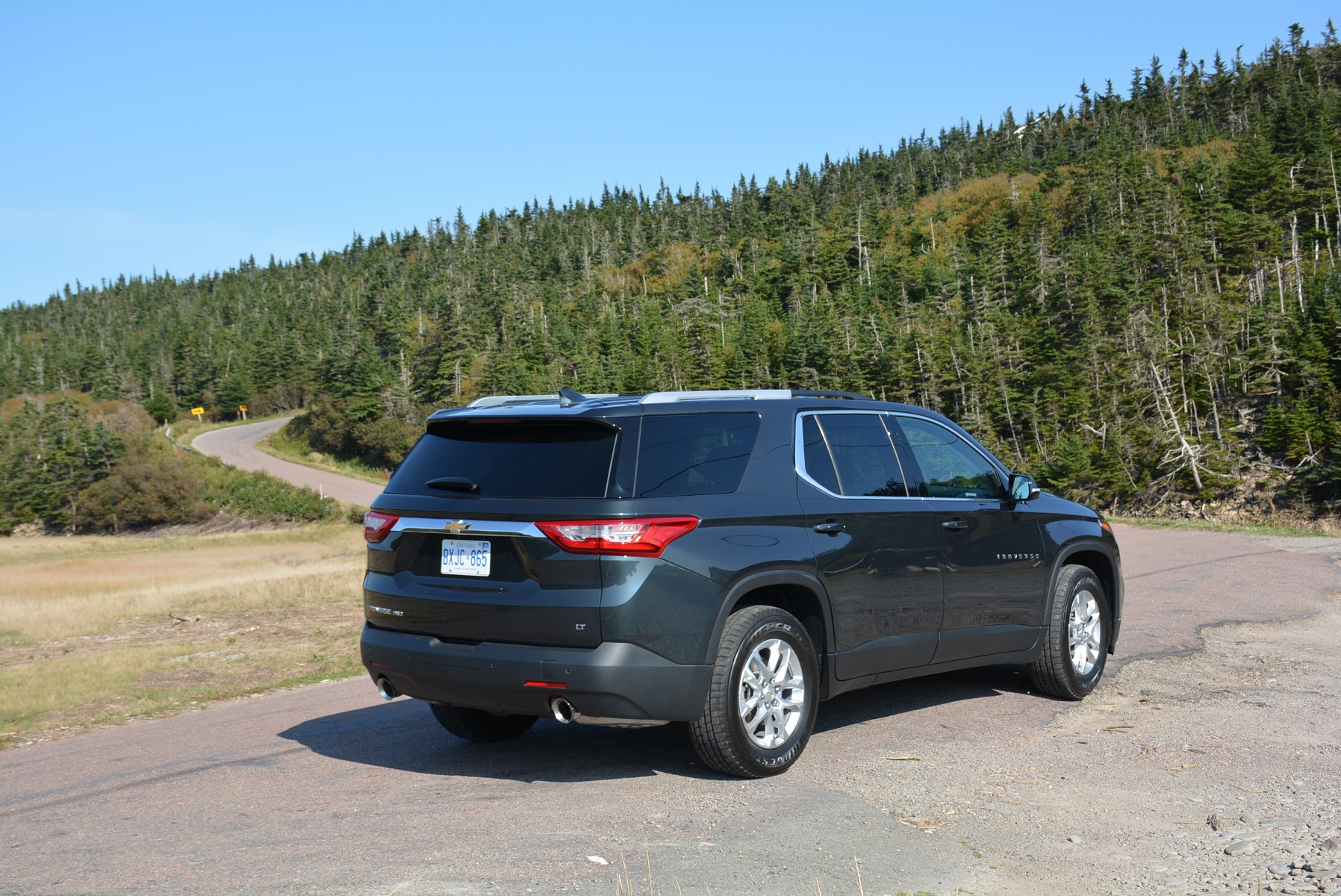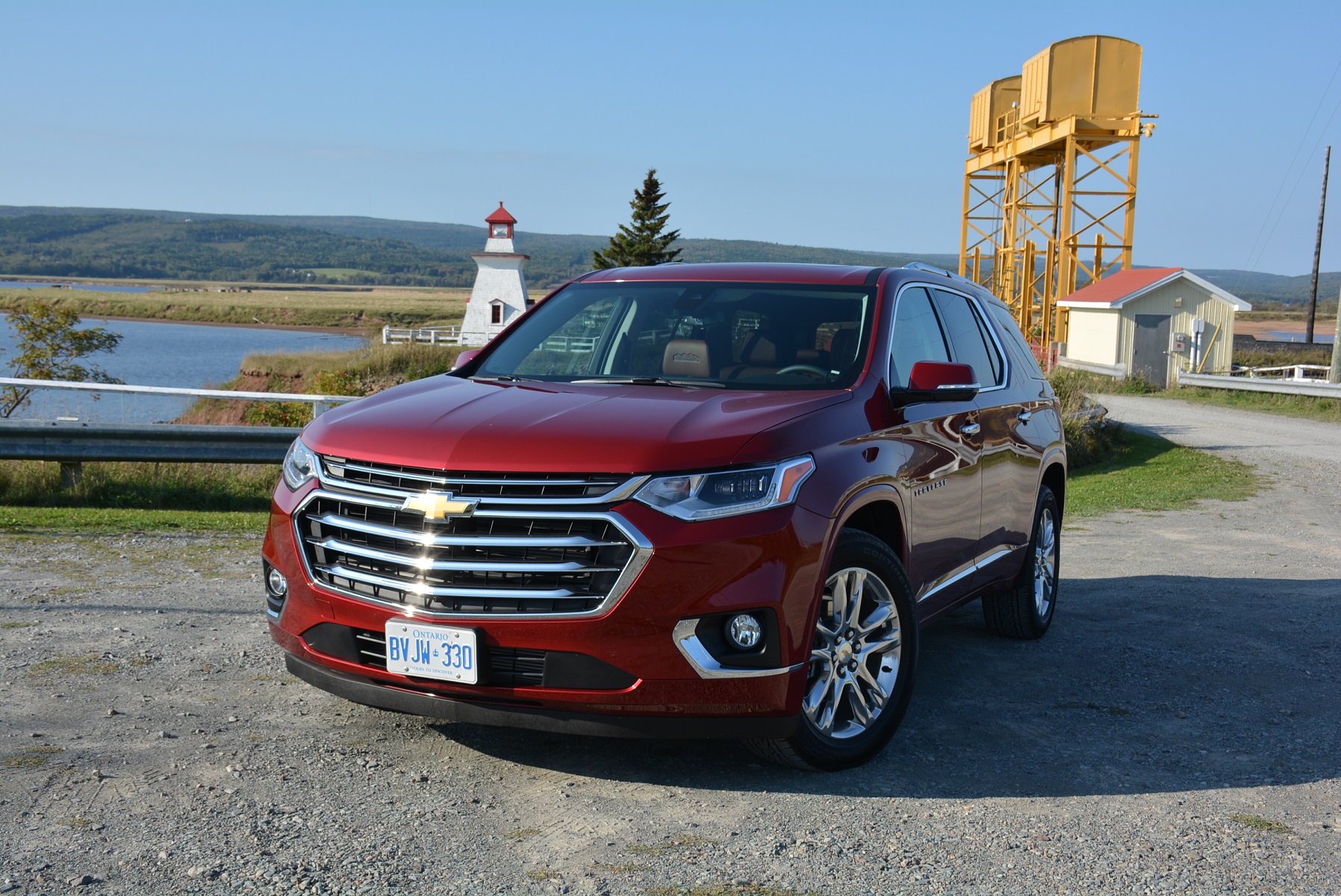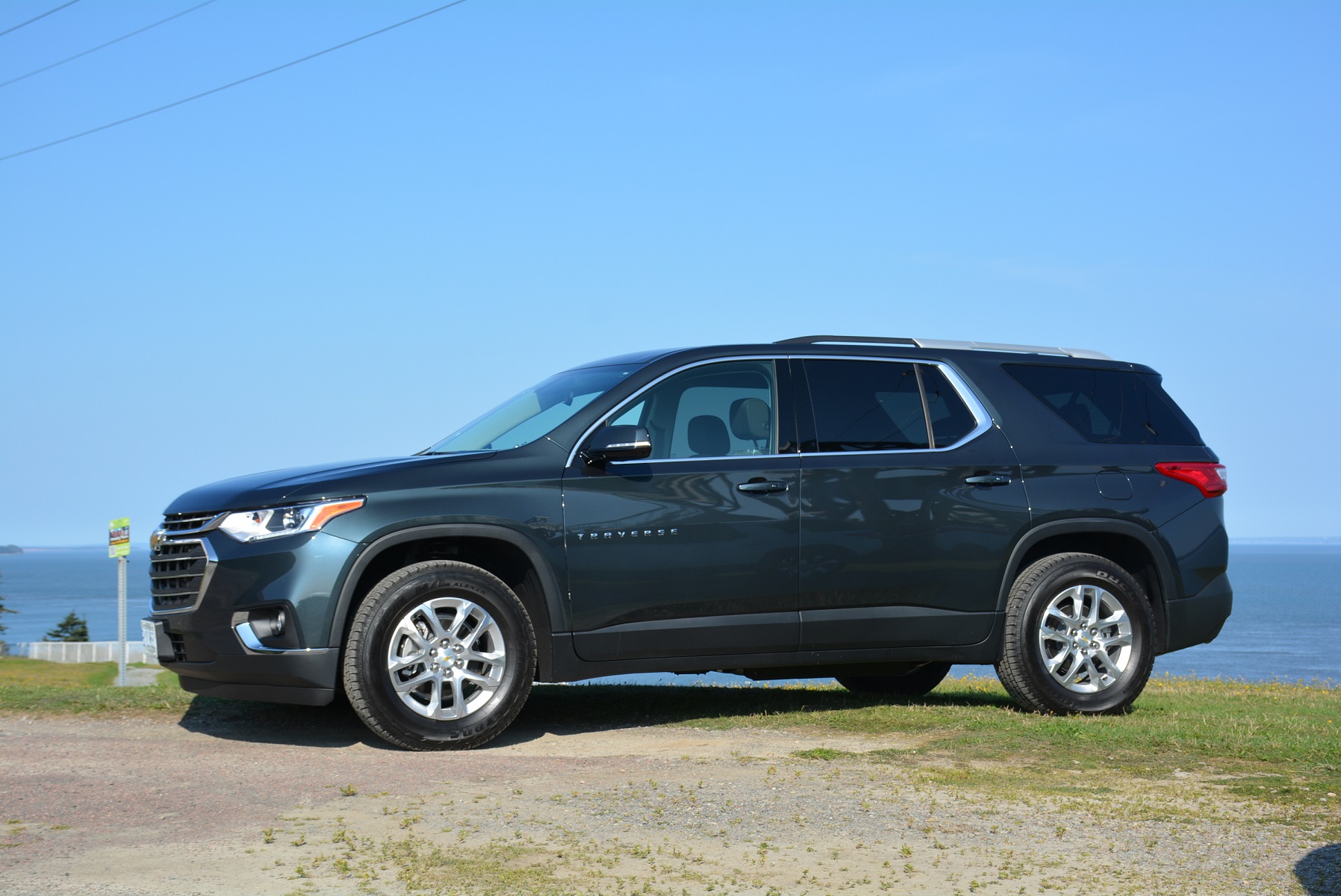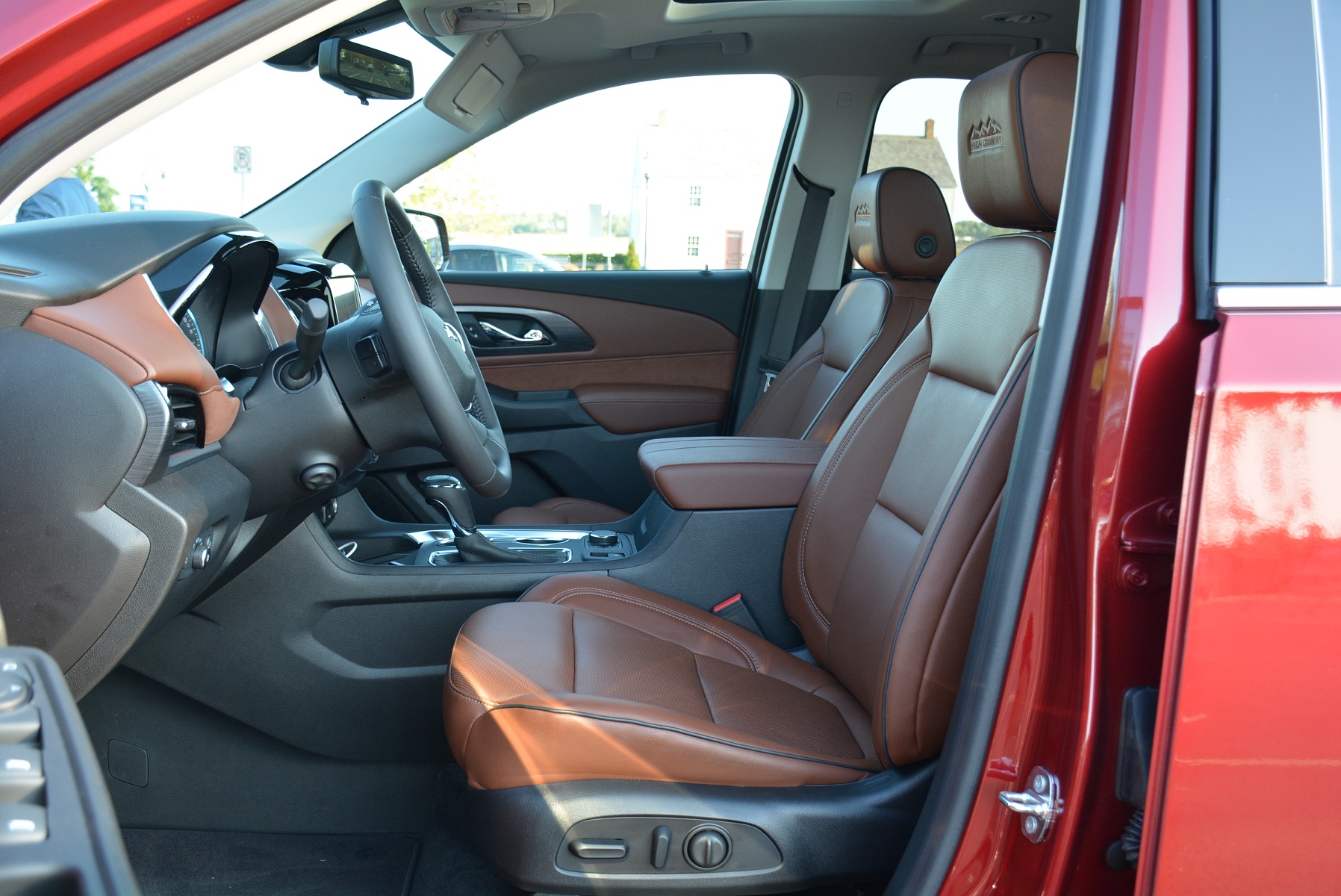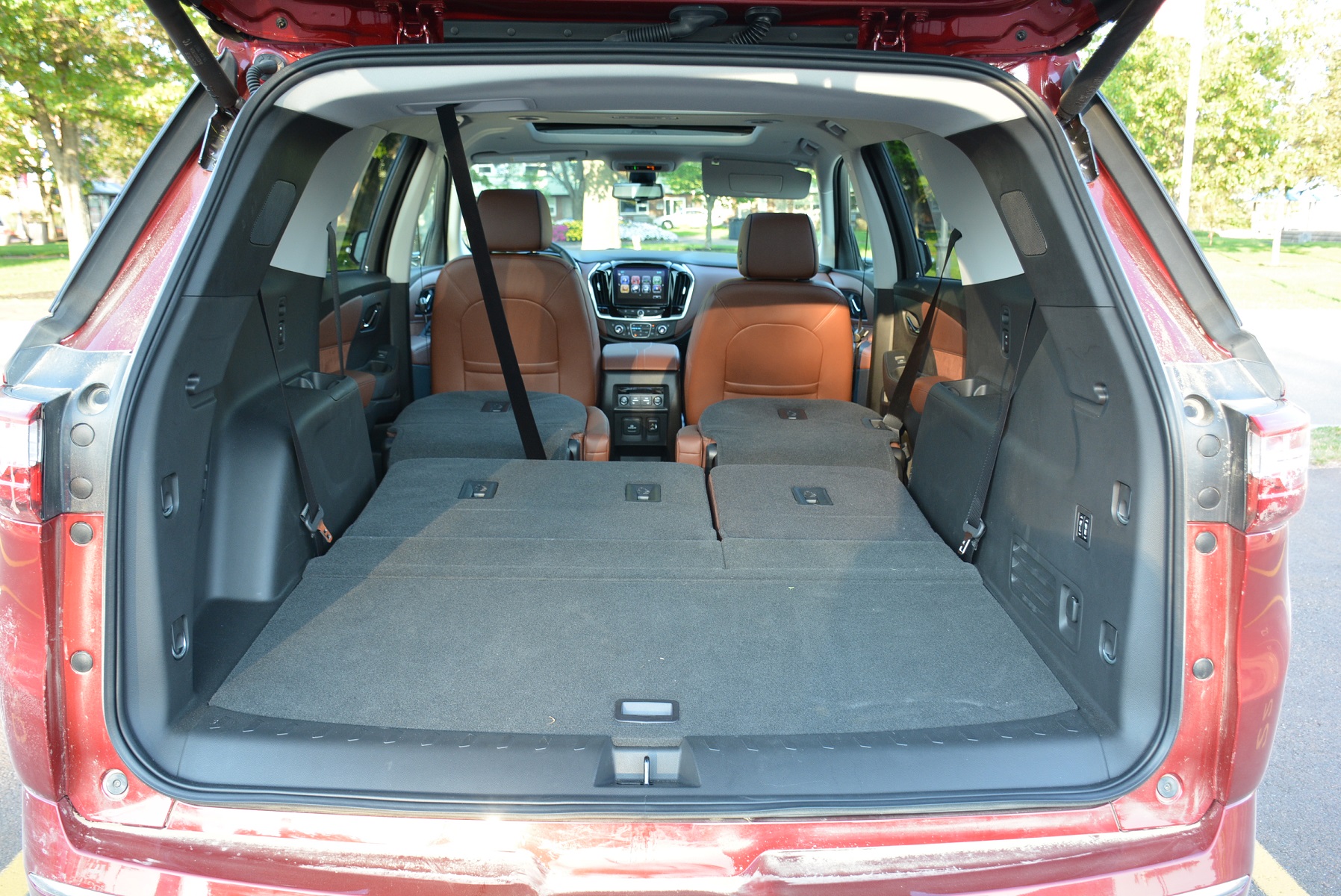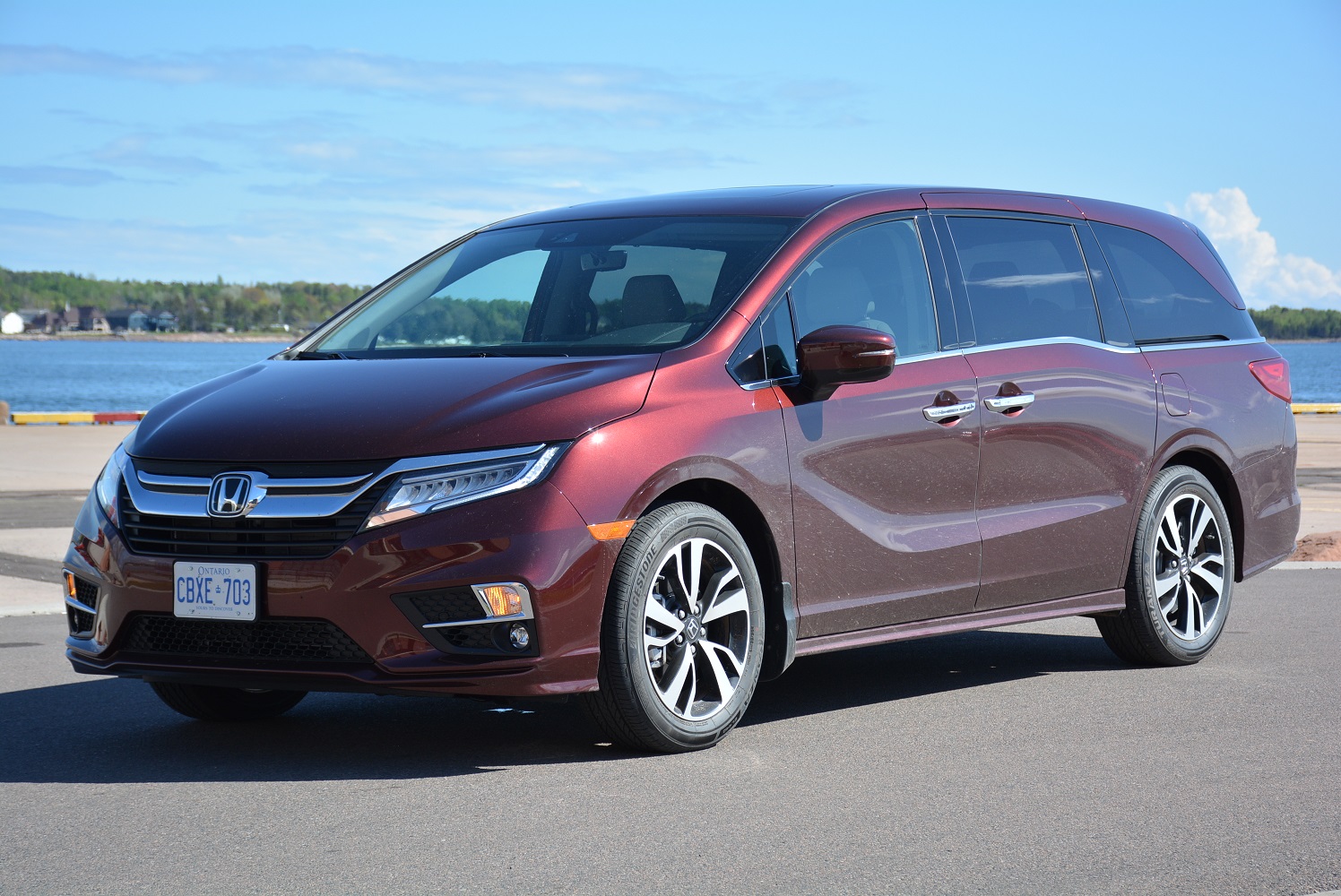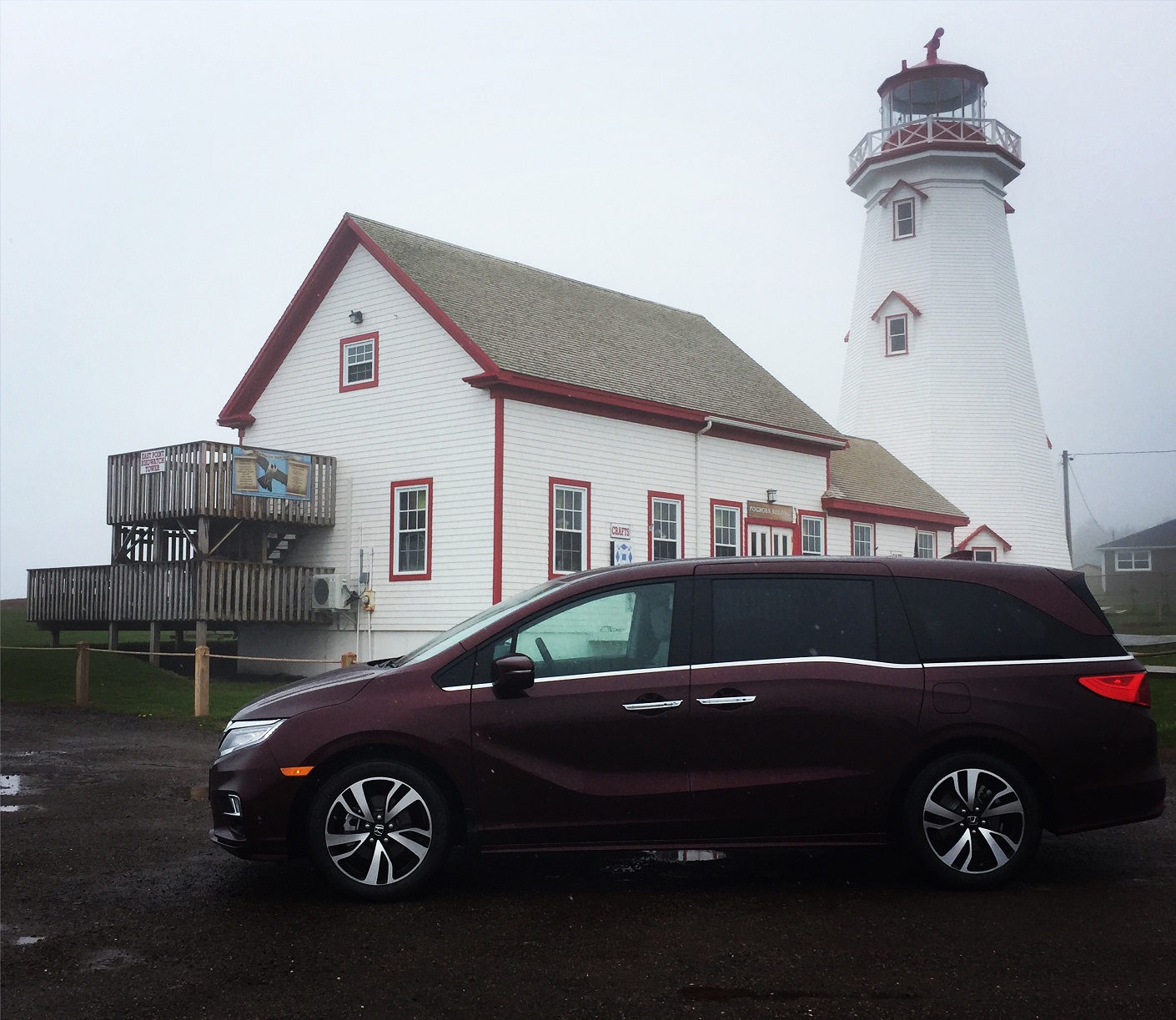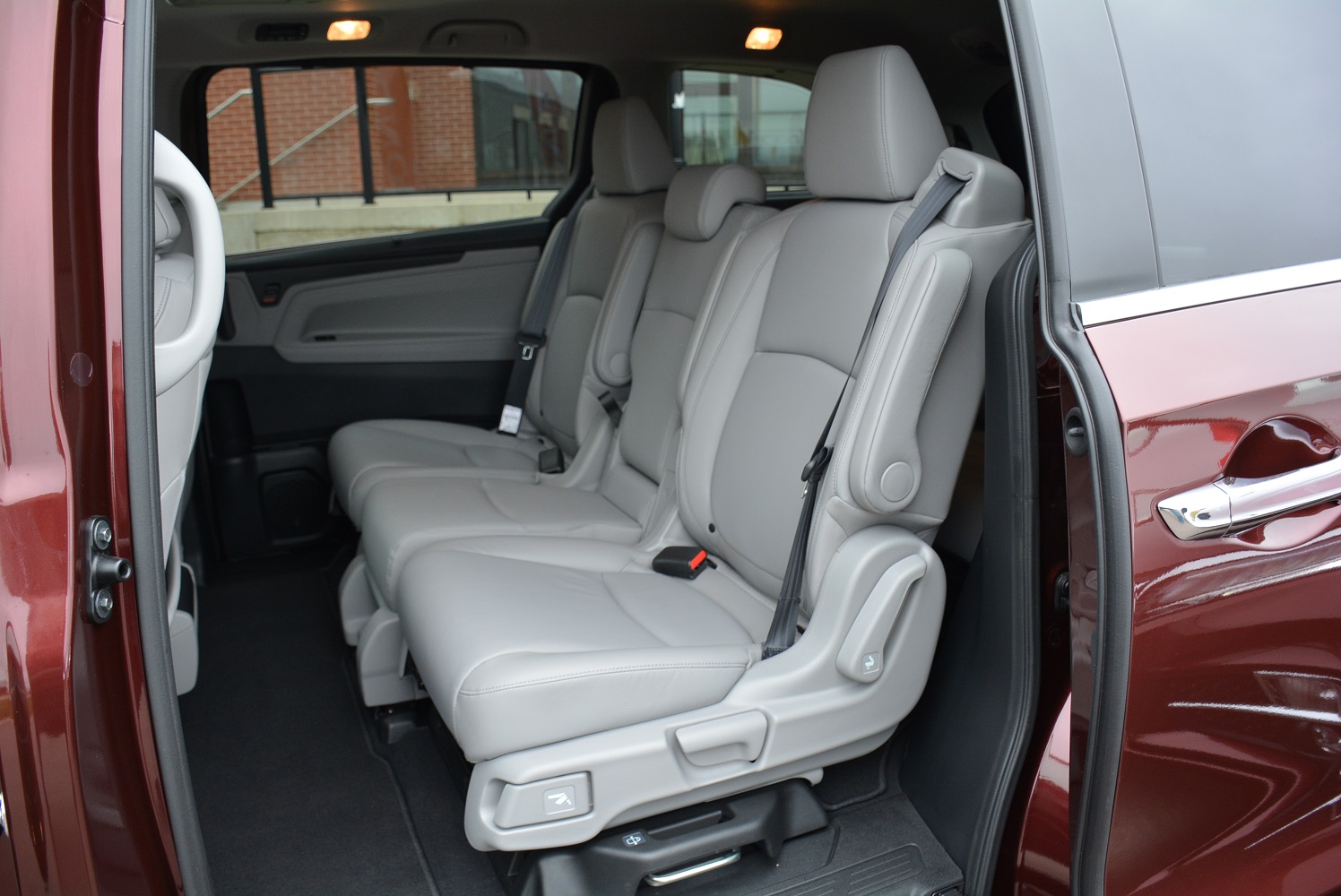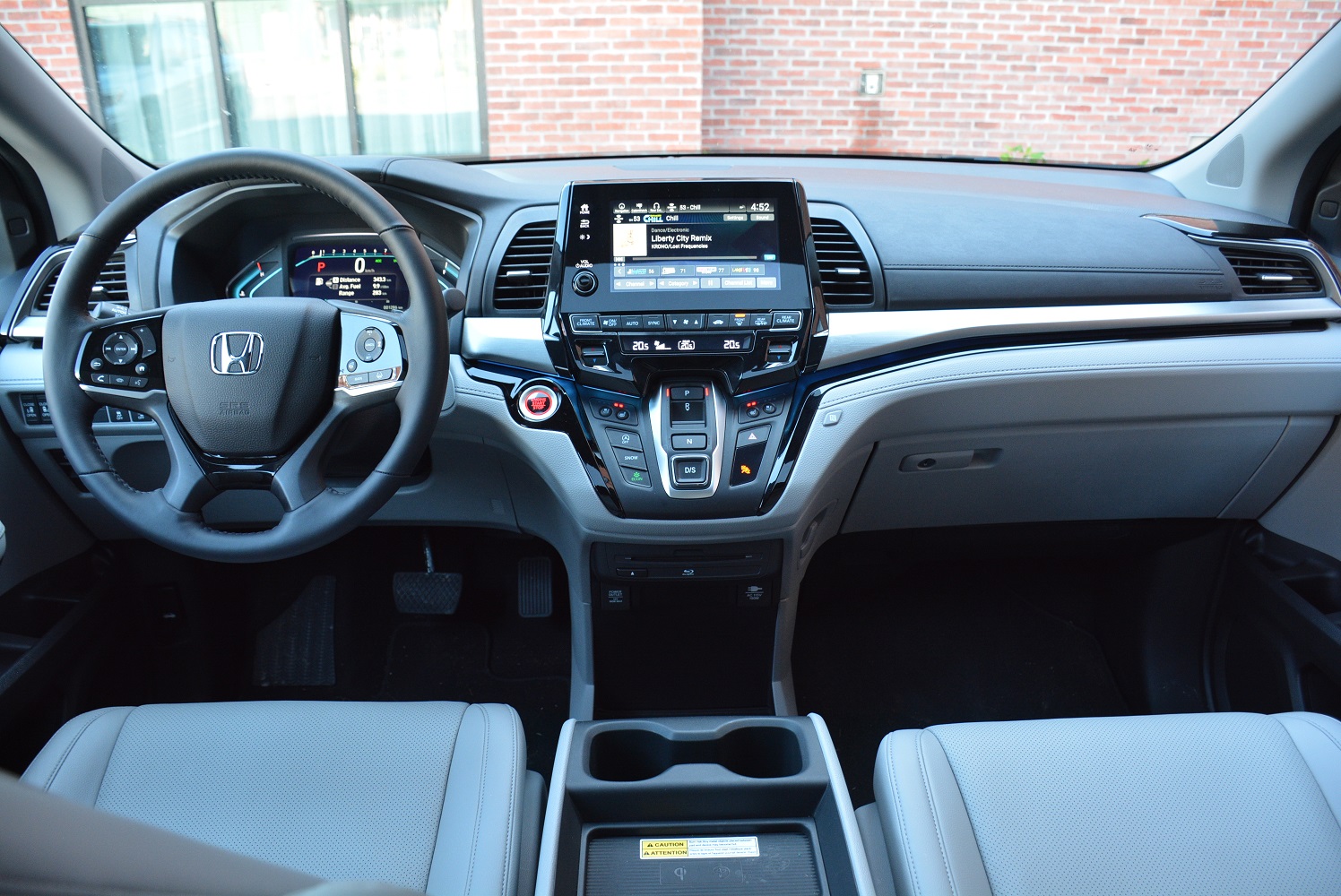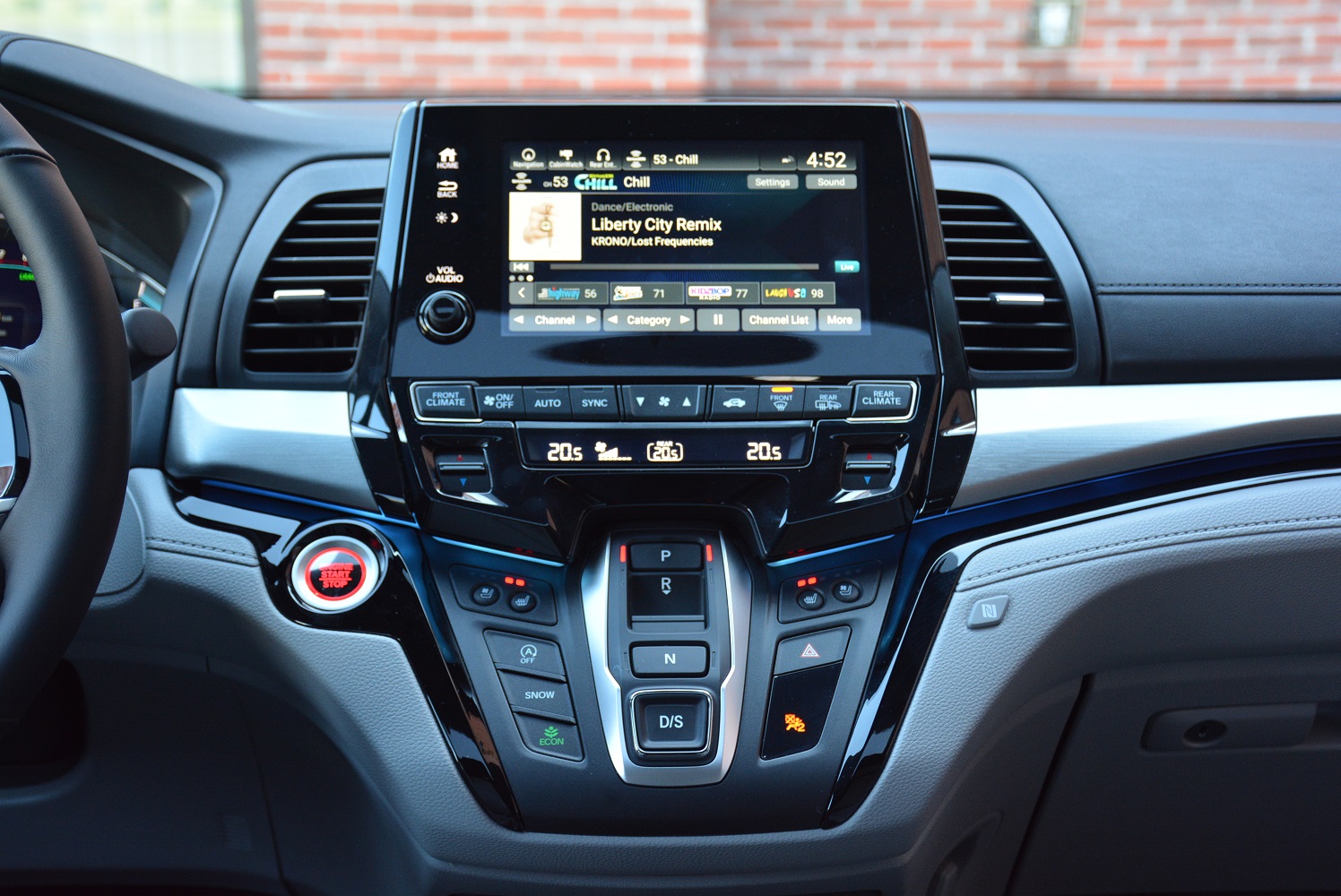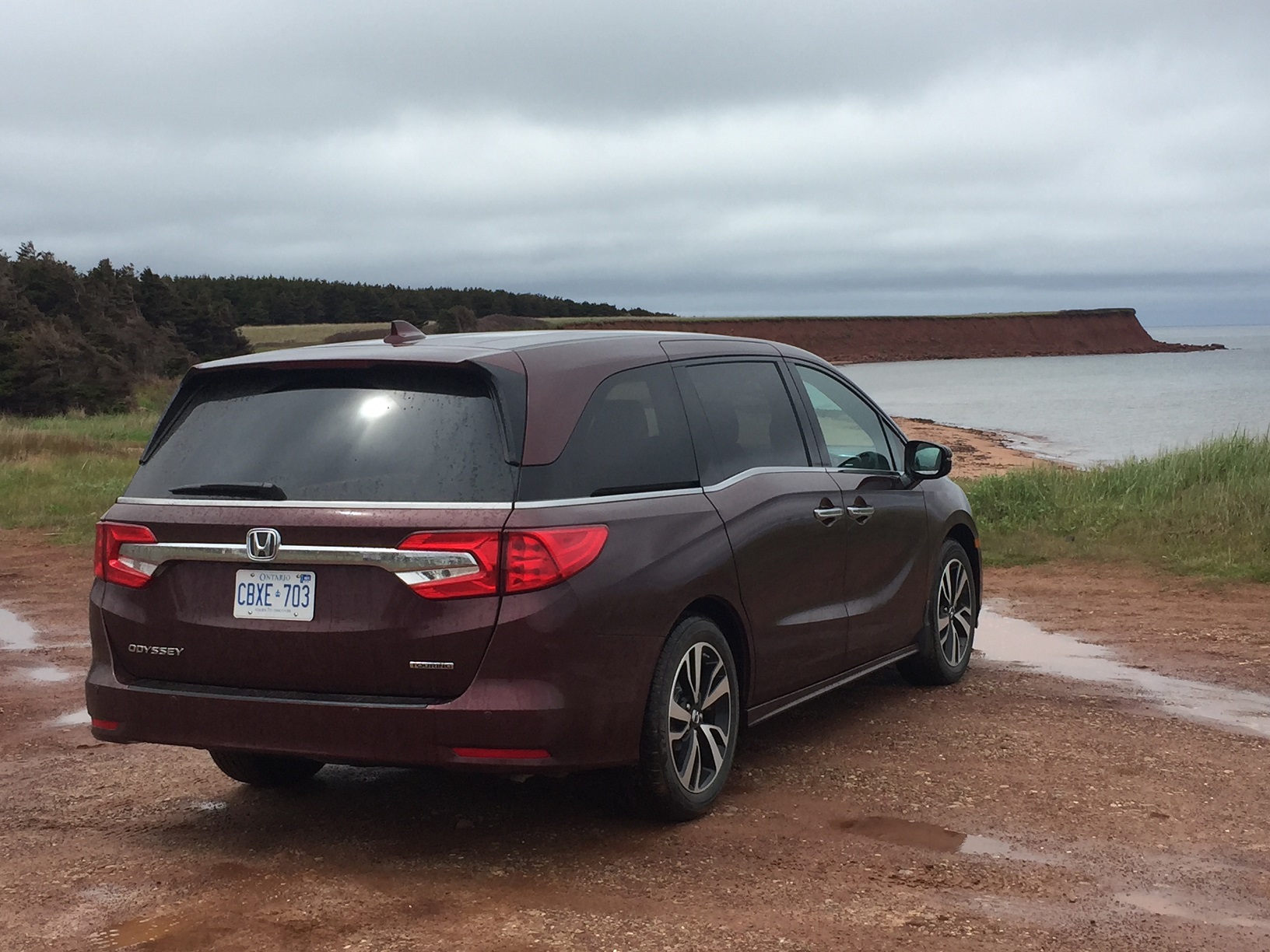Test Drive – 2018 BMW 640i xDrive GT
To clear any confusion about the new BMW nomenclature, the BMW 640i Gran Turismo (GT) was part of the previous 5-Series that has now moved up a number as part of the 6-Series variant offerings. The hatchback GT is actually the cheapest of the 6-Series units starting at $76,700 below the Gran Coupé, Coupé and Cabriolet.
Now that we got that out of the way, the question remains, whether the German luxury brand really needs a hatchback? As of April 2018, Canadian 6-Series sales sit at 138 units sold, a 22 percent increase from 2017, but how many of those units are GTs? If we do a 25 percent split between the four 6-Series offerings (which we know is not the case), we're potentially looking at a measly 34.5 units each.
When does it all become too much? Has BMW already passed that point?
We aim to figure that out by testing the values of the 2018 640i xDrive GT.
Well-crafted appearance
Regardless of whether one thinks BMW needs a hatchback at this price tag or not, the 640i GT has all the right curves in all the right places. But most importantly, it's a more practical offering than a coupe or convertible. Practical may not be the first thing a luxury variant buyer has in mind, but at least the option is being made available by BMW.
The GT is one of those vehicles that looks completely different depending on what angle you're checking it out from. When starting at it from the front, it's like any BMW featuring its signature active kidney grille, bold adaptive full LED headlights, as well as striking air curtains and air breathers. From its side, a sleek and sloping roofline is showcased with 19-inch wheels; while its rear presents an edgy hatchback finish thanks to its extended trunk lid and active rear spoiler that extends at 120 km/h.
The practical side of the GT is found on the inside with plenty of space for four adults to sit comfortably. The soft leather throughout adds that premium touch that complements its comfortable 16-way adjustable leather seating with lumbar support and heated leather-wrapped steering wheel. The horizontal spaciousness of the cockpit is refreshing, but the rest of its look is rather blocky and in need of a more modern refresher.
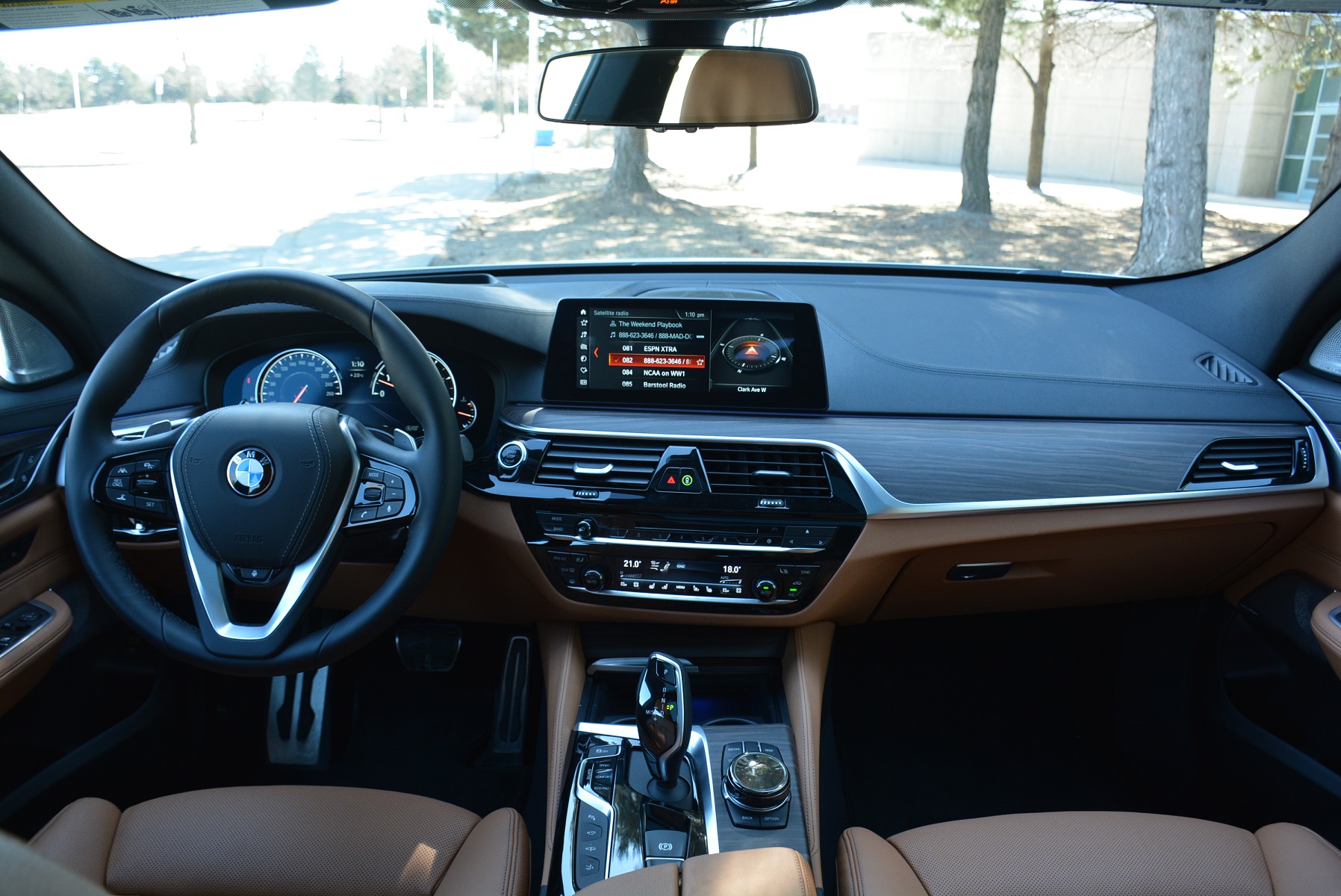
Ample rear legroom and some extra height separates the GT from the rest of the 6-Series. Back seat passengers can enjoy the space it provides with three full-size seats and rear sunshades as part of the premium package, but if they're looking for a bit of the high life, optional electrically adjustable comfort seats can adjust the backrest angle. That spaciousness continues in the cargo department that features 1,800 litres when the second row is folded down and 610 litres in the trunk for a family of four to travel without luggage constraints.
Technologies are abundant in the GT starting with its all-new 6.0 iDrive technology system. This can be controlled by a scroll to the right of the gear shift, which can be easy to navigate, but annoying at the same time due to the plethora of sub-menus. With the need for instant information, the BMW scroller seems to lag behind others, and that's why voice control and a gesture control system have been implemented to pacify those with less patience. Additional safety technologies can be found in its Advanced Driver Assistance Package that can be had for an extra $1,500 that includes Adaptive Cruise Control with Stop and Go, Steering and Lane Control, Driving Assistant Plus, Evasion Assist, Front Cross Traffic Alert and Lane Keep Assistant.
The GT doesn't lack power
The one thing you can count on with a BMW is plenty of power and the 6-Series GT doesn't disappoint. Under the hood is a turbocharged, 3.0-litre inline-six engine that produces 335 hp and 332 lb-ft of torque through an eight-speed Steptronic Sport automatic transmission with paddle shifters. BMW's xDrive is standard providing that all-wheel drive balance that many Canadians crave.
Most hatchbacks come off as fun-to-drive purchases and this particular 640i ups the ante with an extra Dynamic Handling package for an additional $4,900 that includes active roll stabilization, integral active steering and two-axle air suspension that has height-adjustable air springs and dampers. With all of that combined, the GT is able to swing around corners in a smooth, but brisk fashion. Its steering wheel may be thick and weighted, but at least its precise, agile and responsive towards driver inputs.
The best part about the 6-Series GT is you don't feel its size when travelling or parking, as opposed to its much larger 7-Series sibling that leads to a sporty or smooth ride, depending on what drive mode its in (Comfort, Sport, Sport-plus, or Eco). Regardless the drive mode, the hatch takes on a more quiet and relaxing approach without throttle noise. Fuel economy can be improved on with an unexceptional 12.7 L/100 km in mostly city driving.
Summary
The 2018 BMW 640i xDrive GT is a nice addition to have for those consumers looking for a combination of sportiness and practicality. Offering so many choices can be confusing and may not make much business sense, but if the German brand wants to do it, there's no reason to complain, but rather enjoy the options.
For what it is, it's a luxury hatchback that provides a fun and agile ride with a little more curvature than the 5-Series sedan. If you're looking for something different and don't want to pay six figures for the coupes and convertibles, the 640i GT might do the trick. In the end, Canadians do love their hatchbacks. 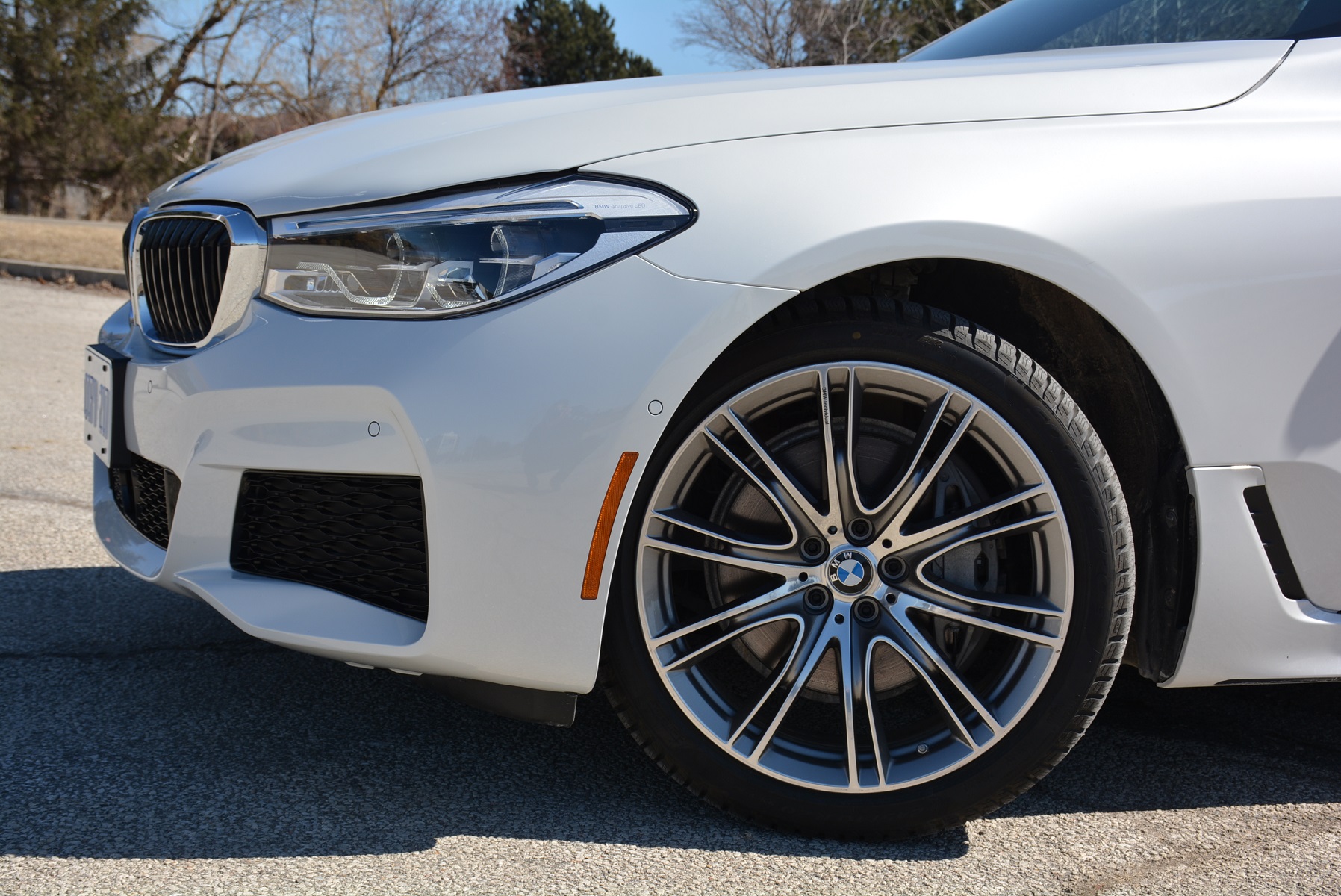
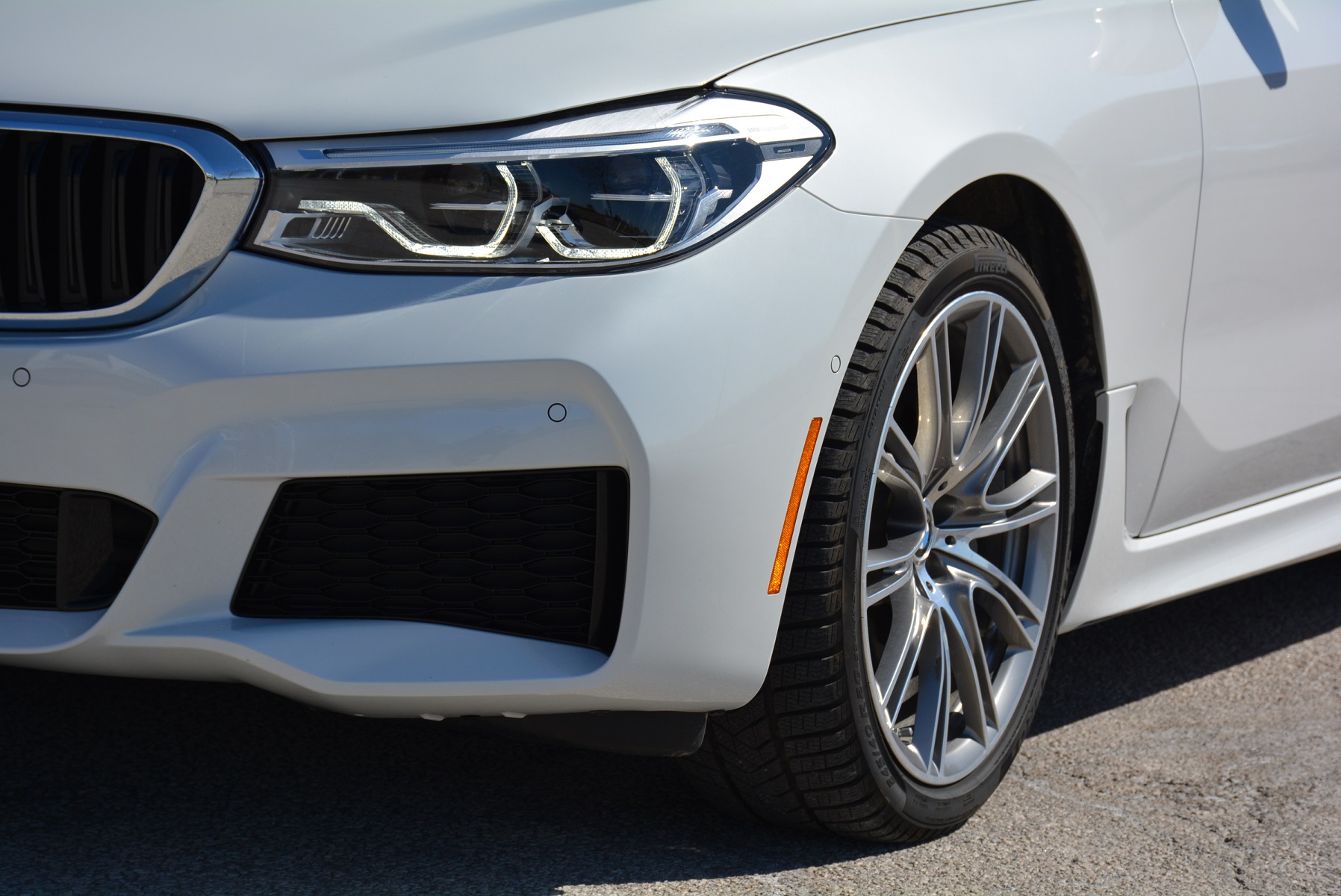
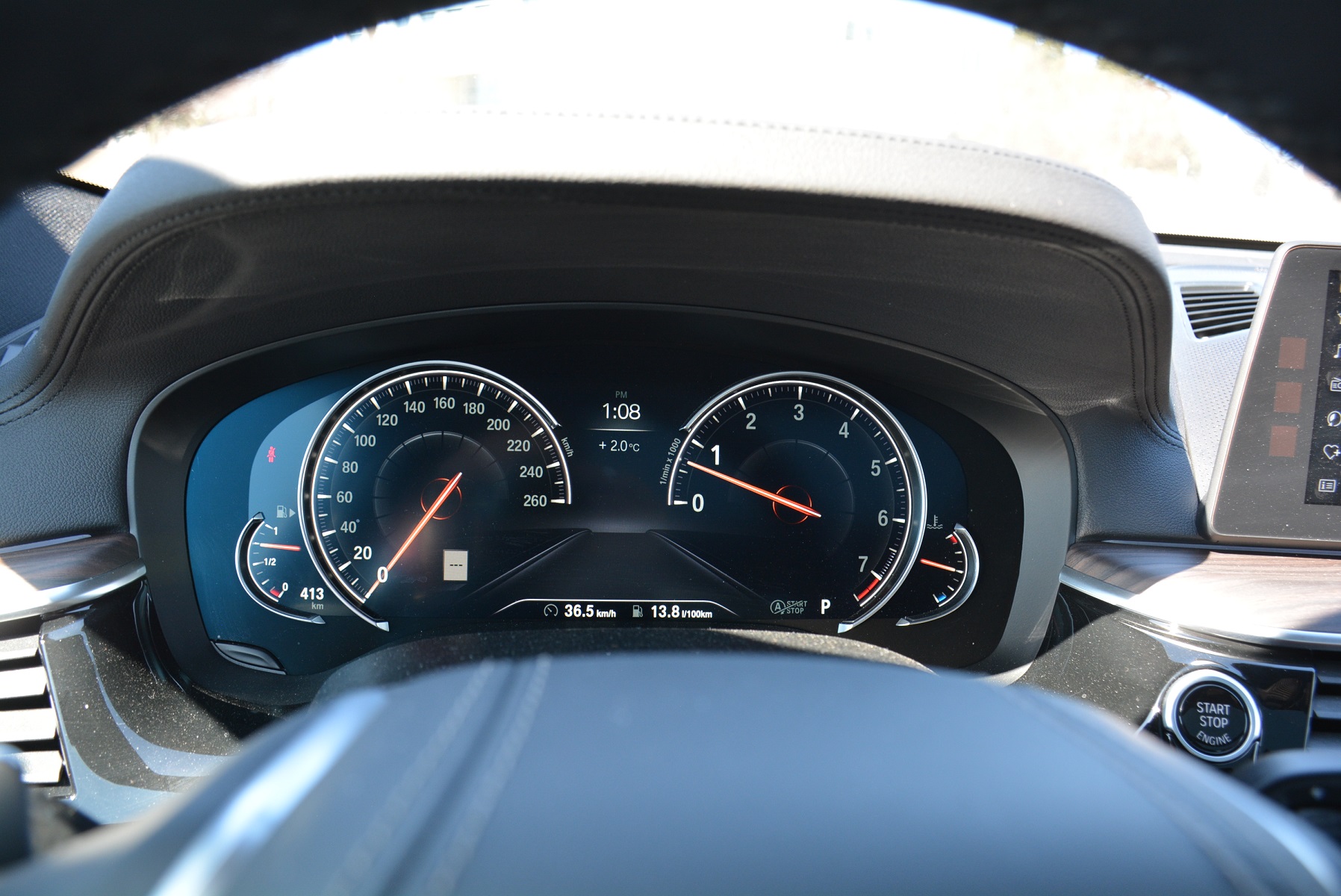
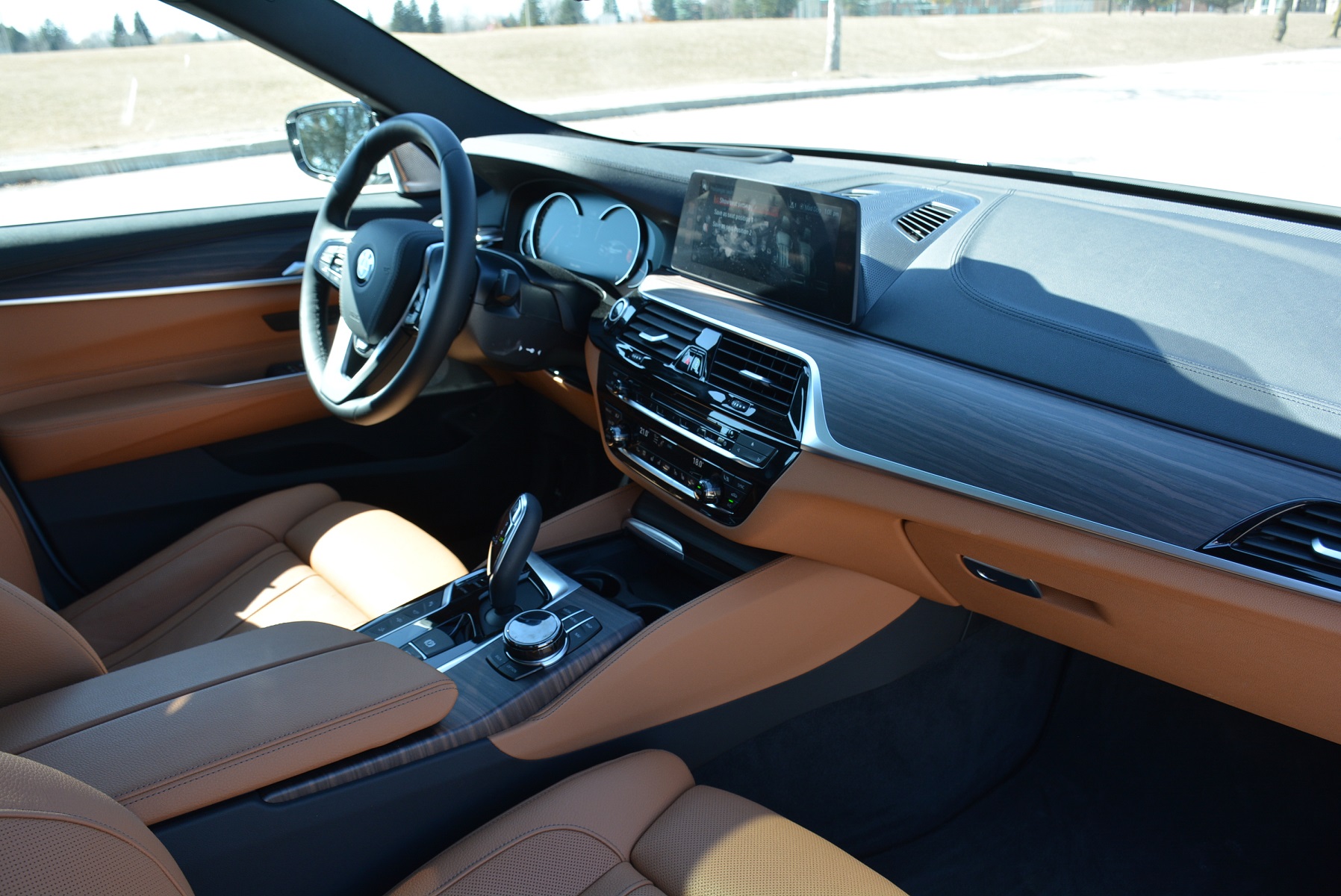
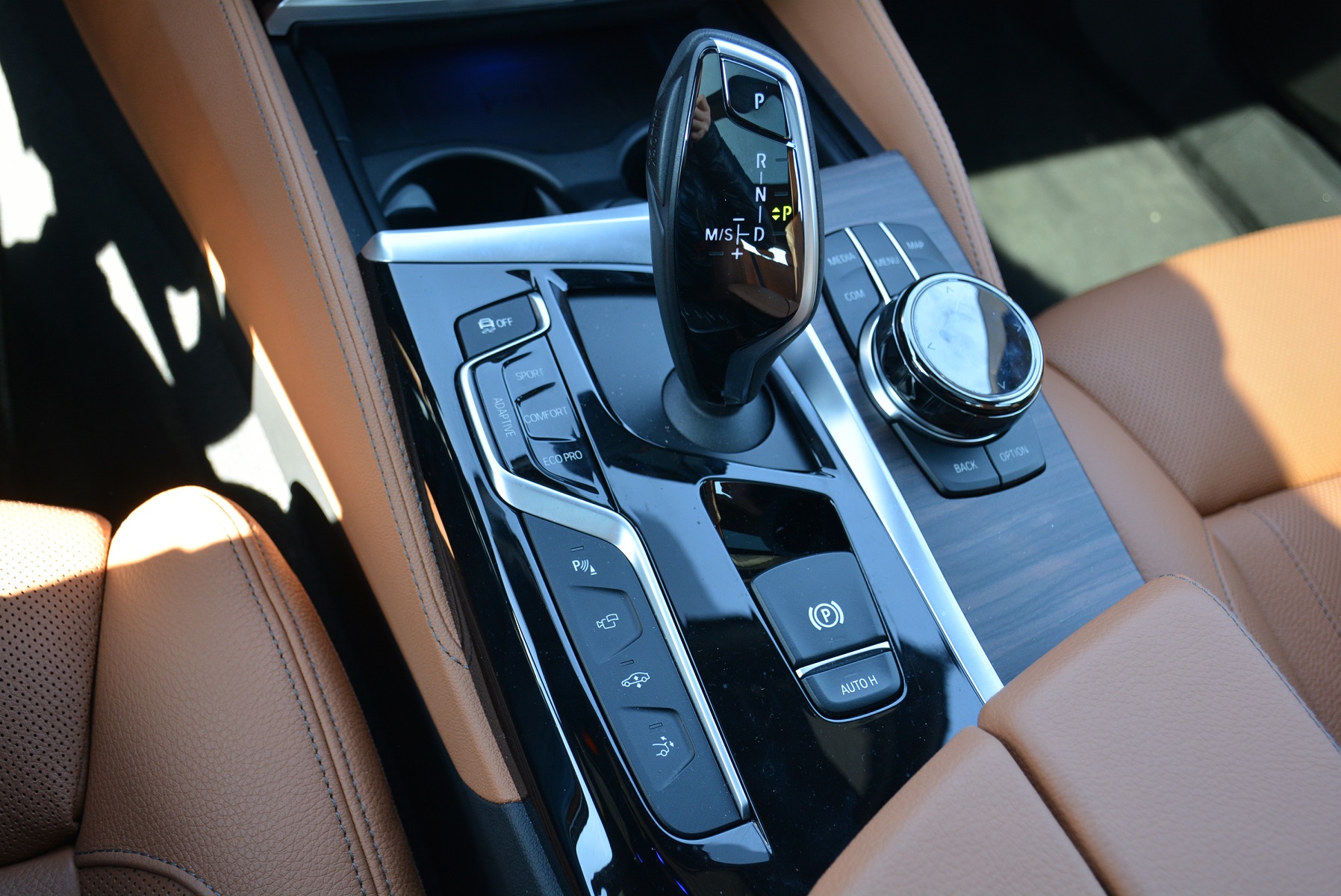
- Published in CAR REVIEWS

